Circling Central Europe
In late August, after nearly five weeks road tripping around the Balkans, we boarded a train—like true European backpackers—bound for Budapest, Hungary, from Zagreb, Croatia (yes, we had once again returned to this hub of a country; this time, its capital city for a brief overnight stint). For the next two weeks, we would explore the historic cities, quaint villages and sprawling countryside of the former Austro-Hungarian Empire. And where better to start our journey than the “Pearl of the Danube,” the region's former co-capital that is world-renowned for being uniquely itself.
Taking in Both Sides of Budapest
During the late 1870s, the city of Budapest was formed by combining the villages of Buda, located west of the Danube, and Pest, the more urban district east of the river. And while there are impressive landmarks and architectural feats to be seen on both sides of Europe’s second-longest river, we also enjoyed some local living during our long weekend here, staying in the city’s more residential IX District, checking out the many boutiques and cafes of the hip Rumbach neighborhood, and even getting our hair cut at Black Sheep Barber Co., a new shop on the far reaches of the inner city. We ate our bodyweight in Middle Eastern imports, such as falafel and hummus, and strolled the beautiful, sunny streets of Budapest, amazed at the details and flourishes of each timeworn building we passed. However, none were as extraordinary as the stately and imposing Hungarian Parliament Building—we took a stroll down Pest’s pretty Riverwalk one evening to see the country’s largest and tallest building all lit up, only to pass it on the Buda side the next morning, wondering how a structure of its size can seemingly change color, shape and dimension overnight.

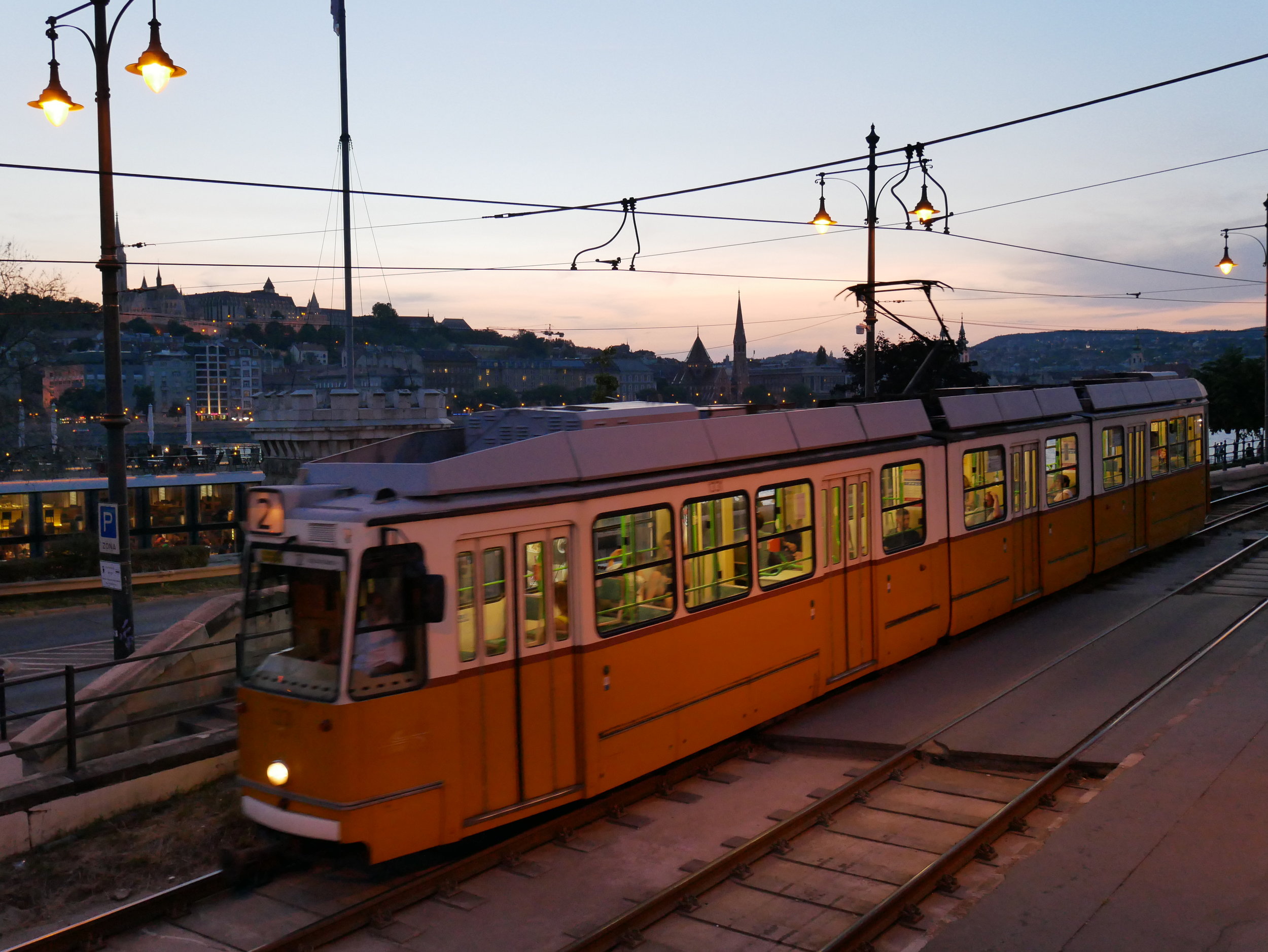
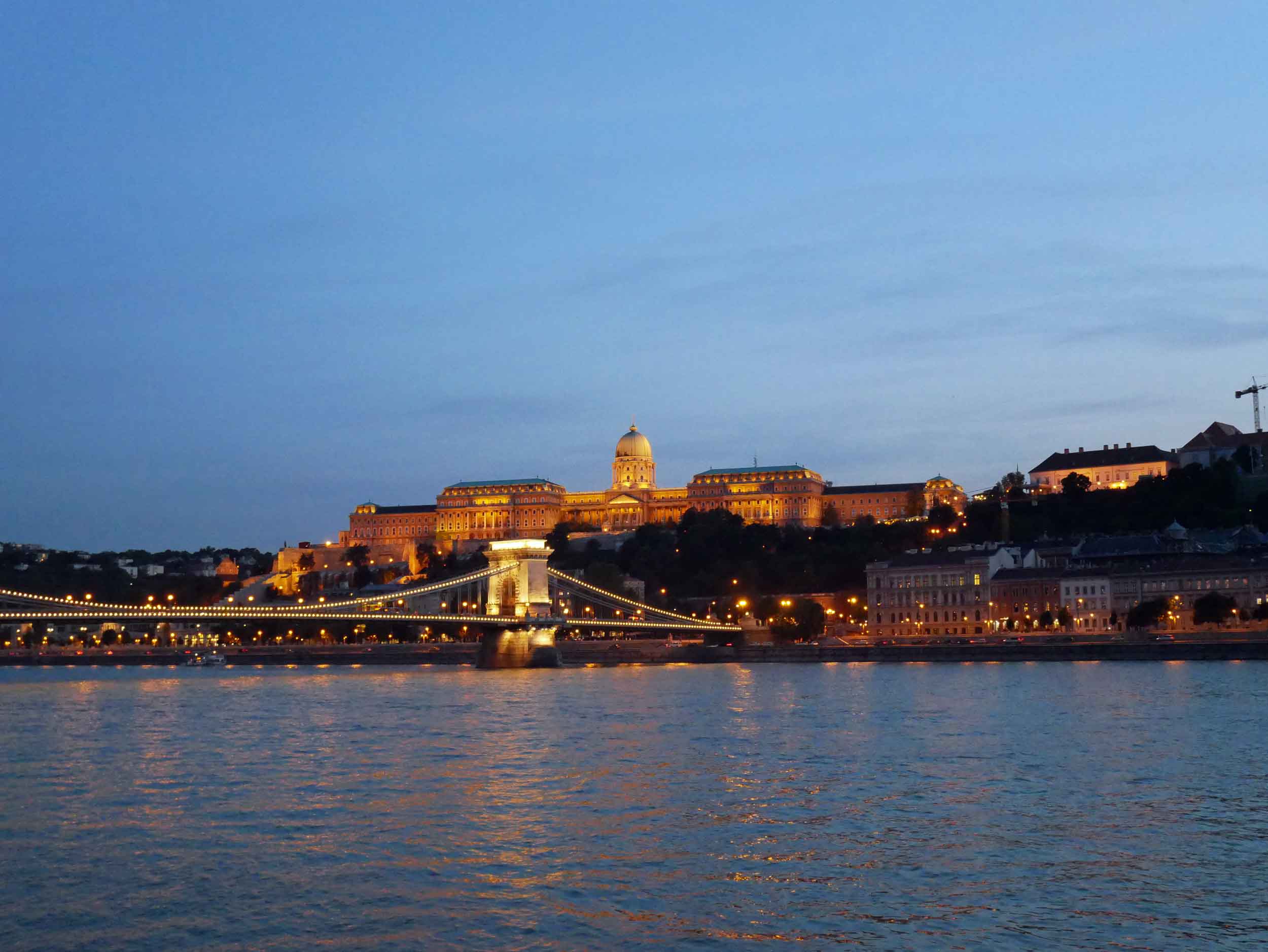
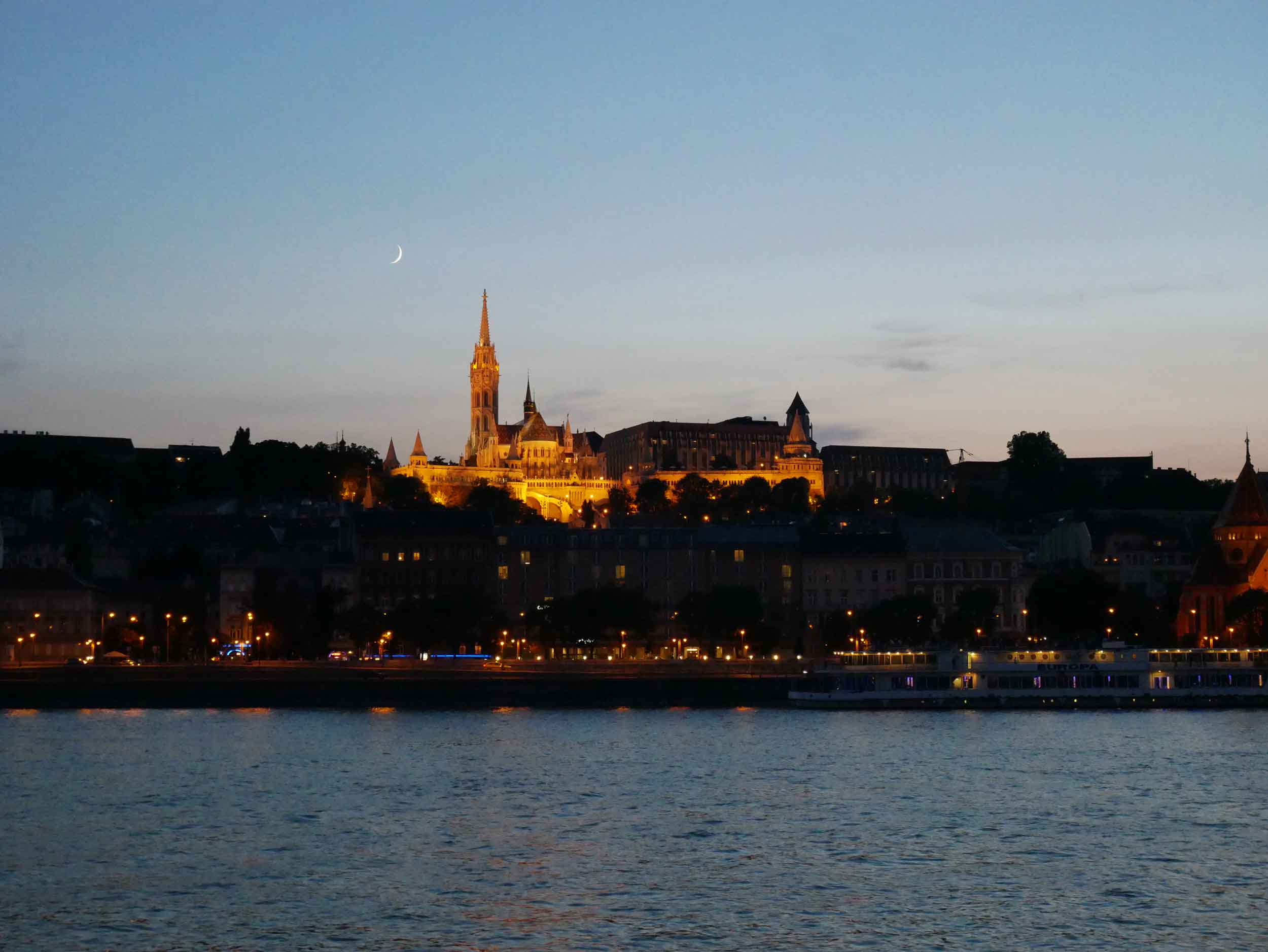
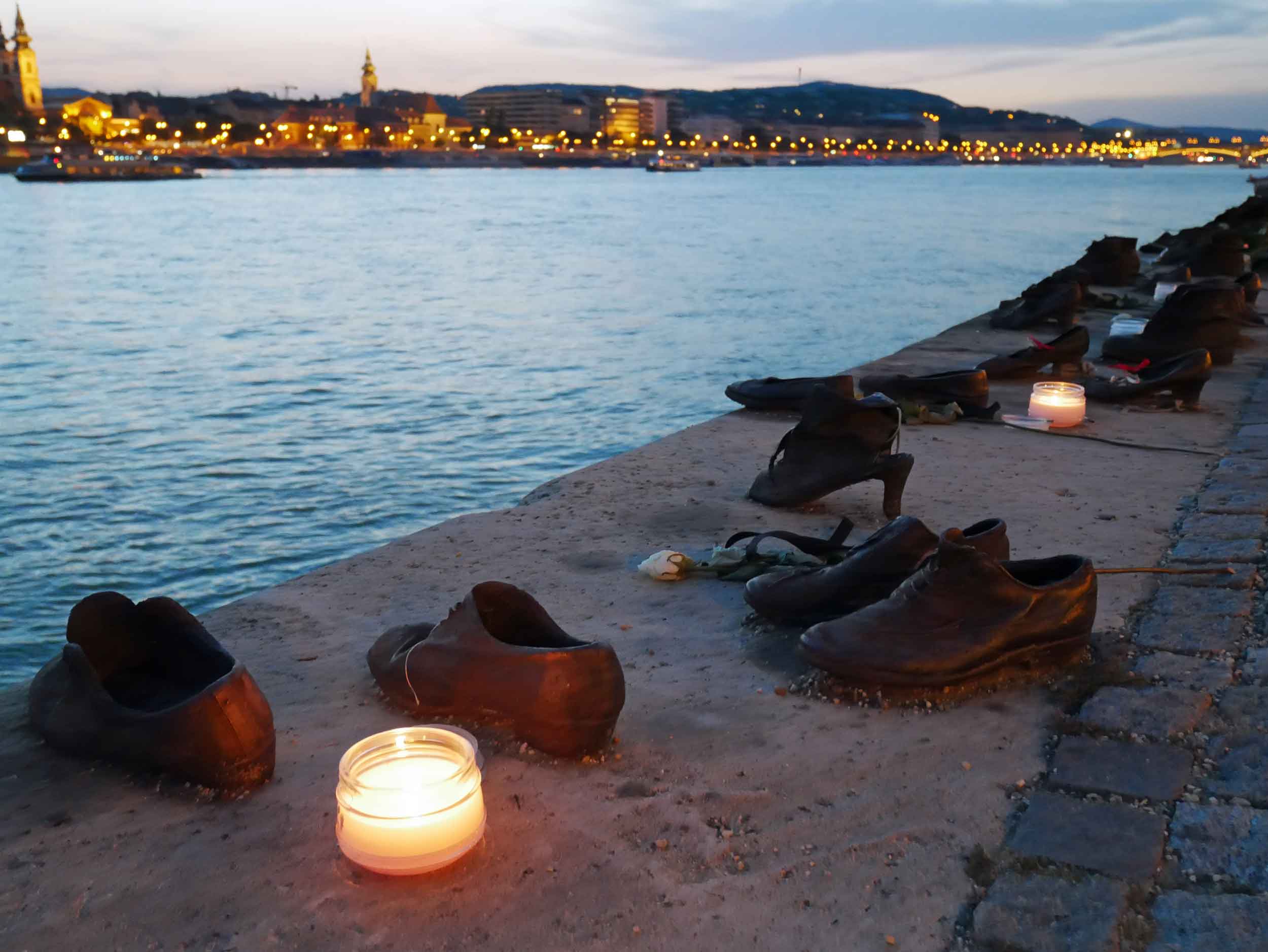
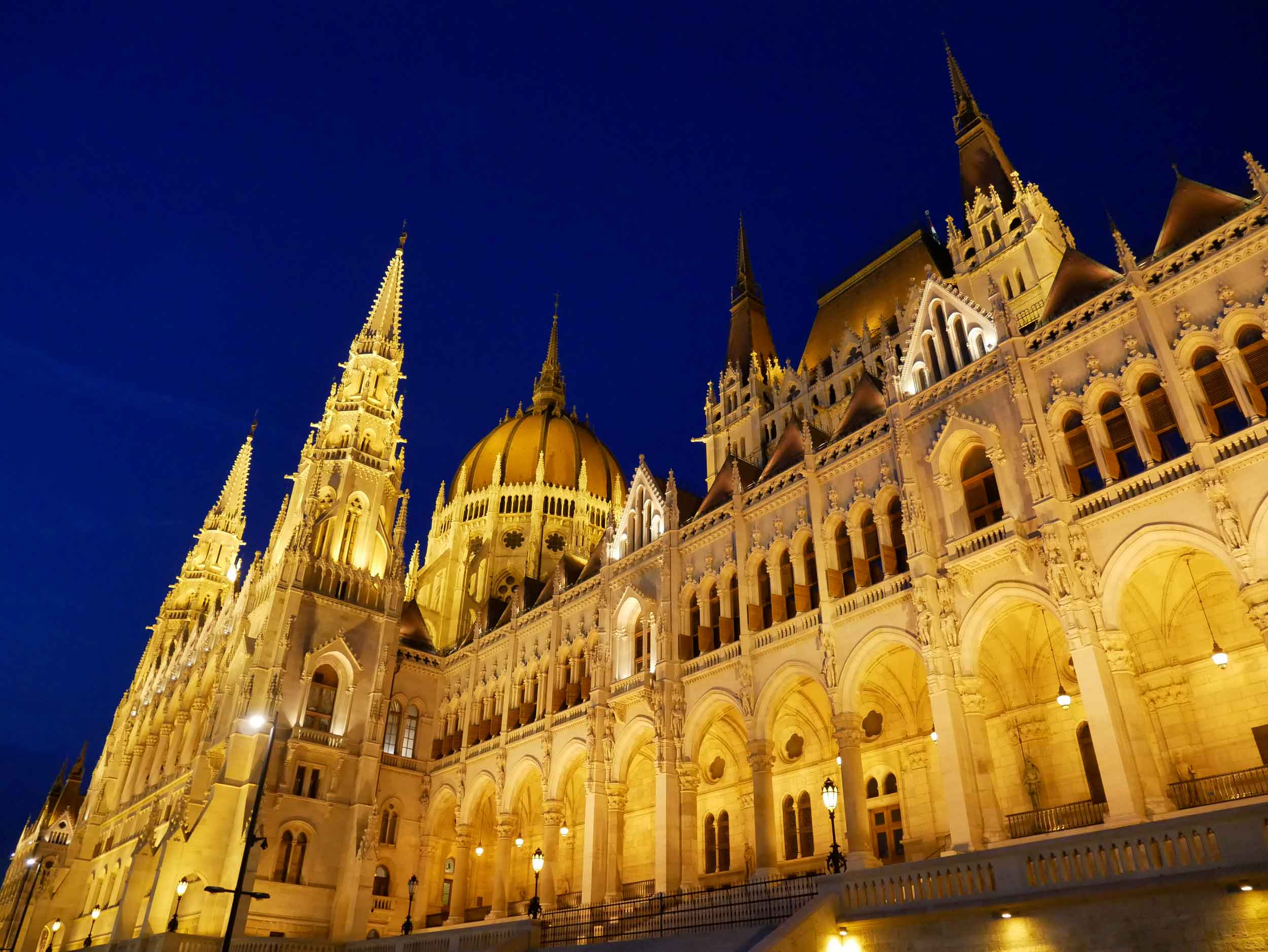
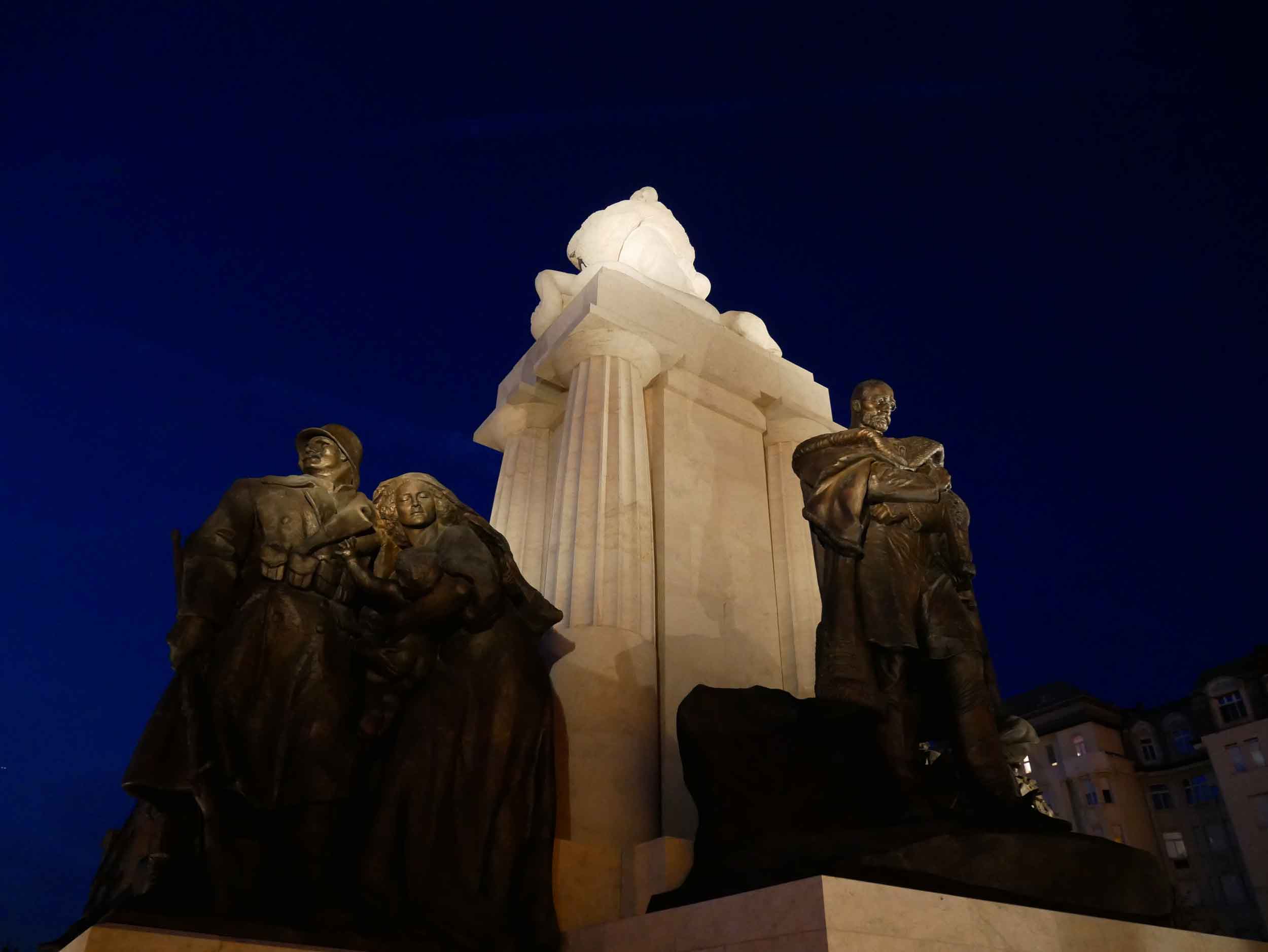
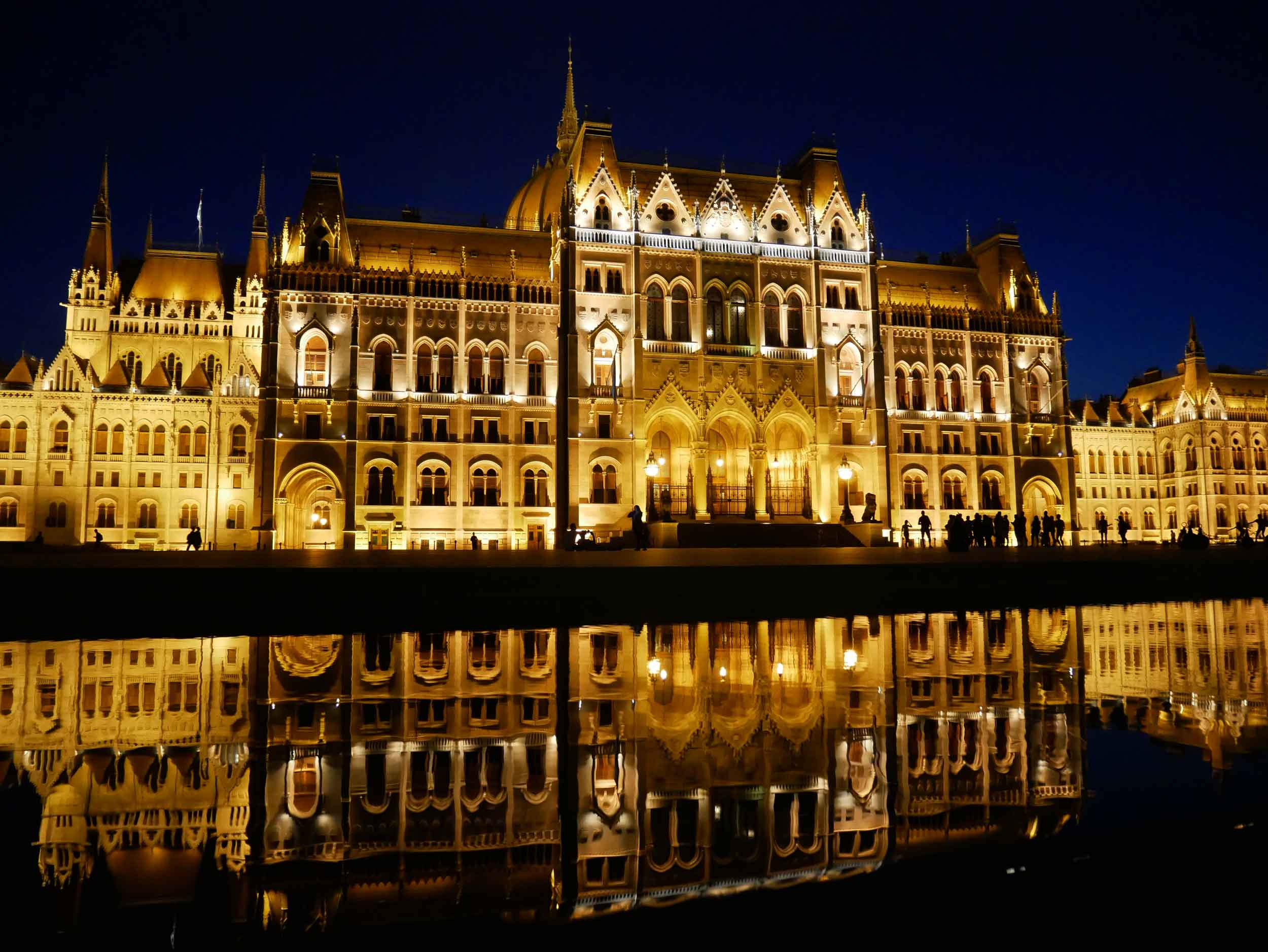
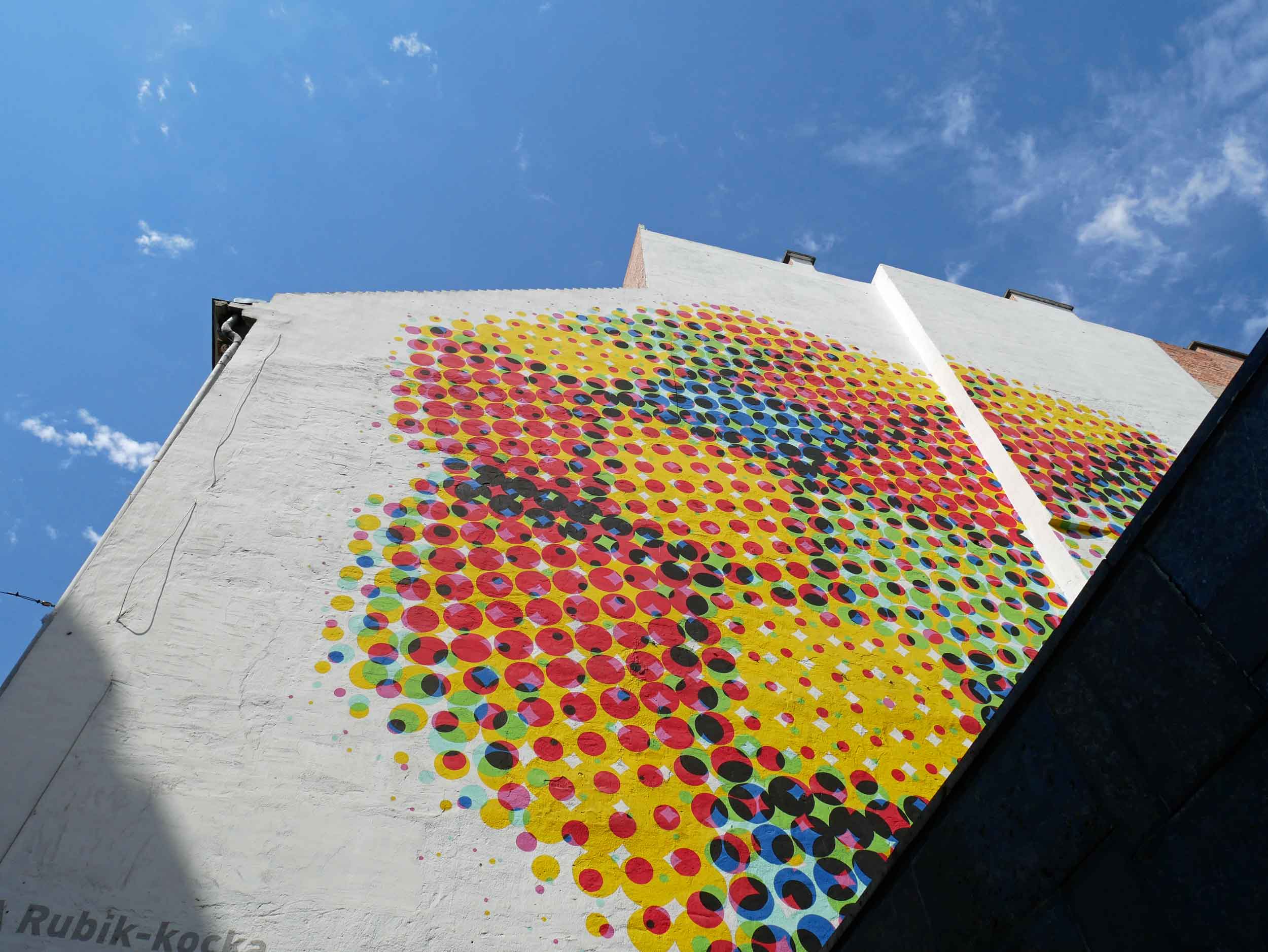
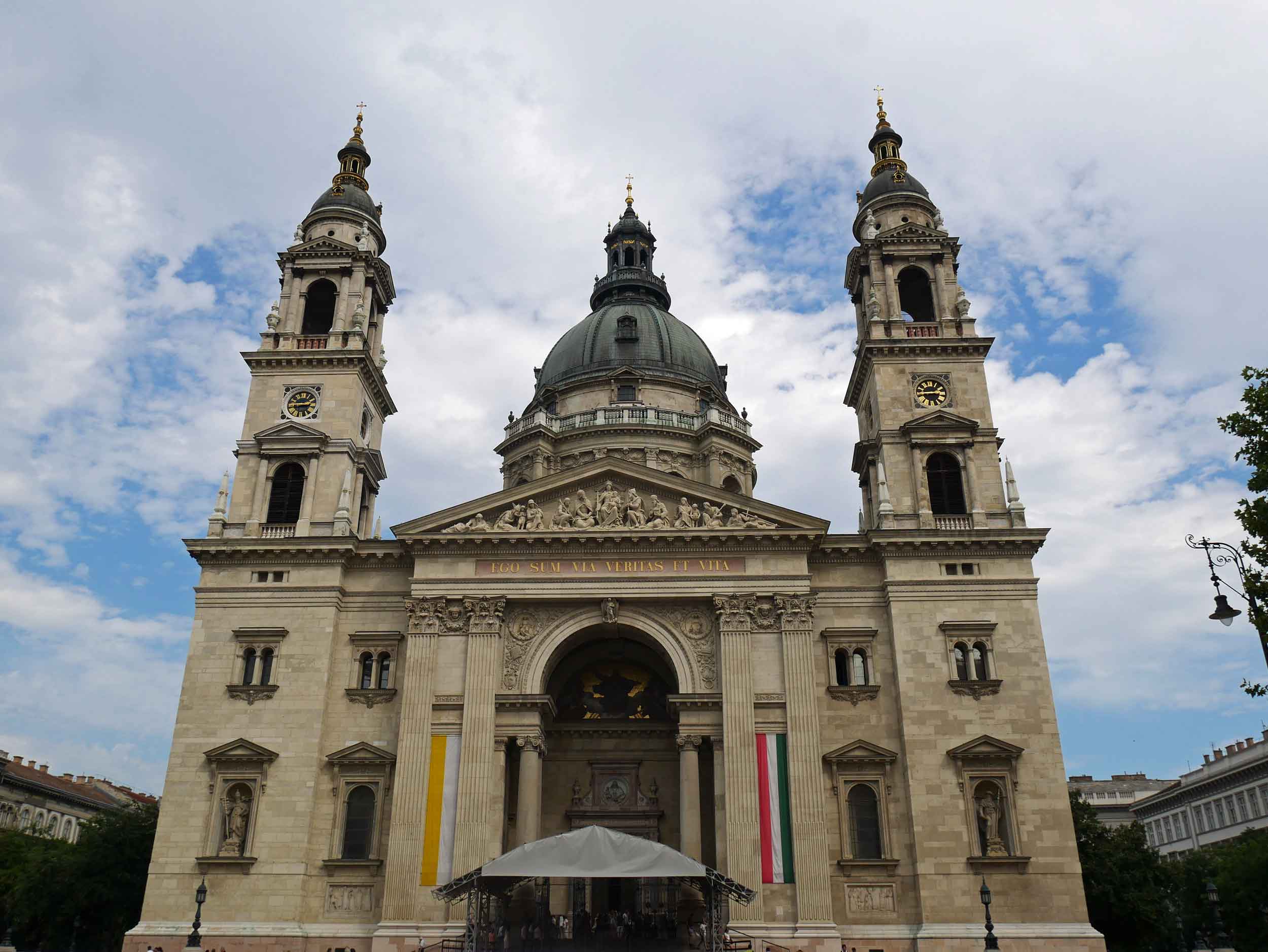
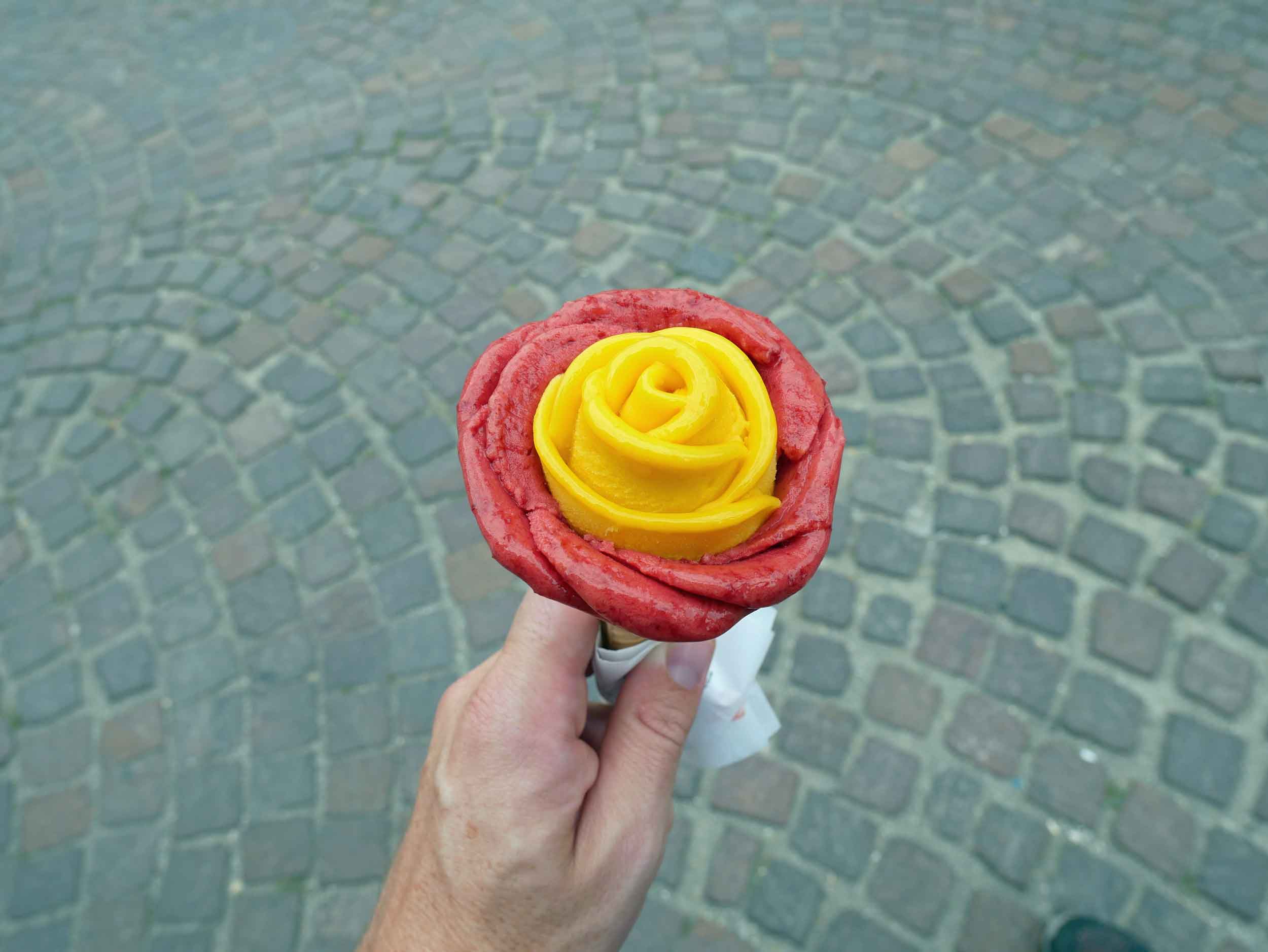

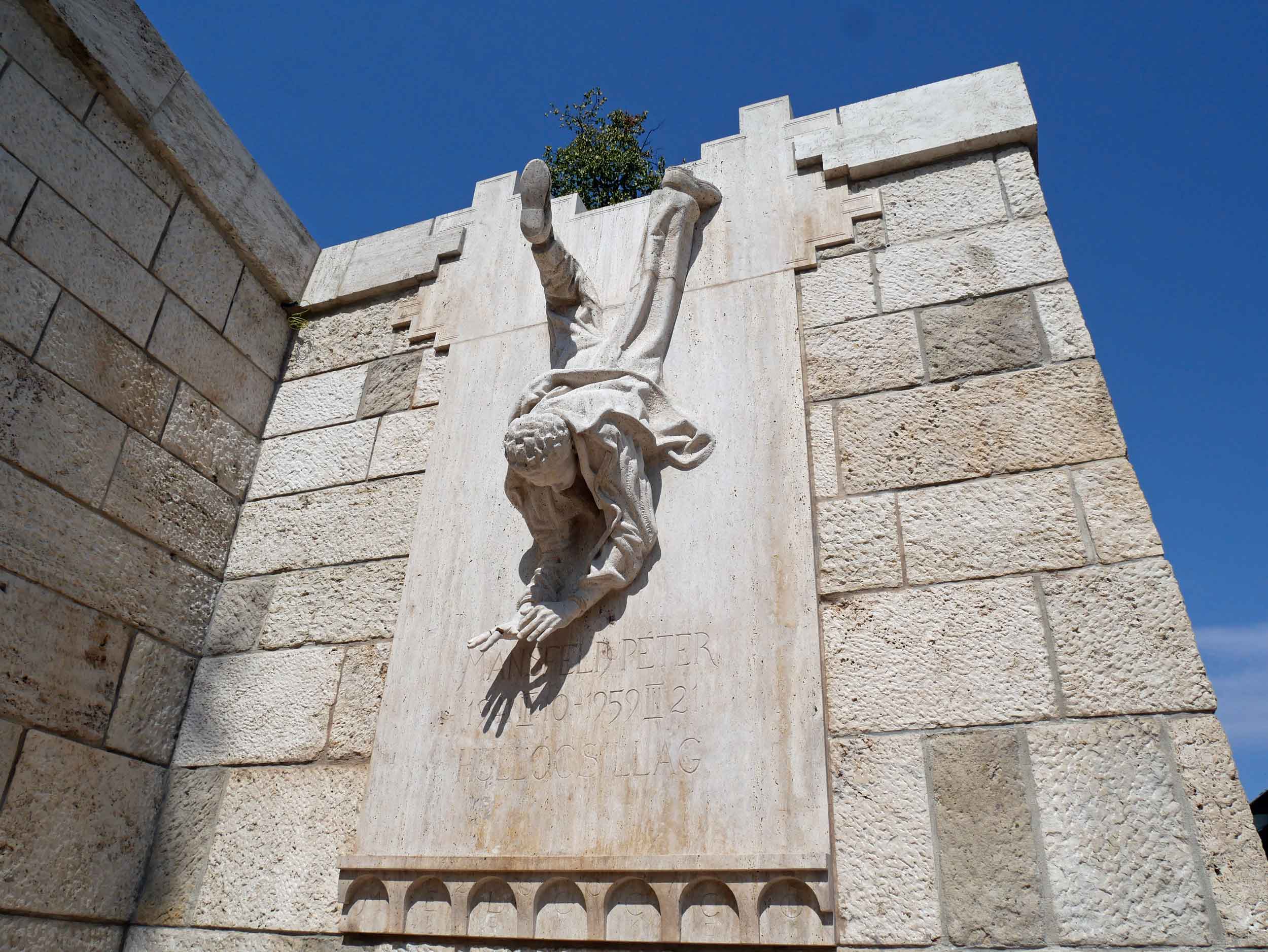
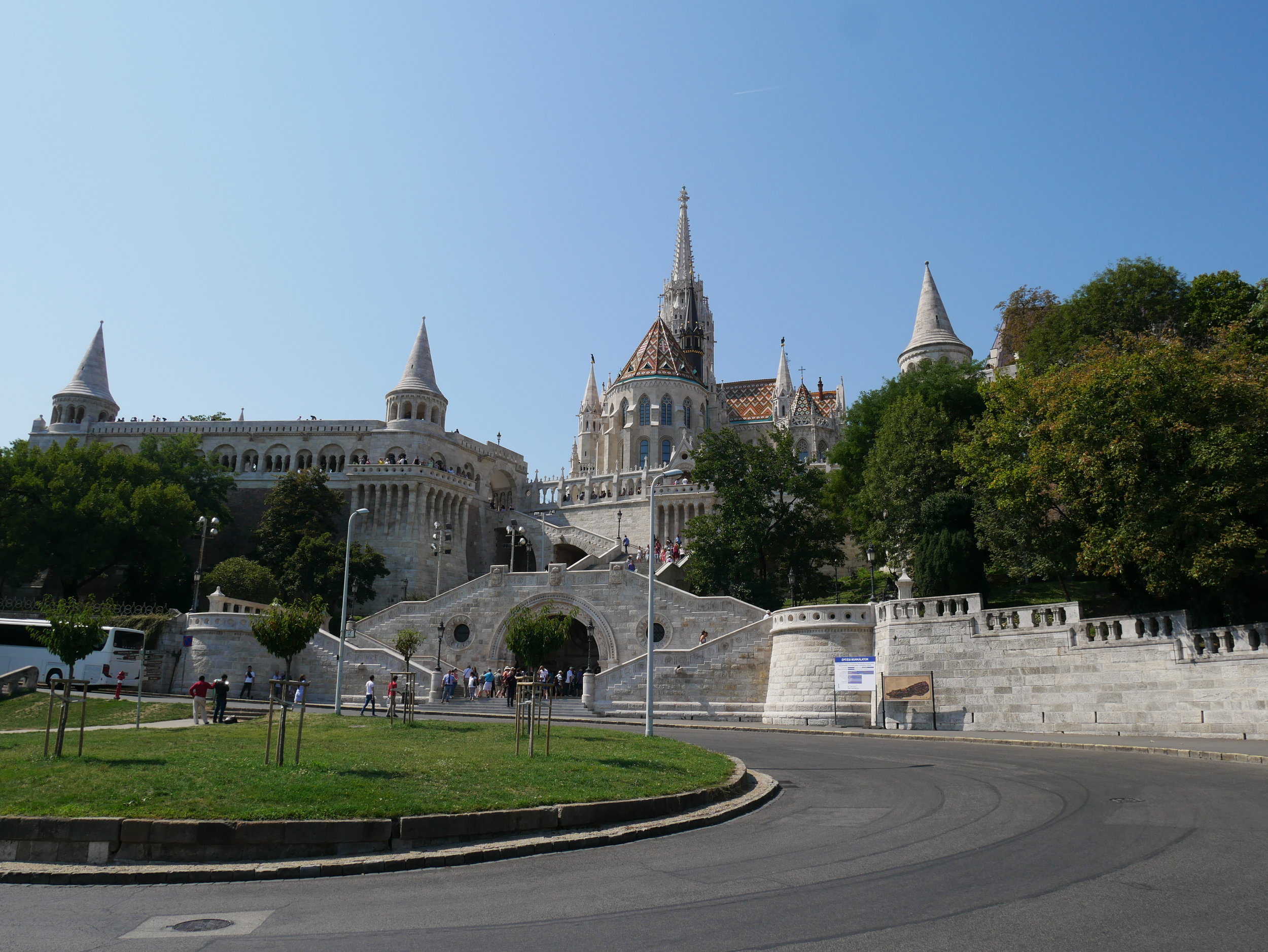
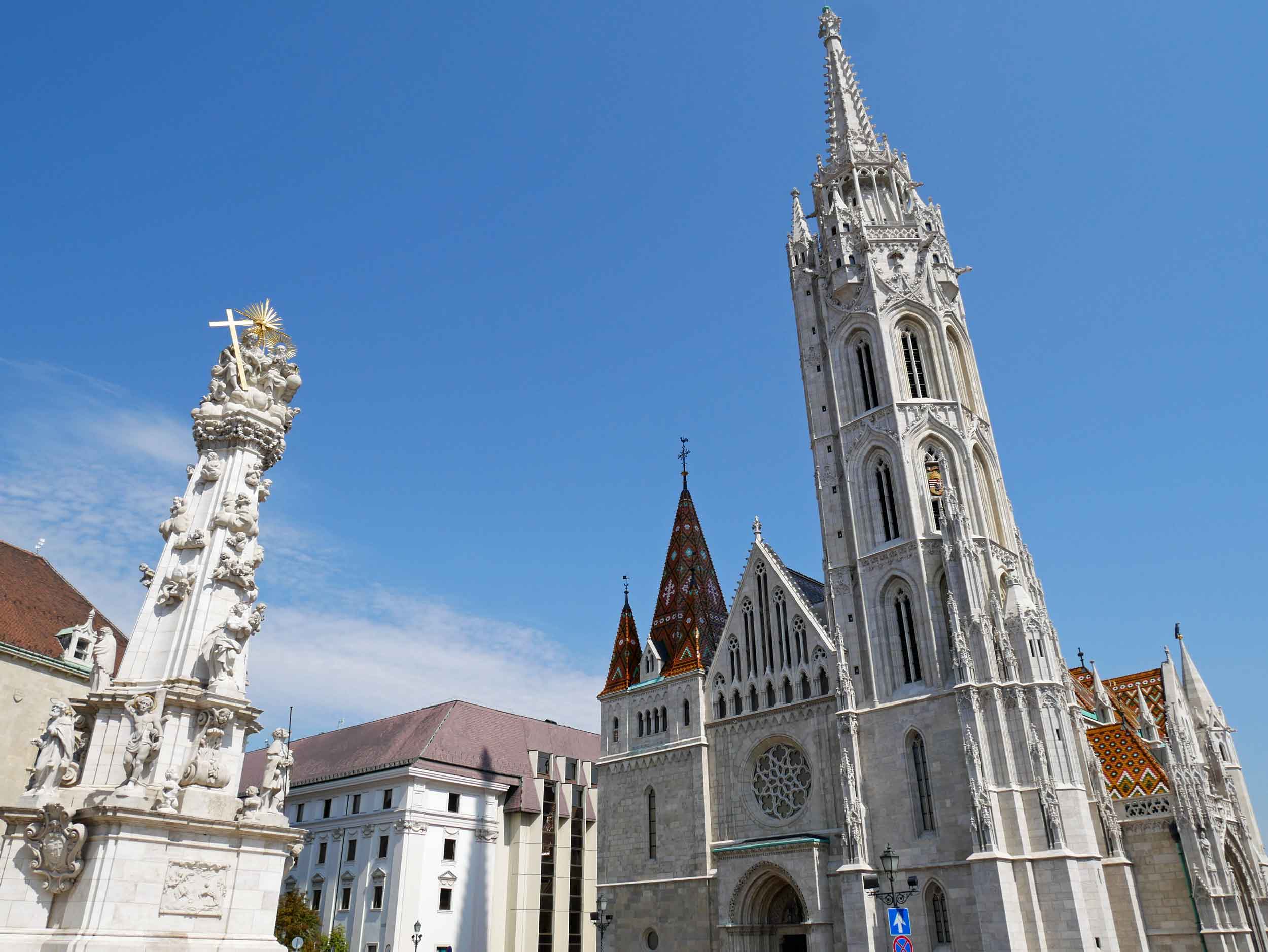
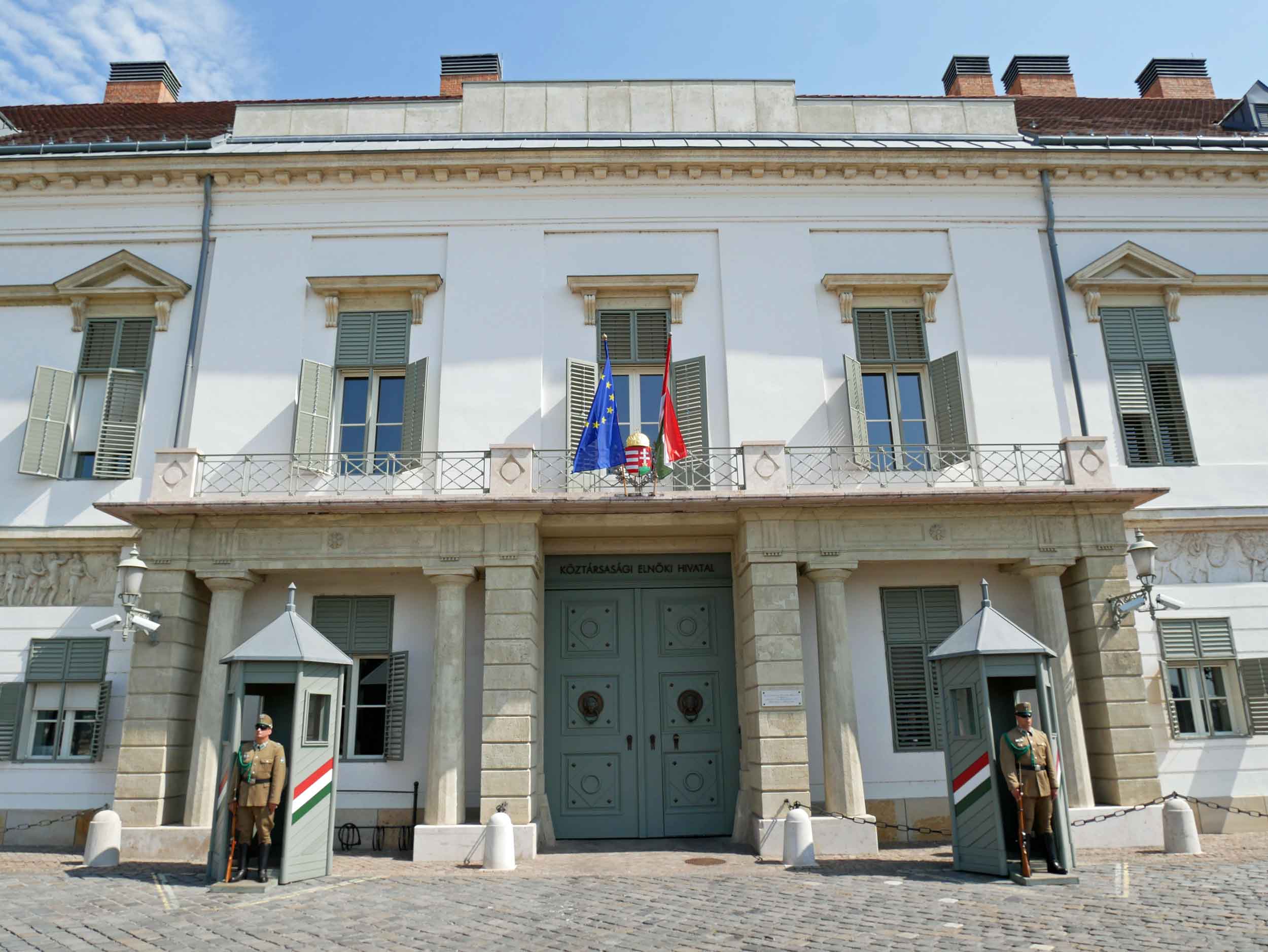
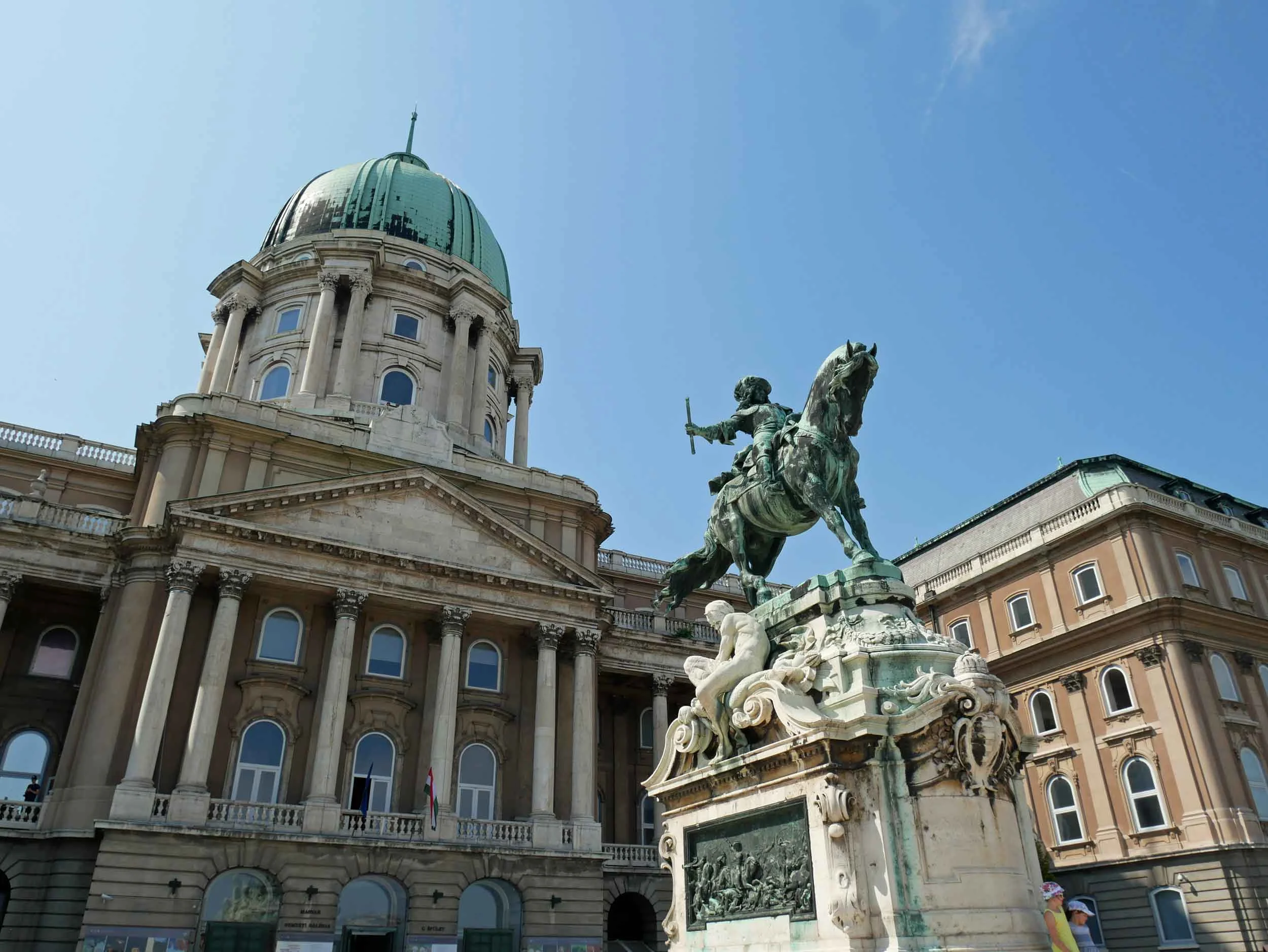
We clearly didn’t forgo the historic sights over café culture entirely, spending a Saturday walking up the many stairs to charming Fisherman’s Bastion, a neo-Gothic terrace built in the late 1800s, making our way over to looming Buda Castle, perched on a cliff overlooking the city, and then strolling across the famous Chain Bridge, which crosses the famed river. Budapest, as we’d soon discover of its former partner in governance, Vienna, is teeming with creativity, design, and food, making it obvious as to why the “Heart of Europe” ends up on list after list of the world’s most livable cities.
Slowing Down in Slovakia
After the inspiring weekend in Budapest, we boarded another train, this time headed to Slovakia’s capital city, Bratislava, which is located in the country’s far west near both Austria and Hungary, a border location rare for a national capital. We stayed just outside the city’s Old Town, an easy walk to explore the winding streets, ancient fountains and peculiar monuments along the way. Whereas Budapest is a major urban center, Bratislava is smaller and more laid-back, especially in the tourist areas that were filled with summer holiday-goers and young backpackers. After a late lunch at a hip café and a visit to St. Martin’s Cathedral (because, duh), we walked up the sloping sidewalk to the city’s pièce de résistance, the elegant white-washed Bratislava Castle. Having seen so much Baroque and Romanesque architecture during our time in Europe so far, it was refreshing to see a minimally designed, near simplistic palace. And the panoramic view from the castle seat offered a 360-perspective, overlooking the many church steeples and red-shingled roofs along the Danube River, the infamous “UFO Bridge” as the locals call it, and the smoldering factories and Soviet-style block housing that lie beyond.
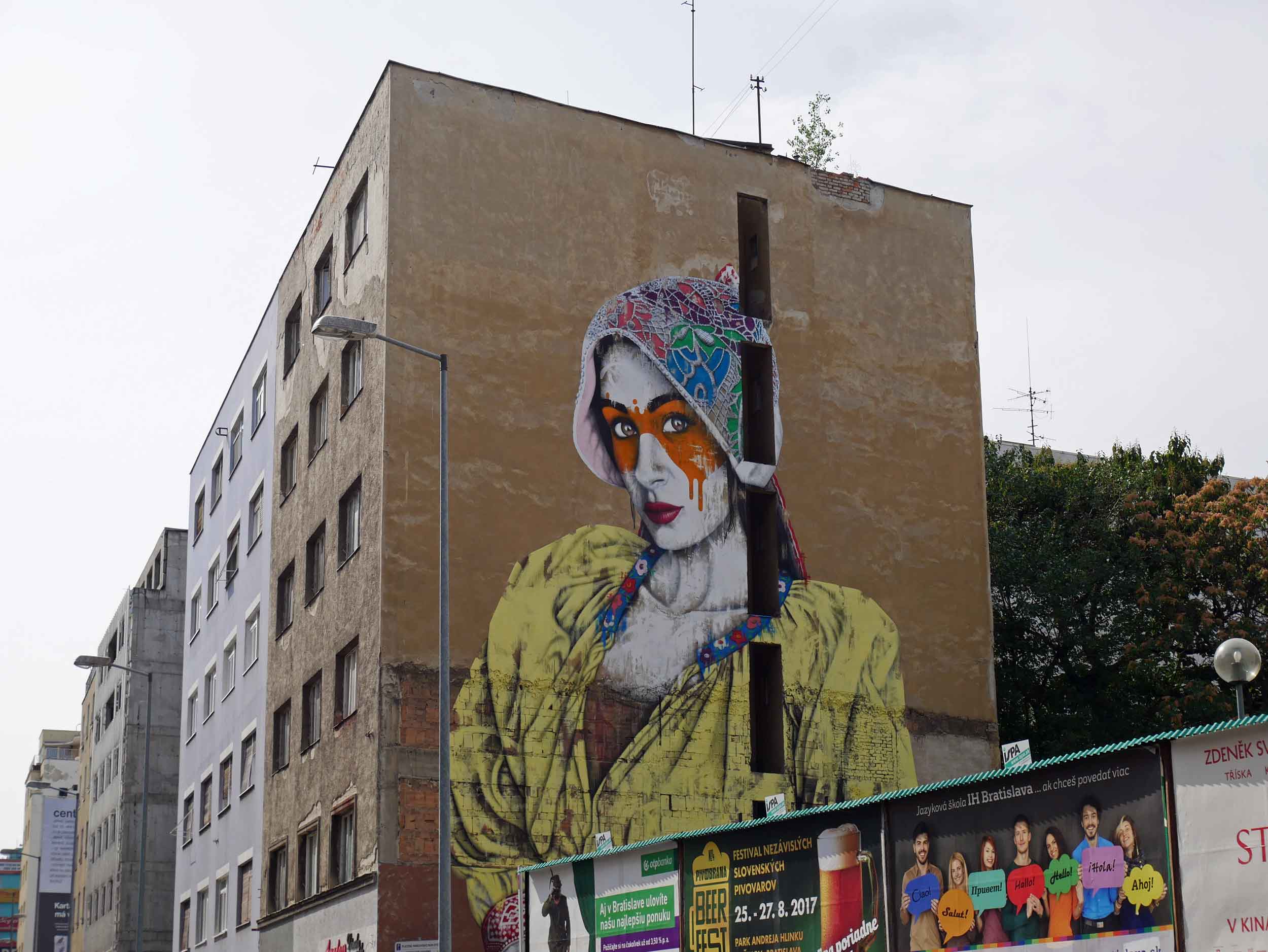
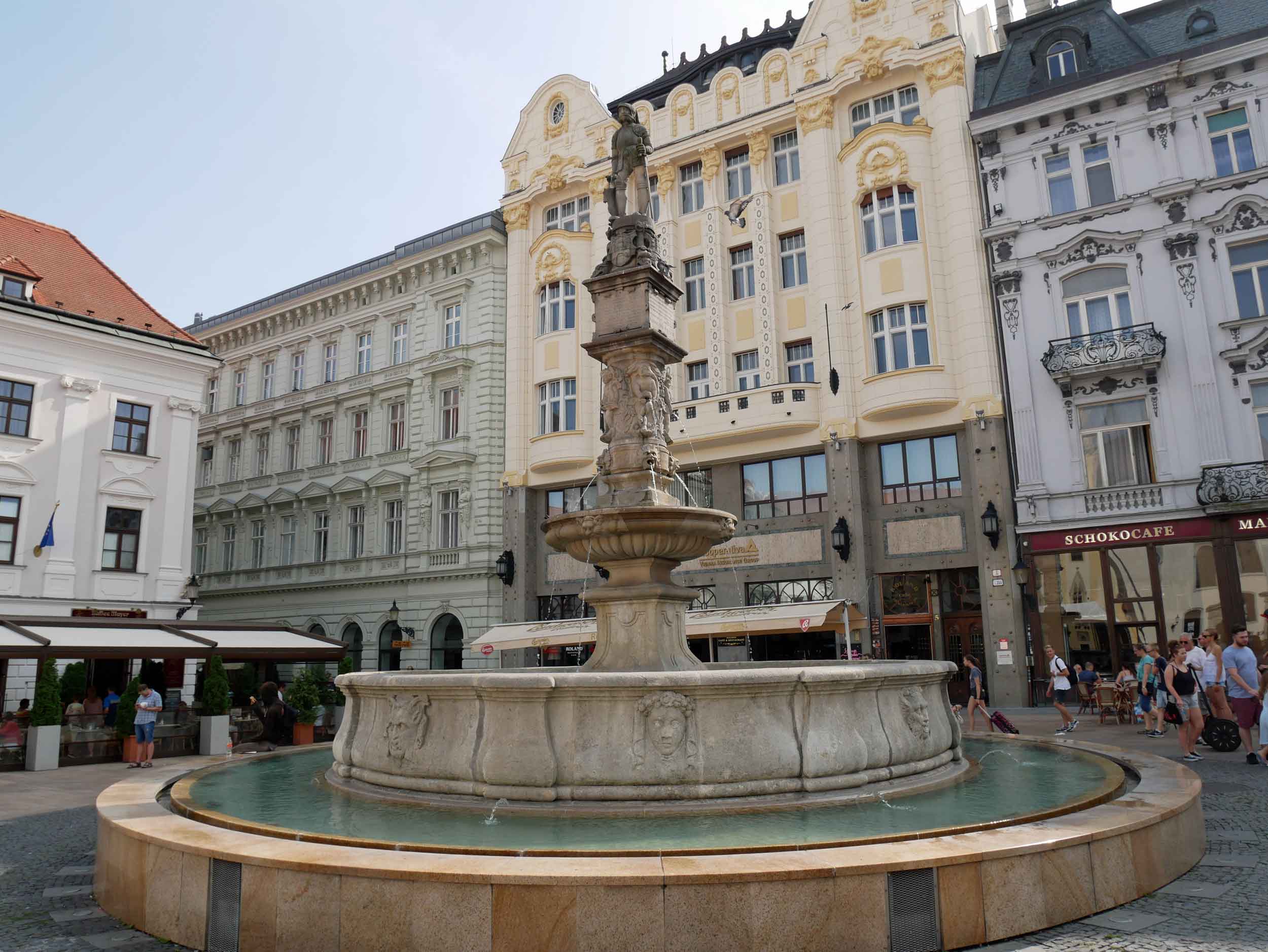
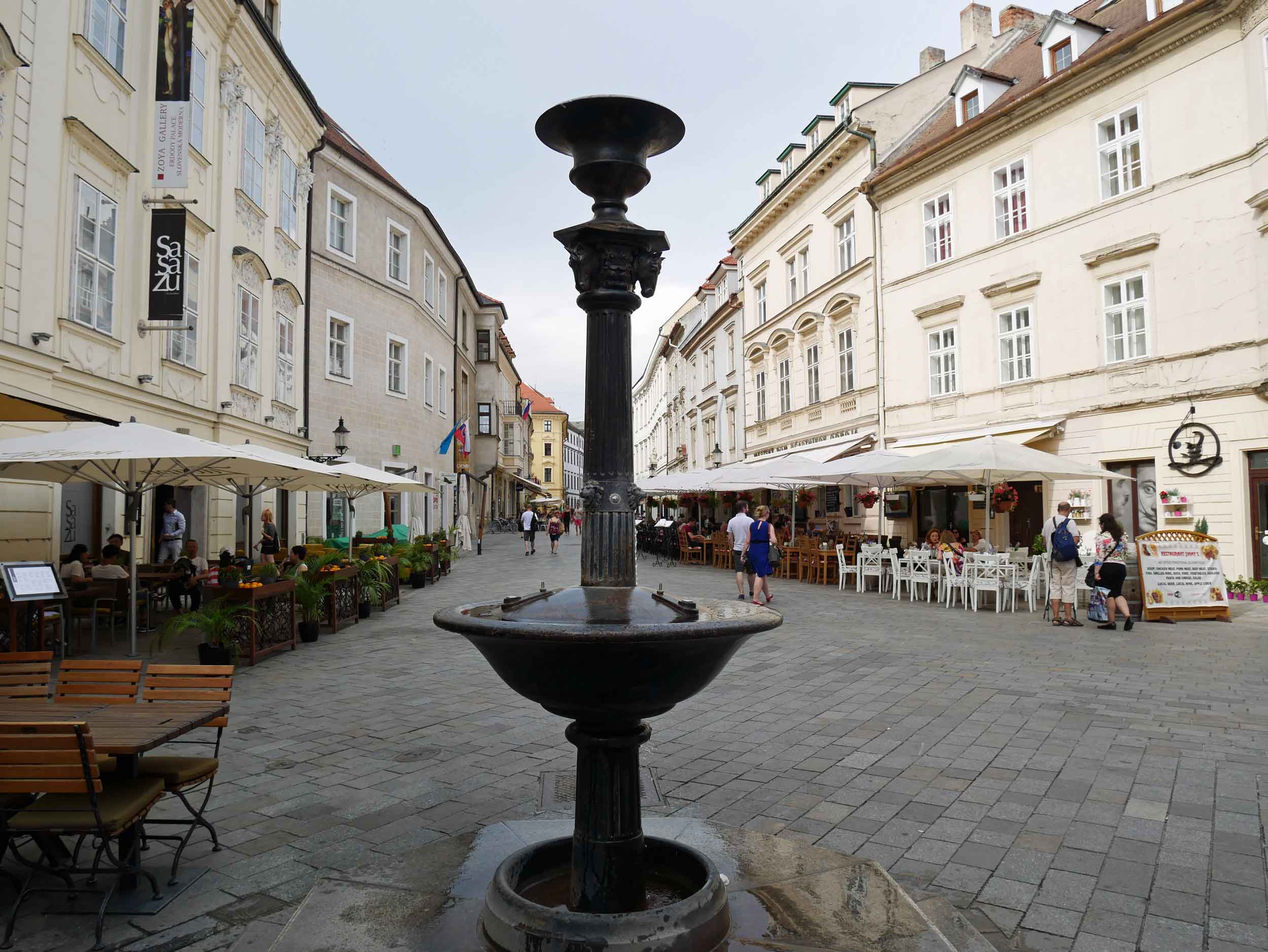
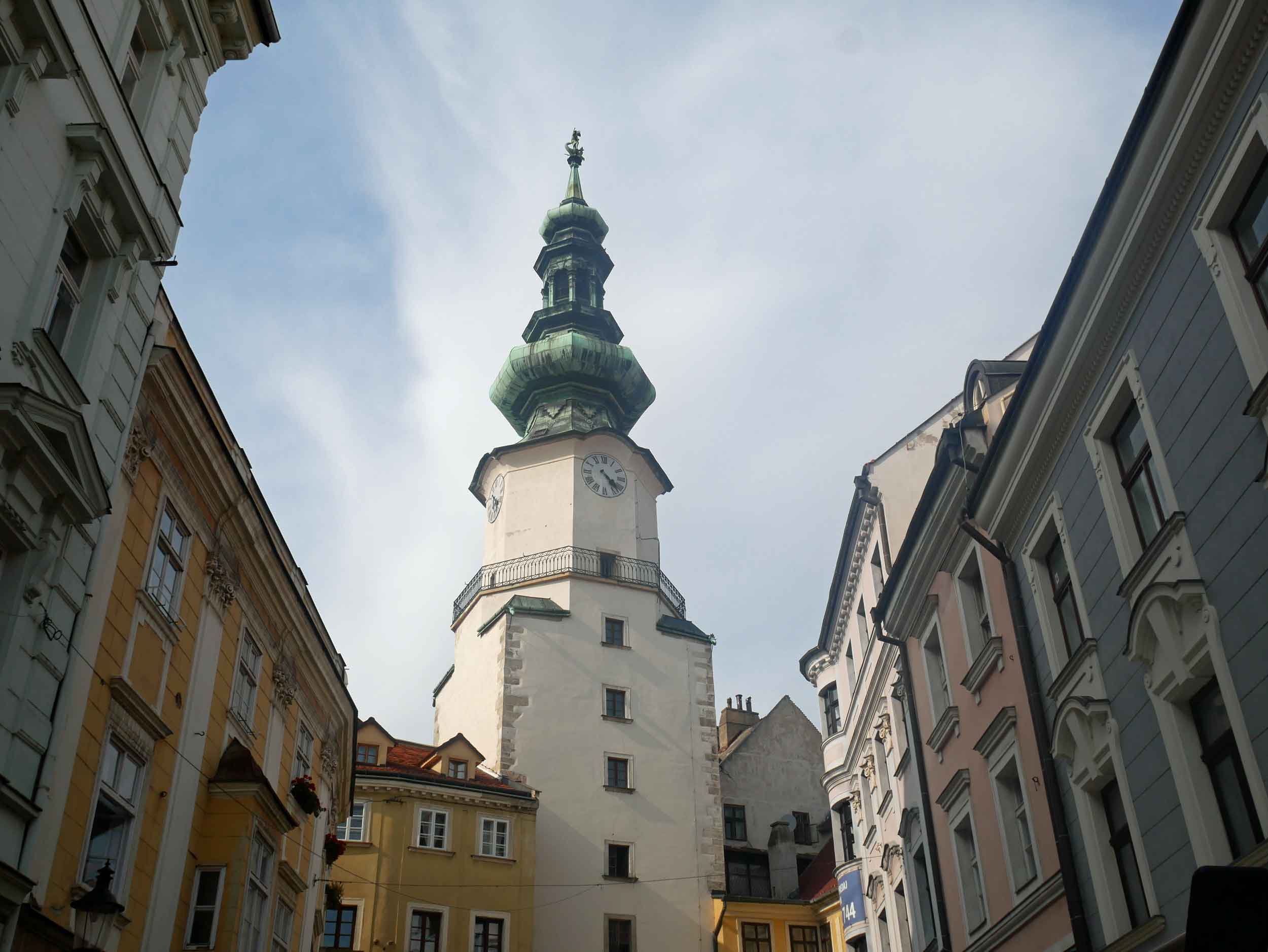
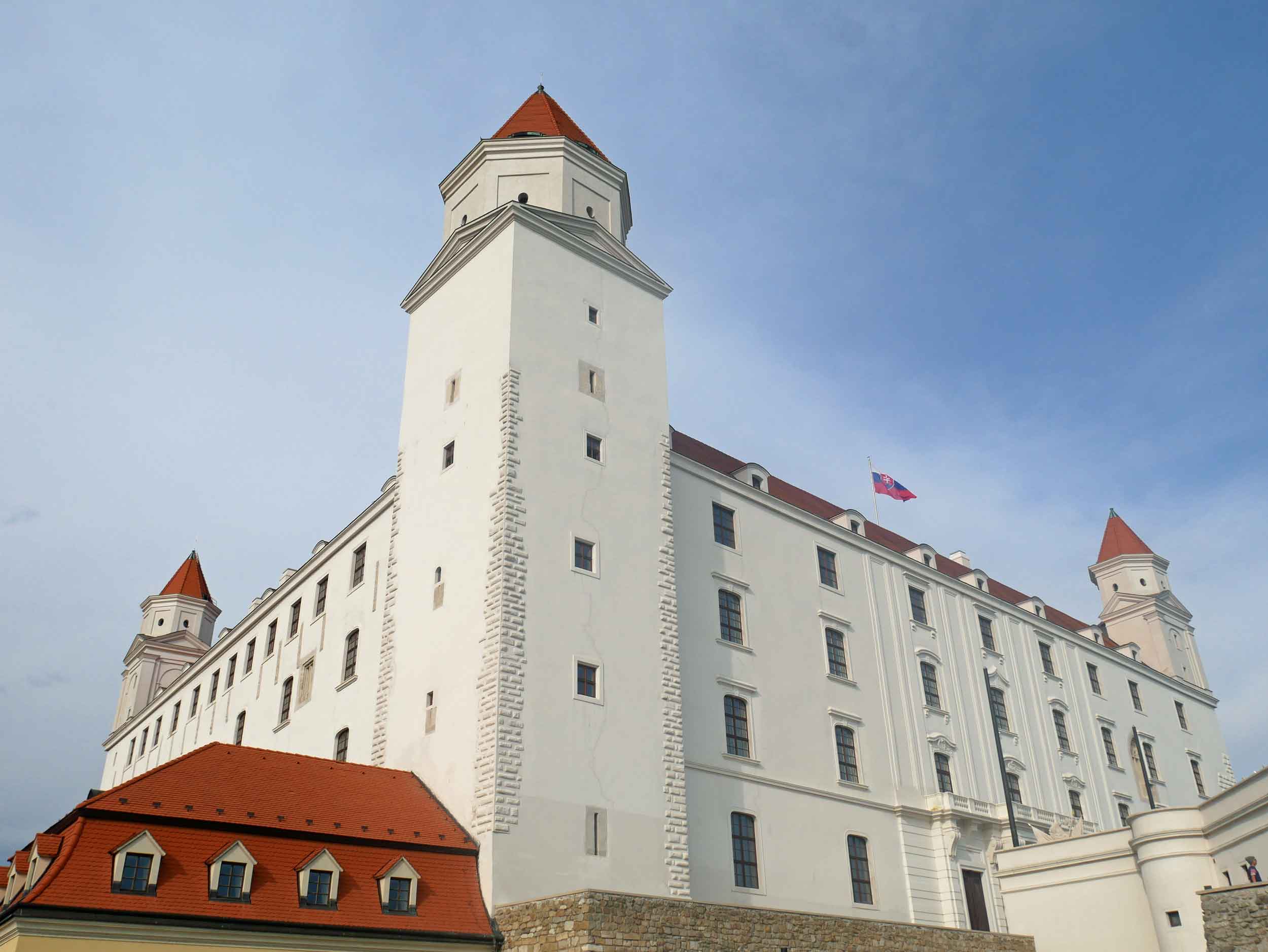

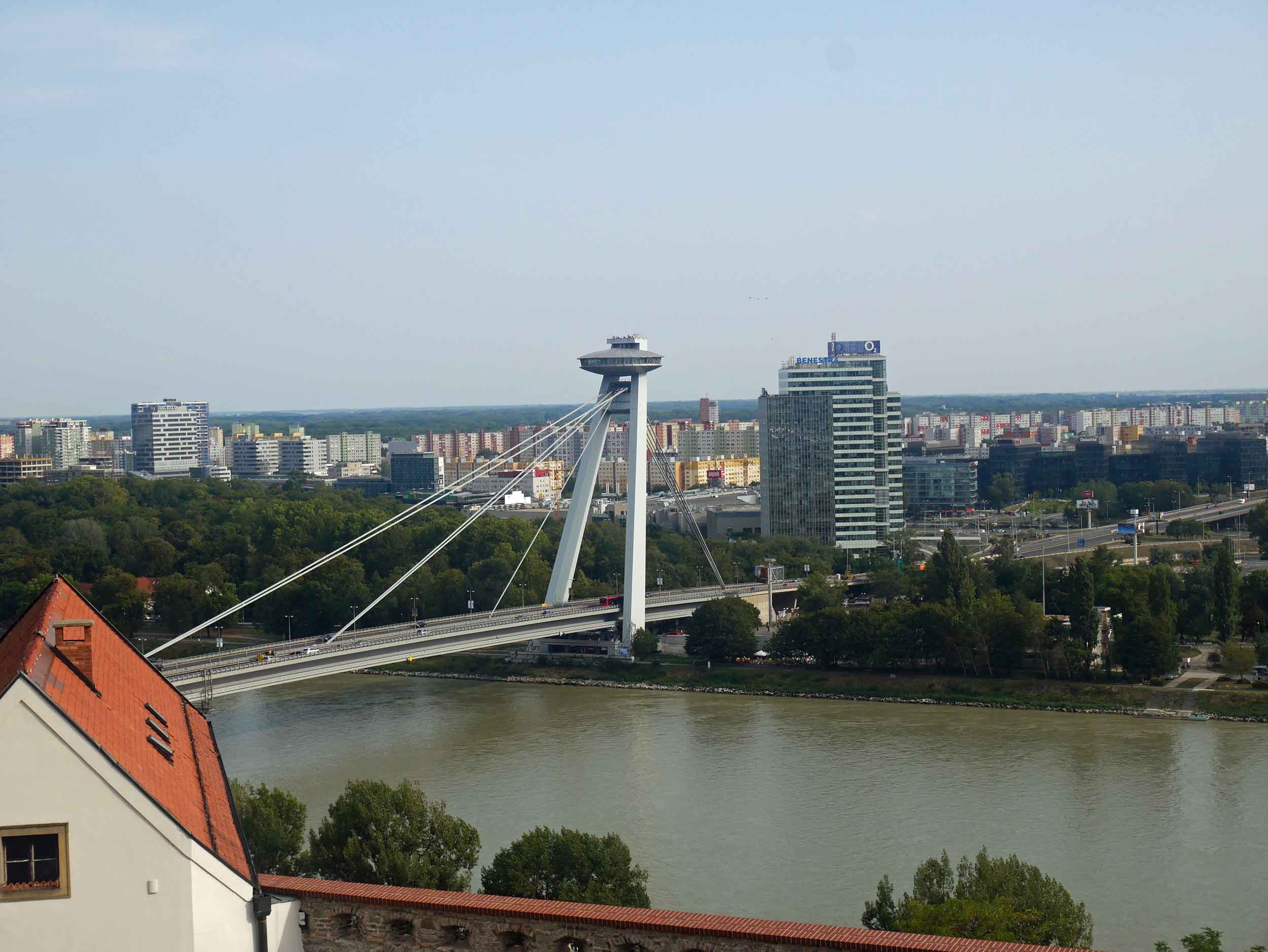
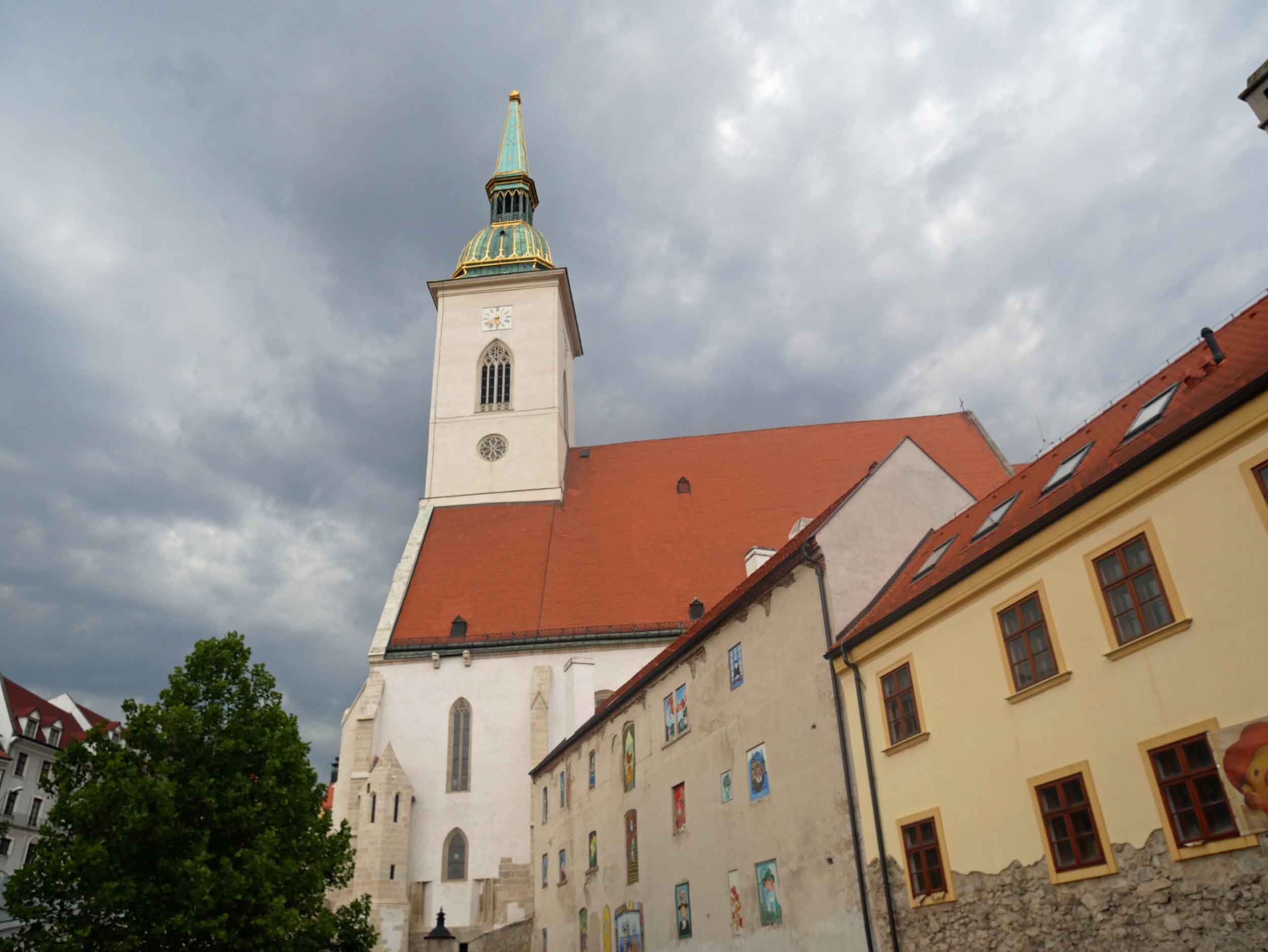
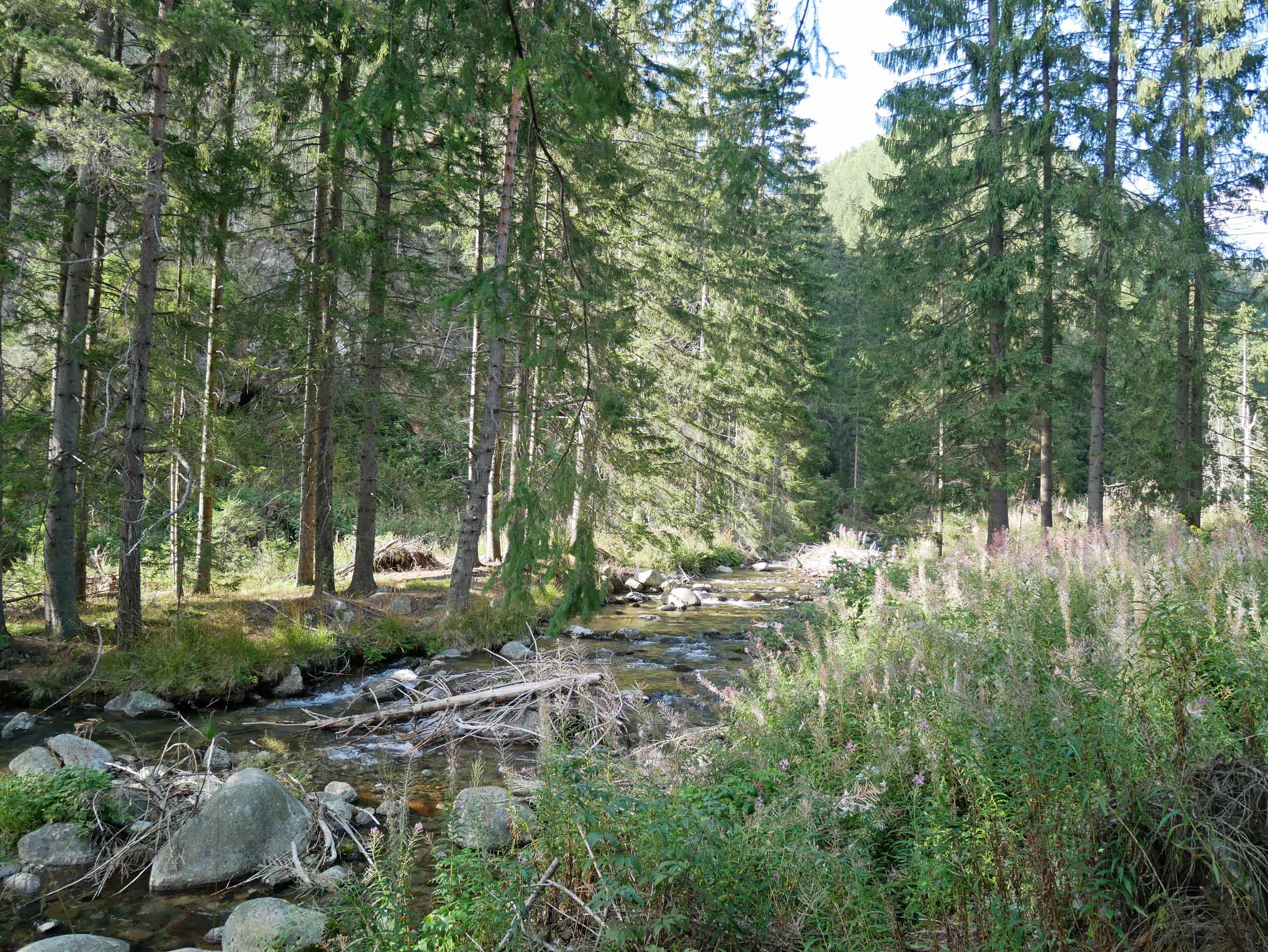
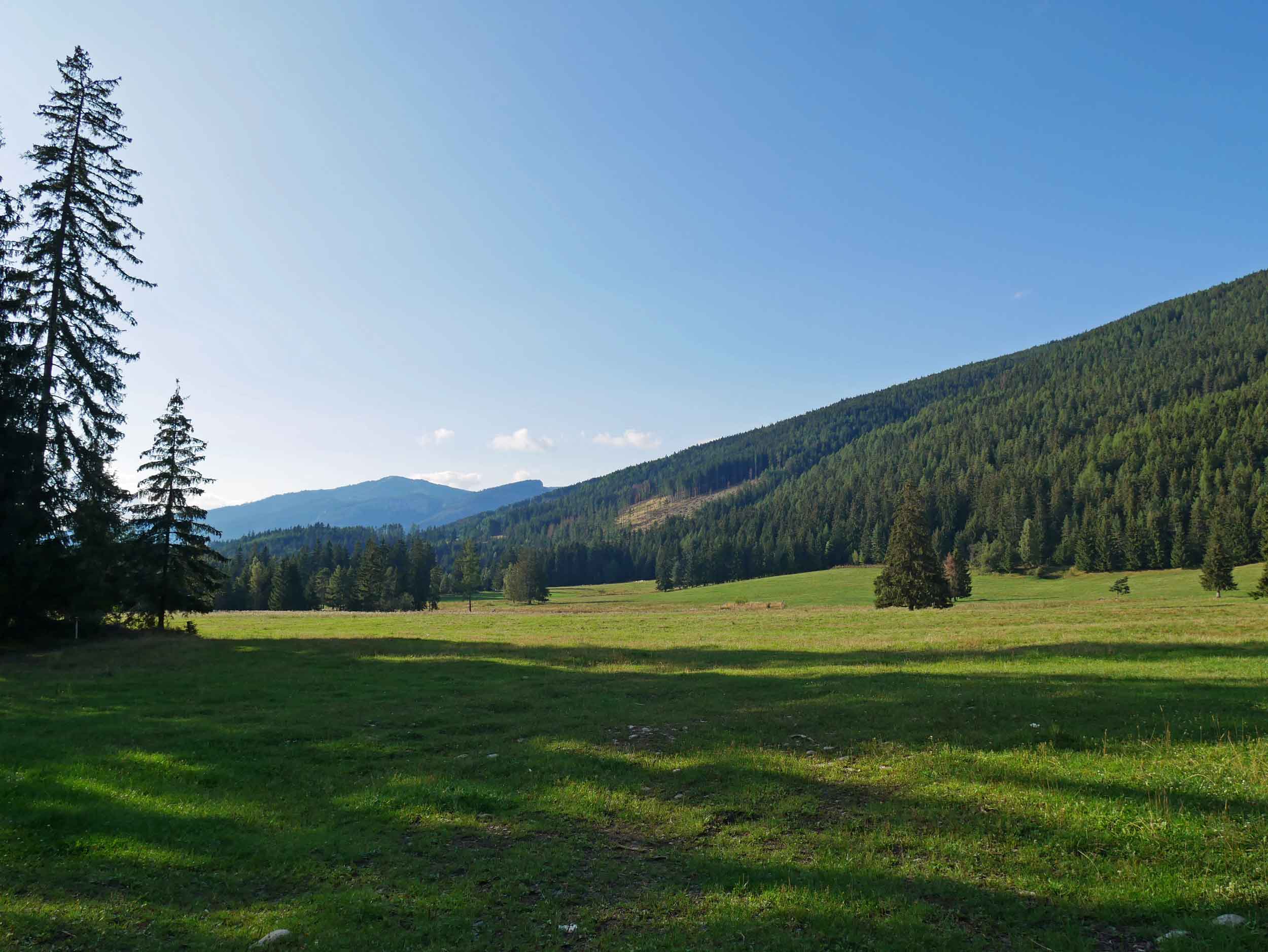


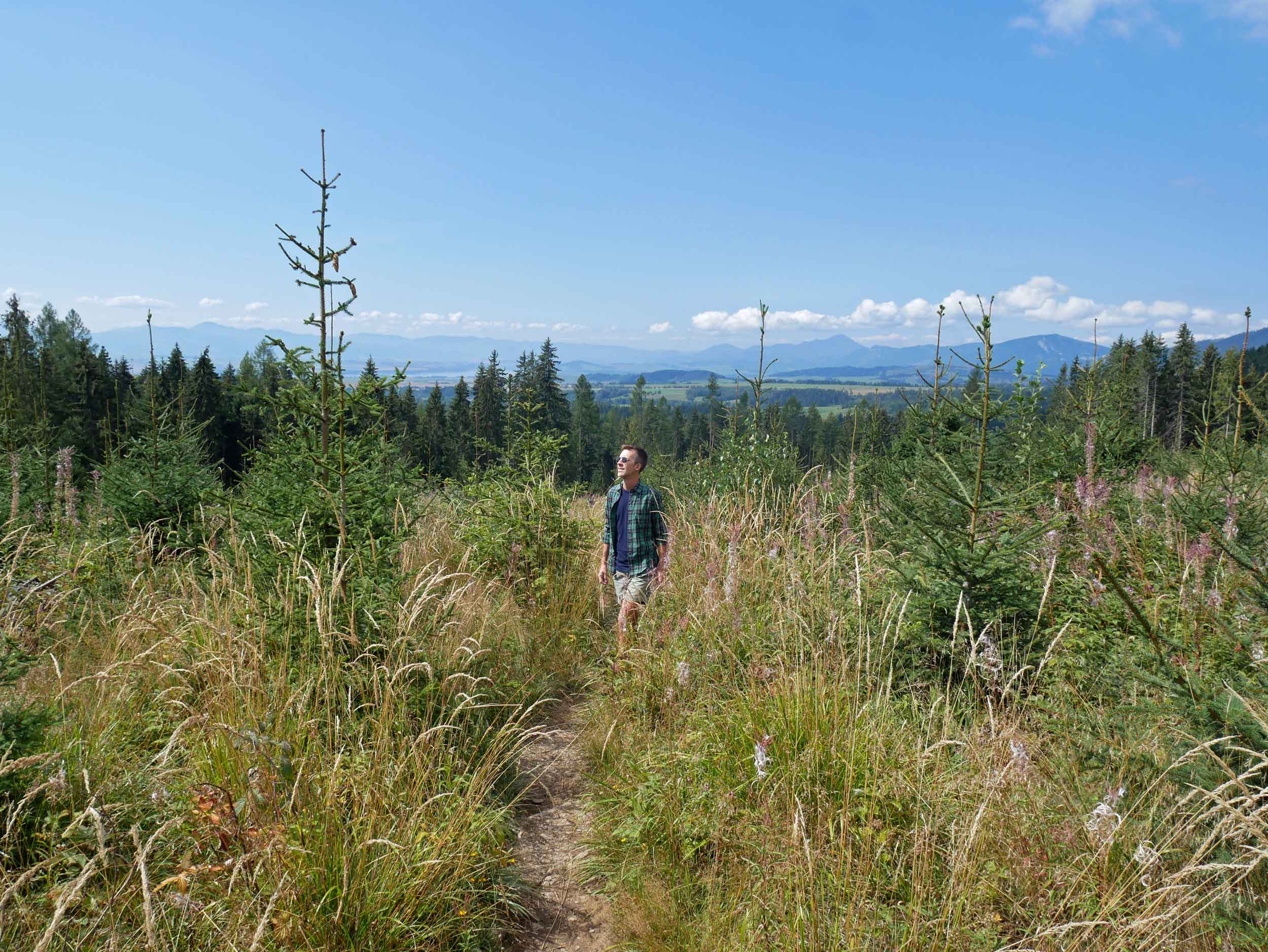
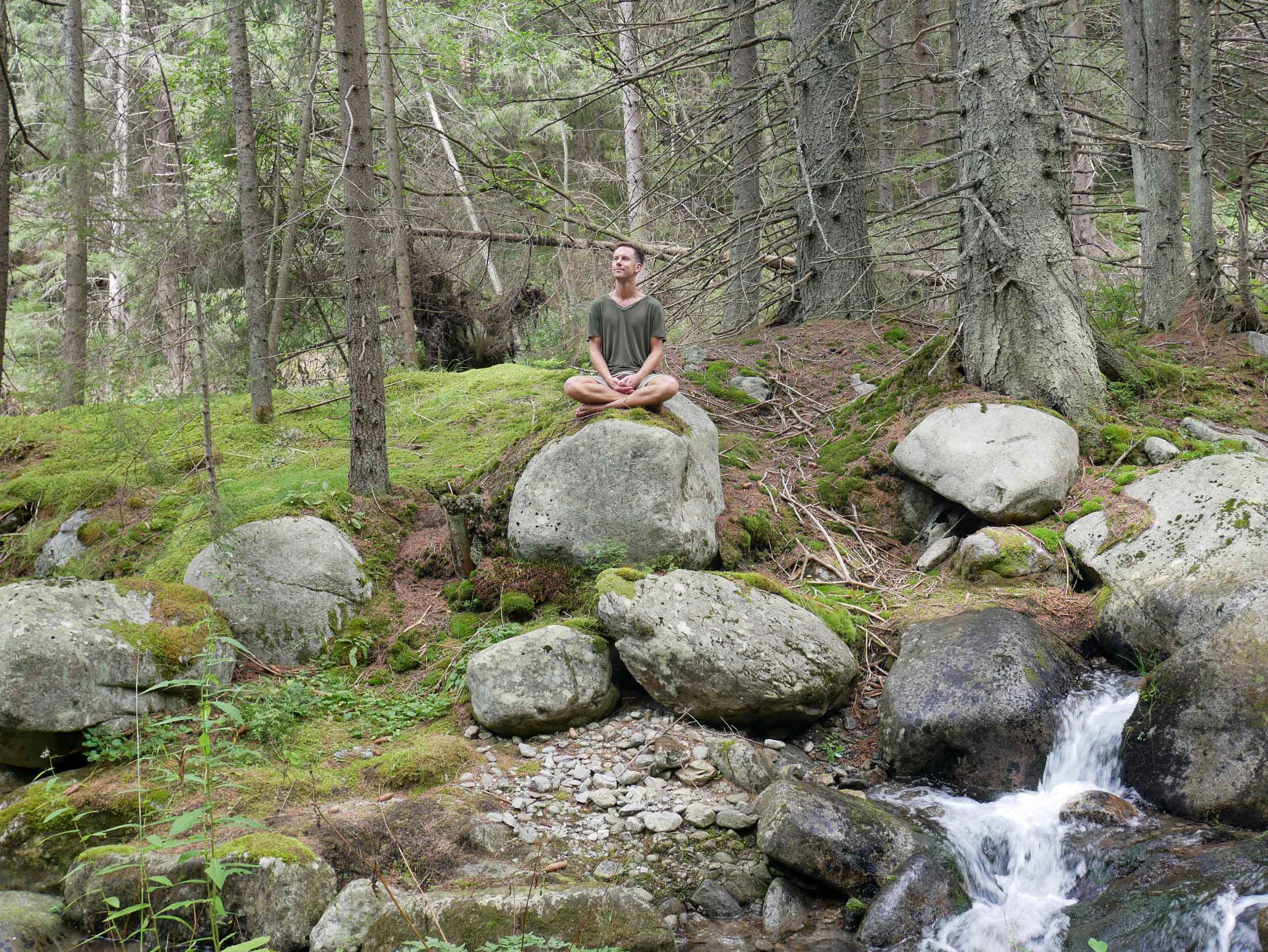
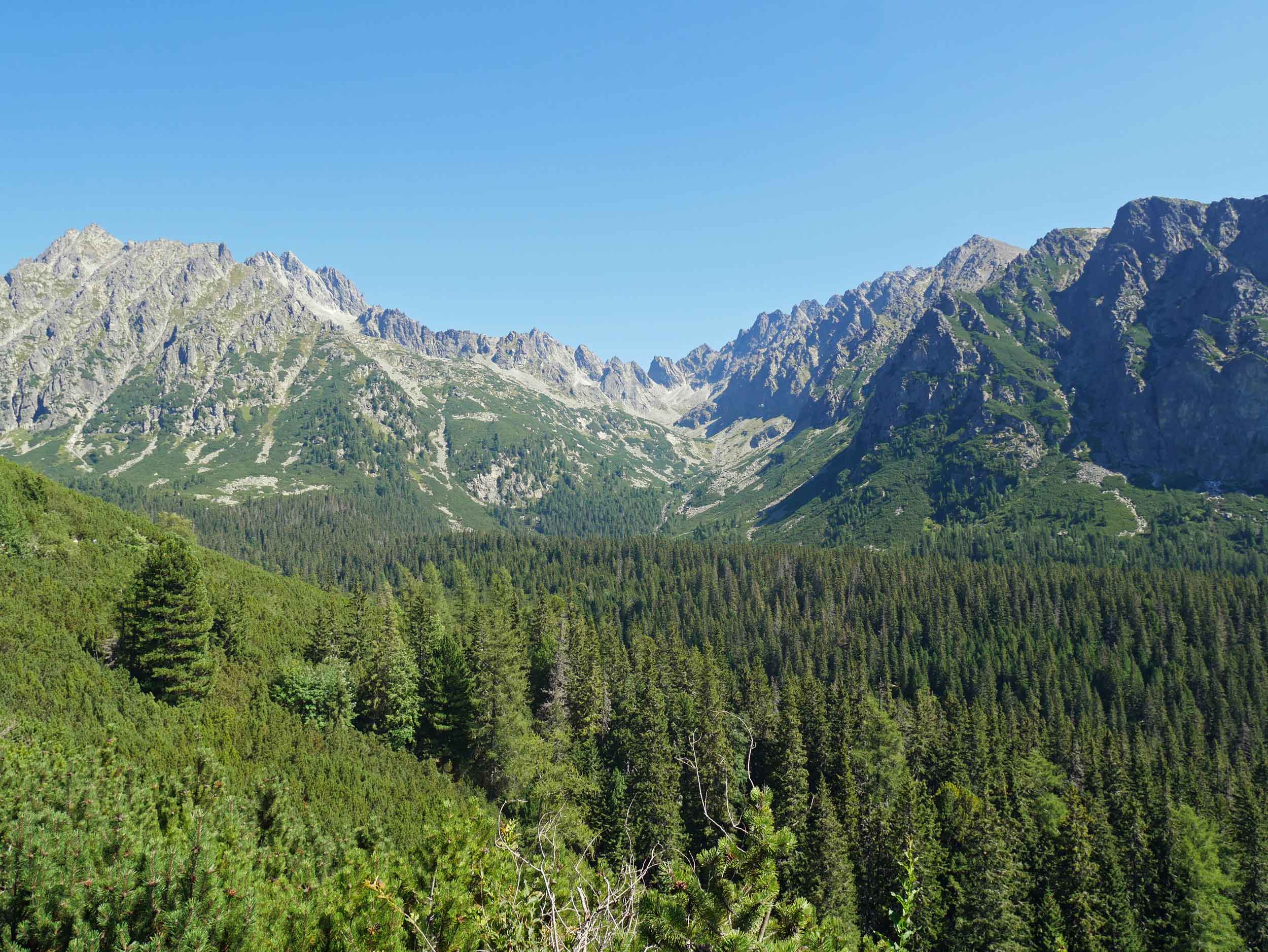
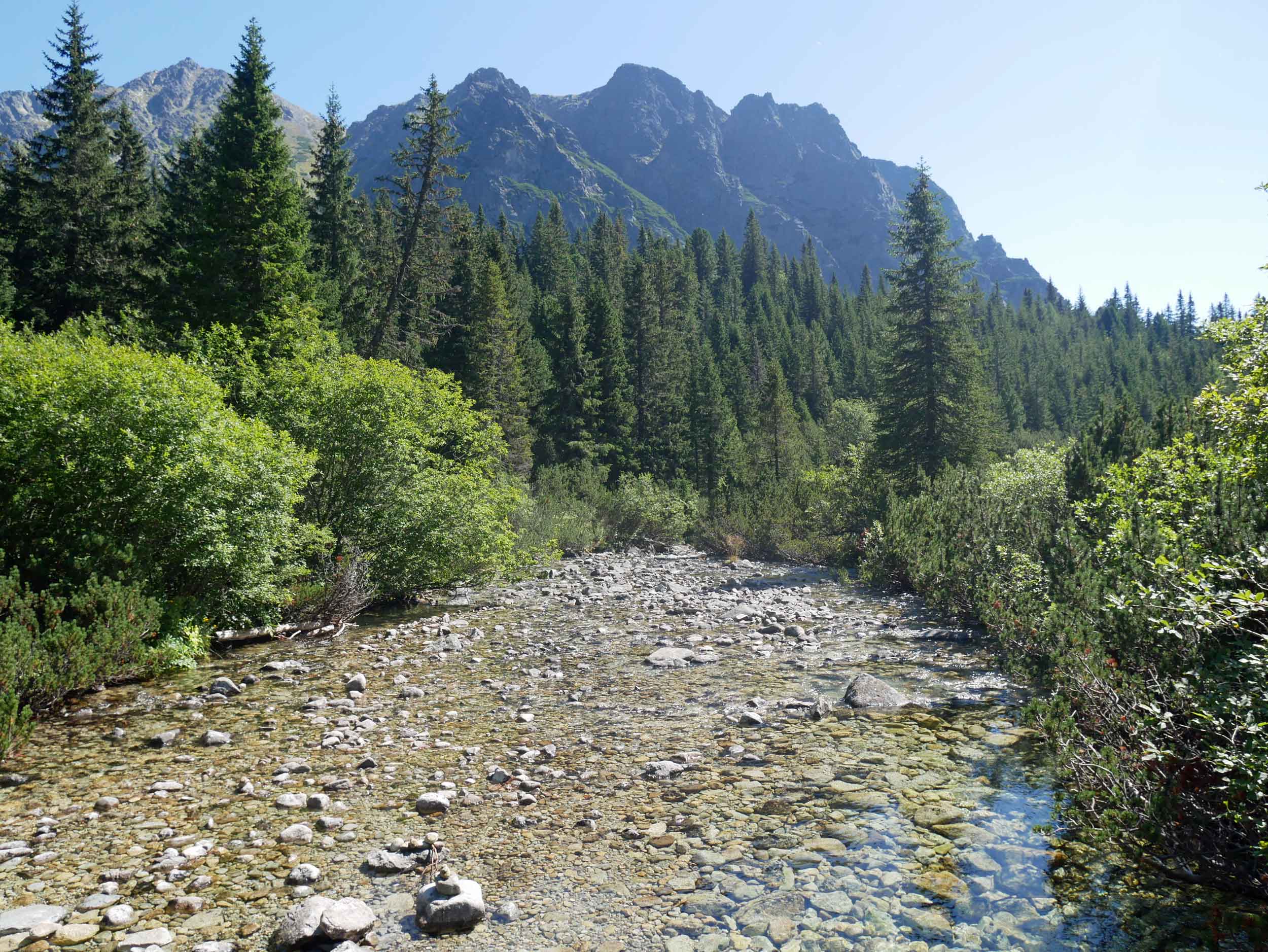
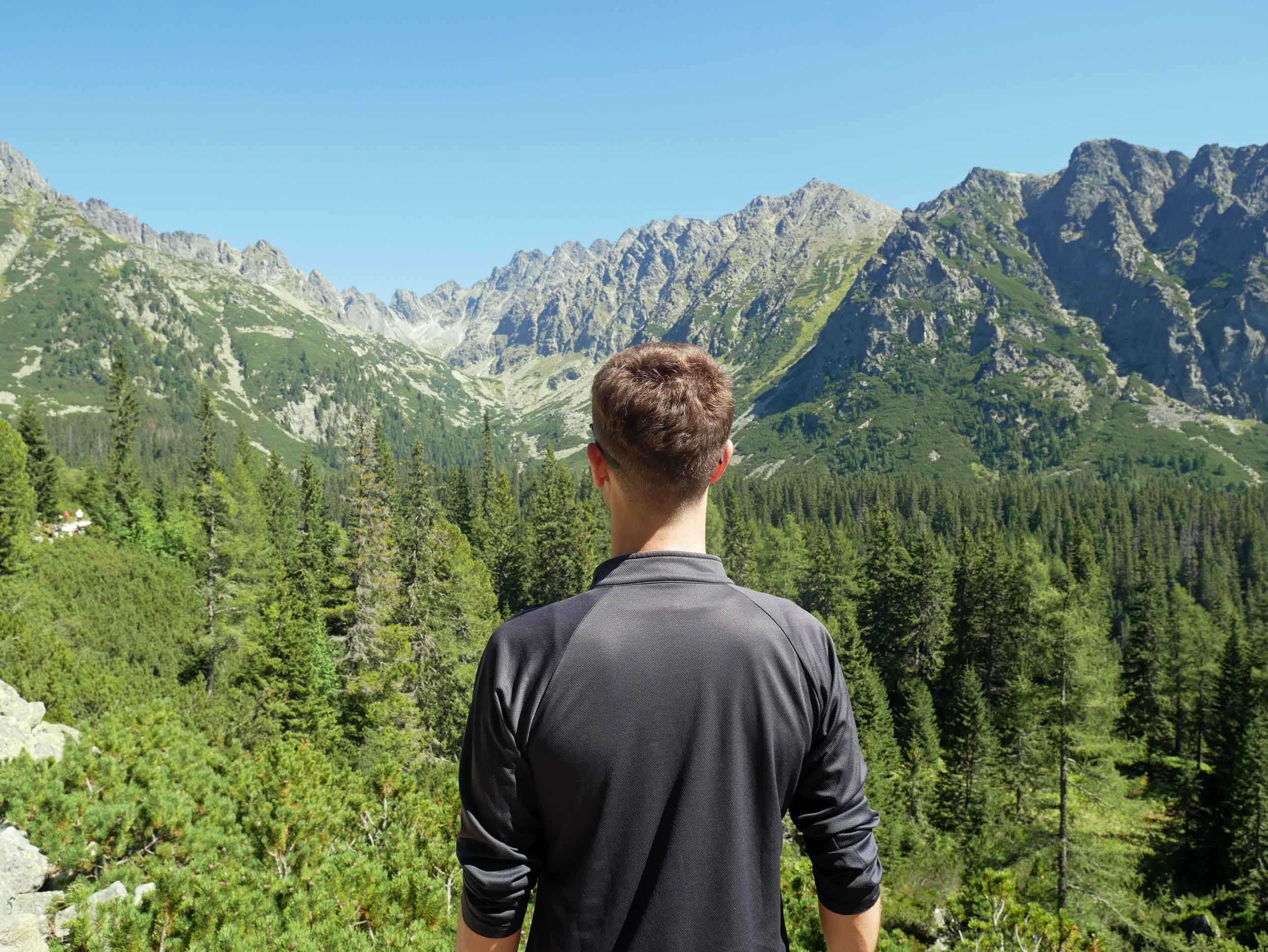
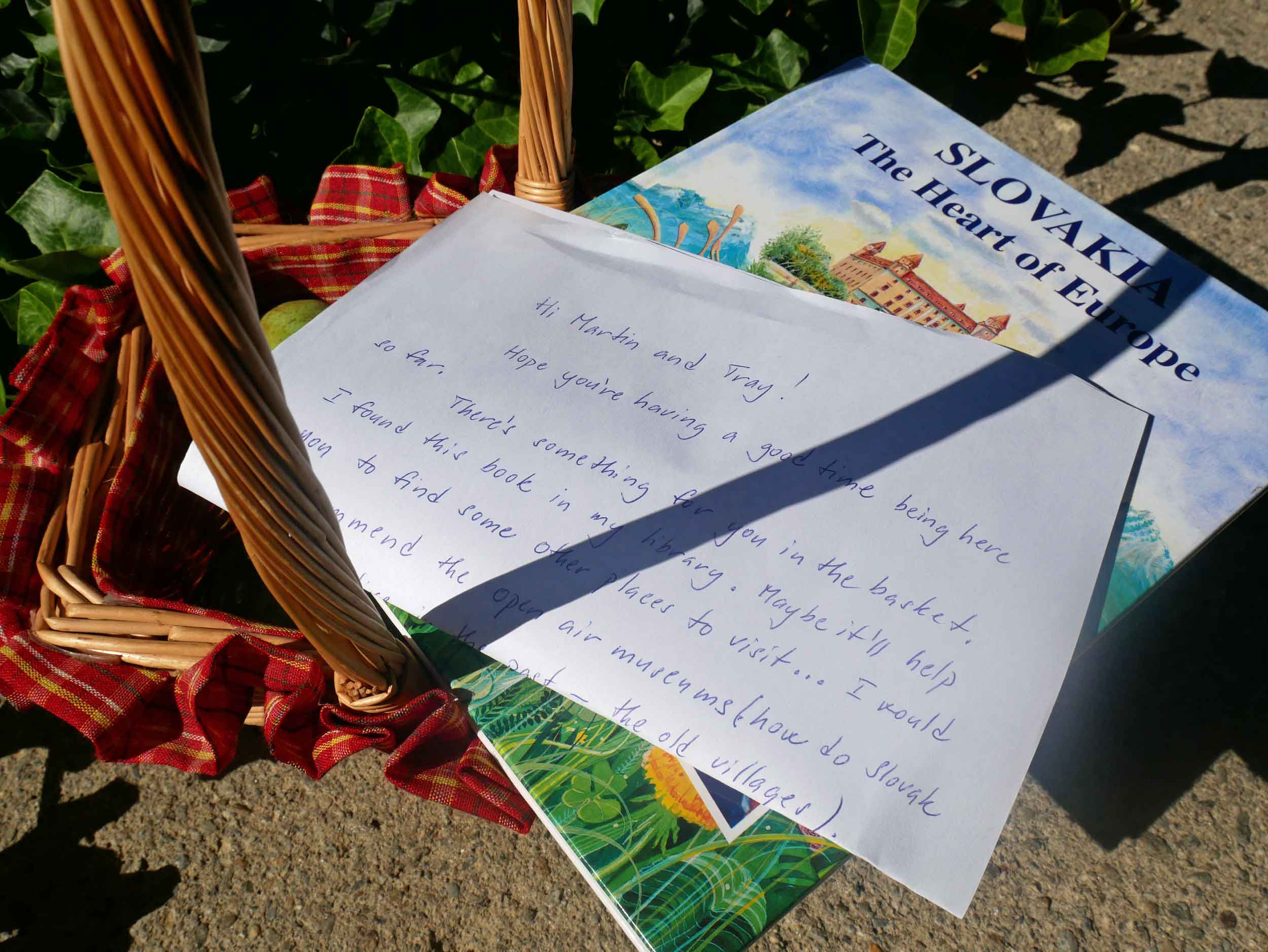
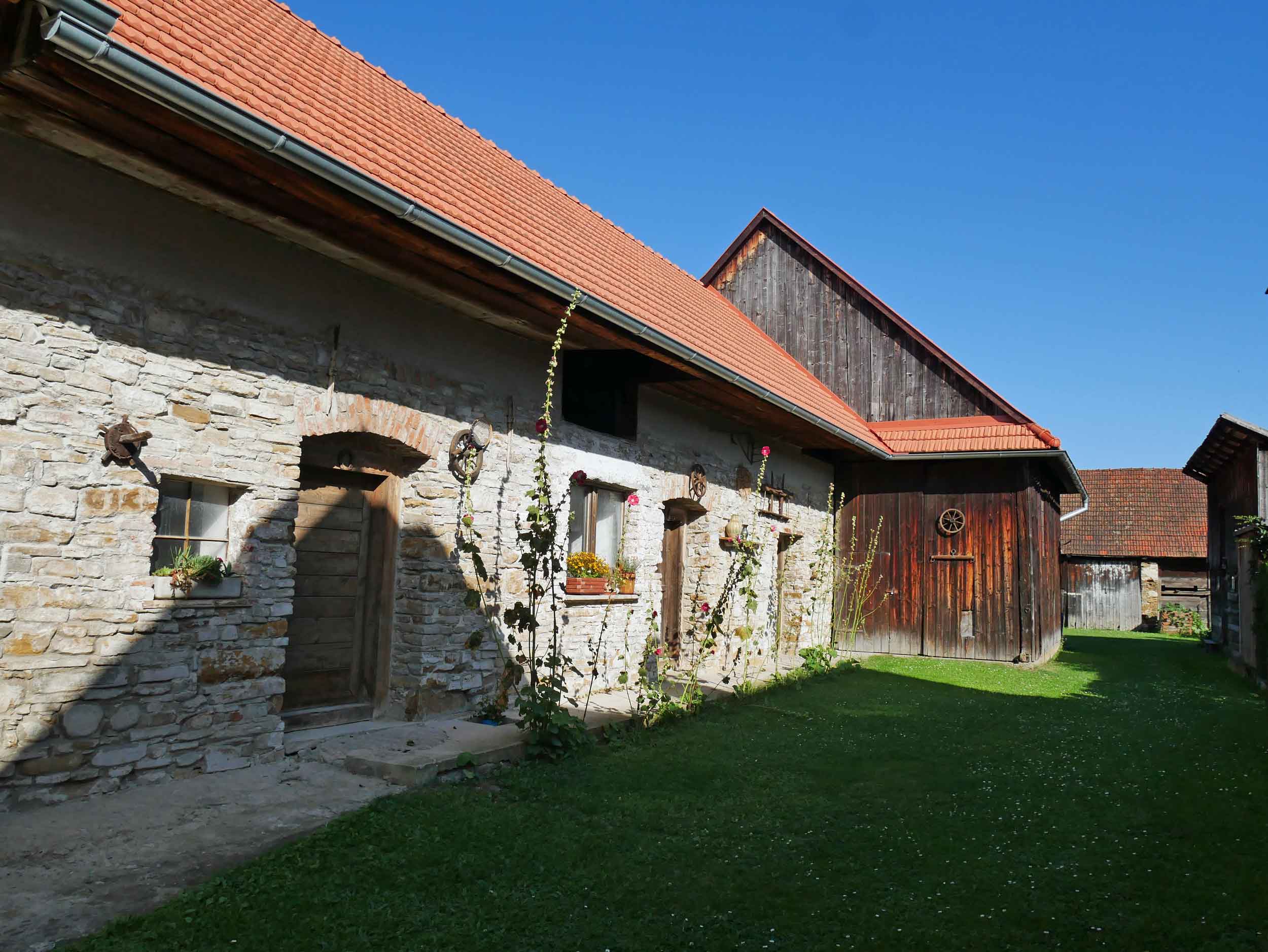
We hit the road the following morning, jumping back in a car, to explore Slovakia’s central north and its famed Tatra mountain range, part of the Carpathian Mountains. Here, in the small mountain village of Smrecany, we settled in to an Airbnb for a few days, using its central location to hike a few of the many trails in both the Western and High Tatras. While the scenery on our walks was evergreen and craggy (even the high mountain rocks were thick with a pale green moss), we were slightly confused to see and hear logging within this nationally protected area. (Turns out, the national park is under fire for allowing this to take place on their watch and could potentially lose their standing.) Regardless of the unfortunate distraction, our time exploring another of Europe’s great mountain ranges was relaxing and refreshing as we convened with both nature and ourselves.
Annexing the Empire
From Slovakia, we turned north to cross the border into Poland, a longstanding sovereign state that stretches back to the 10th century. In Kraków, we landed at a mid-century style apartment within Grzegórzki Zachód, whose residential vibe was an escape from the many hotels and tourists in the city’s center, yet still easily accessible. On our first evening, we strolled through Kazimierz, the restored former Jewish Quarter, which has been home to this population for more than 500 years, and over to the Wawel Royal Castle and Cathedral with its hodgepodge of Romanesque, Gothic and Renaissance architecture styles. Overnight, the stifling heat of the city broke with booming thunderstorms, and on the lovely (if not chilly) day following, we visited St. Florian's Basilica, the former home church of Saint John Paul II before his Papal appointment, as well as the historic city gates and sprawling Kraków Town Square, dotted with merchants and markets as if times had never changed (although former stalls of ironworks and wagon wheels have now been replaced by iPhone covers and toy spinners for sale). Home to the famed Jagiellonian University, one of the oldest colleges in the world, Kraków has a youthful spirit with many bars and restaurants, cafes and bookshops located throughout the bustling city.

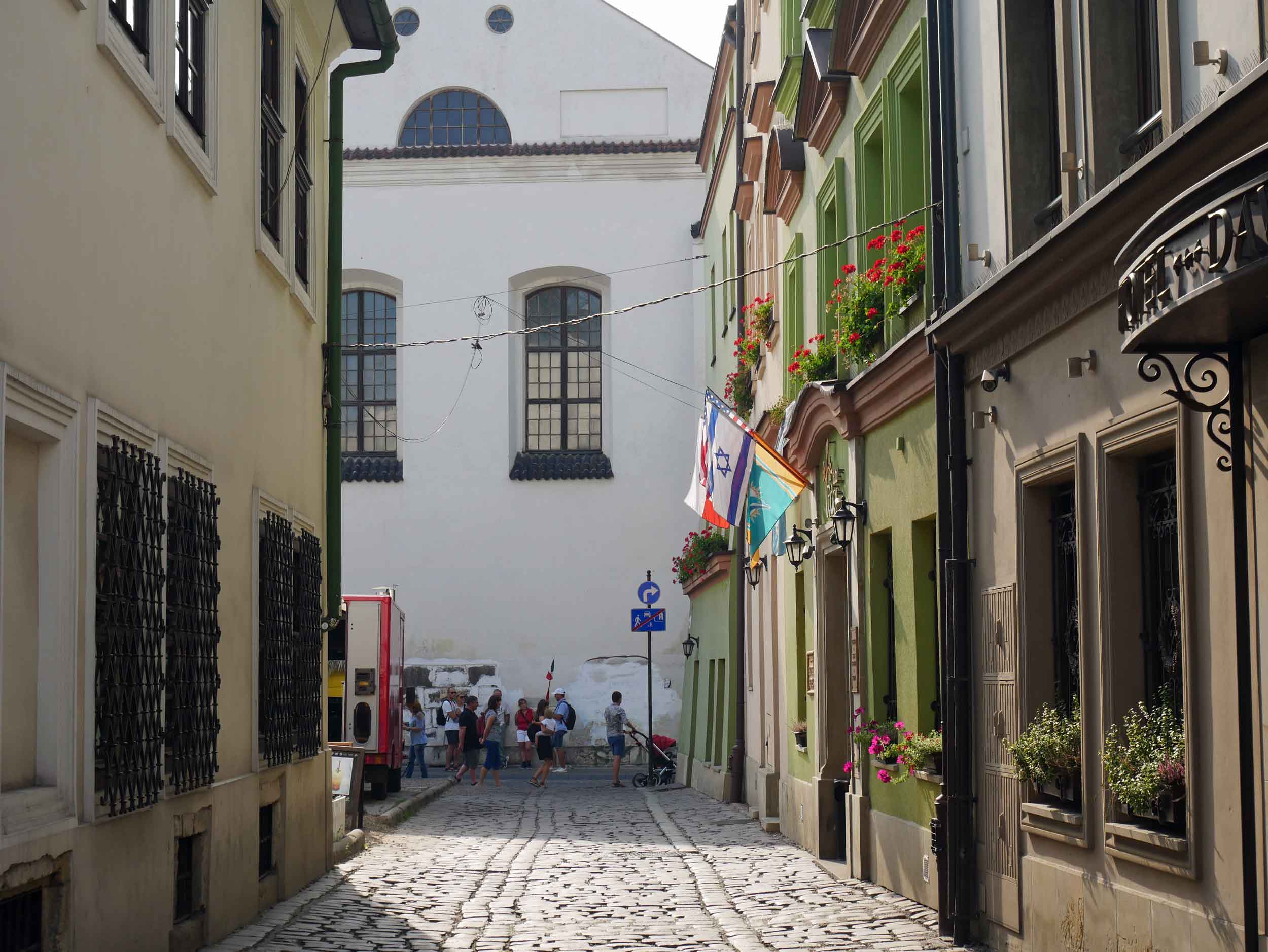

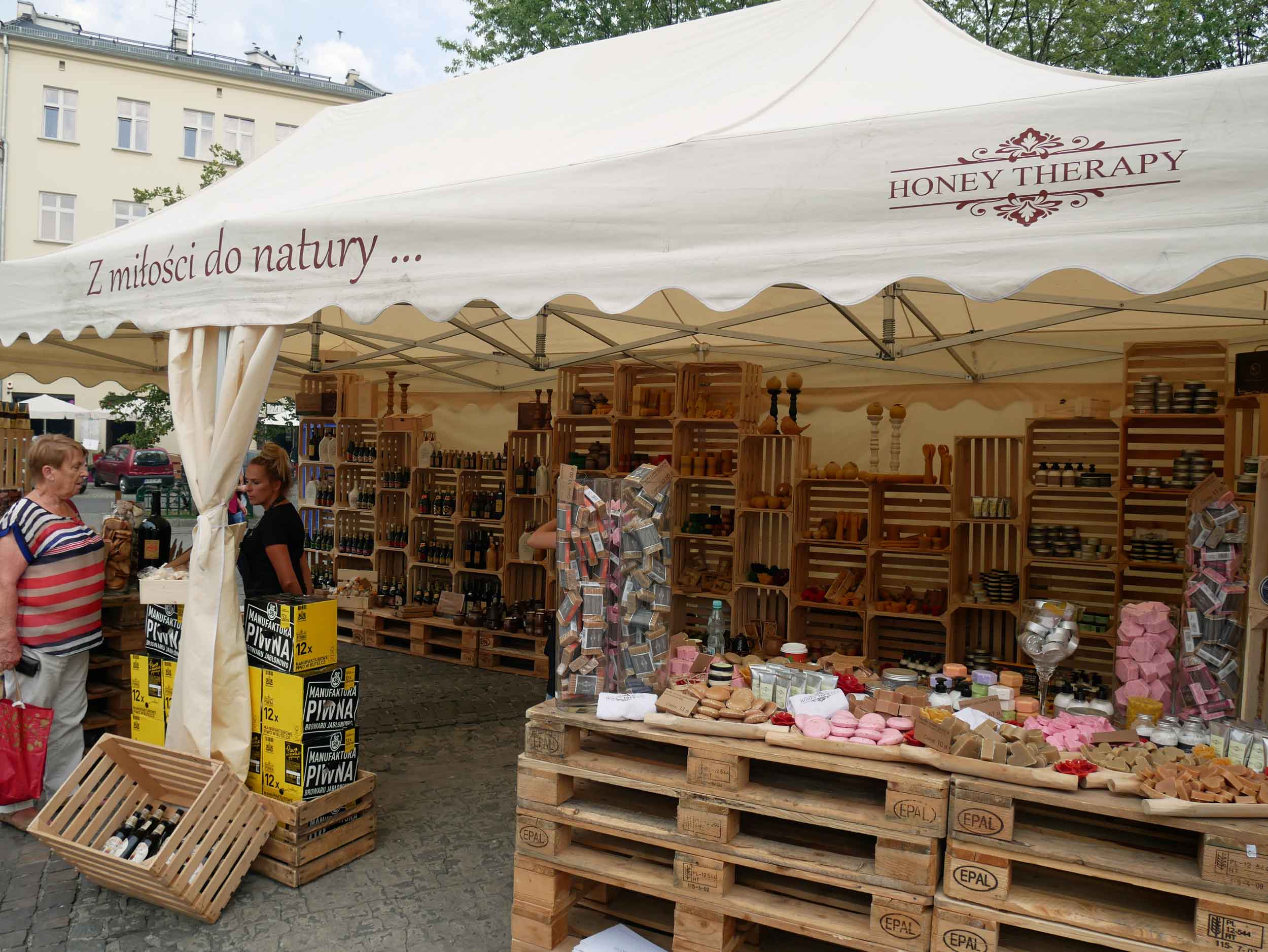
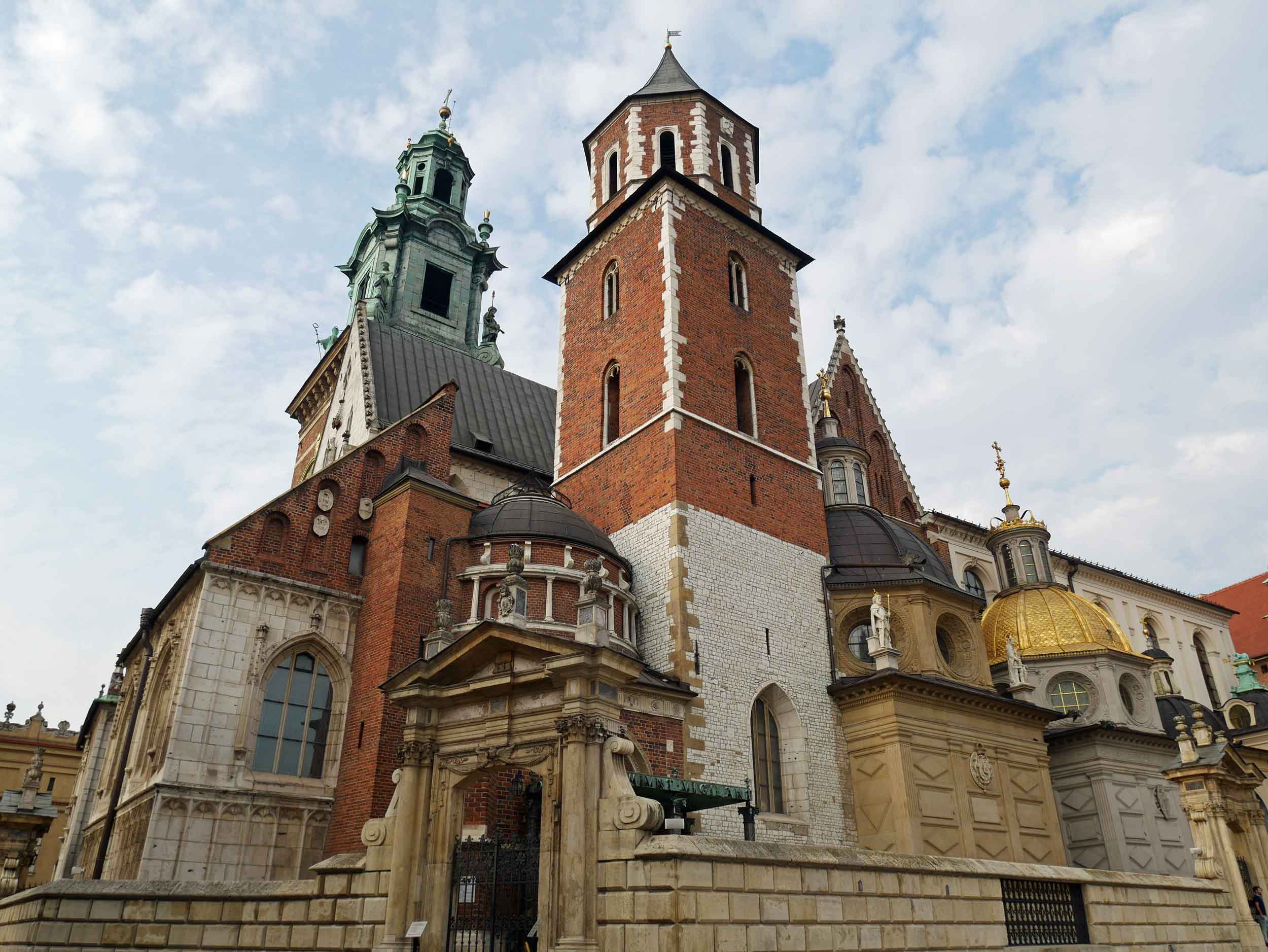

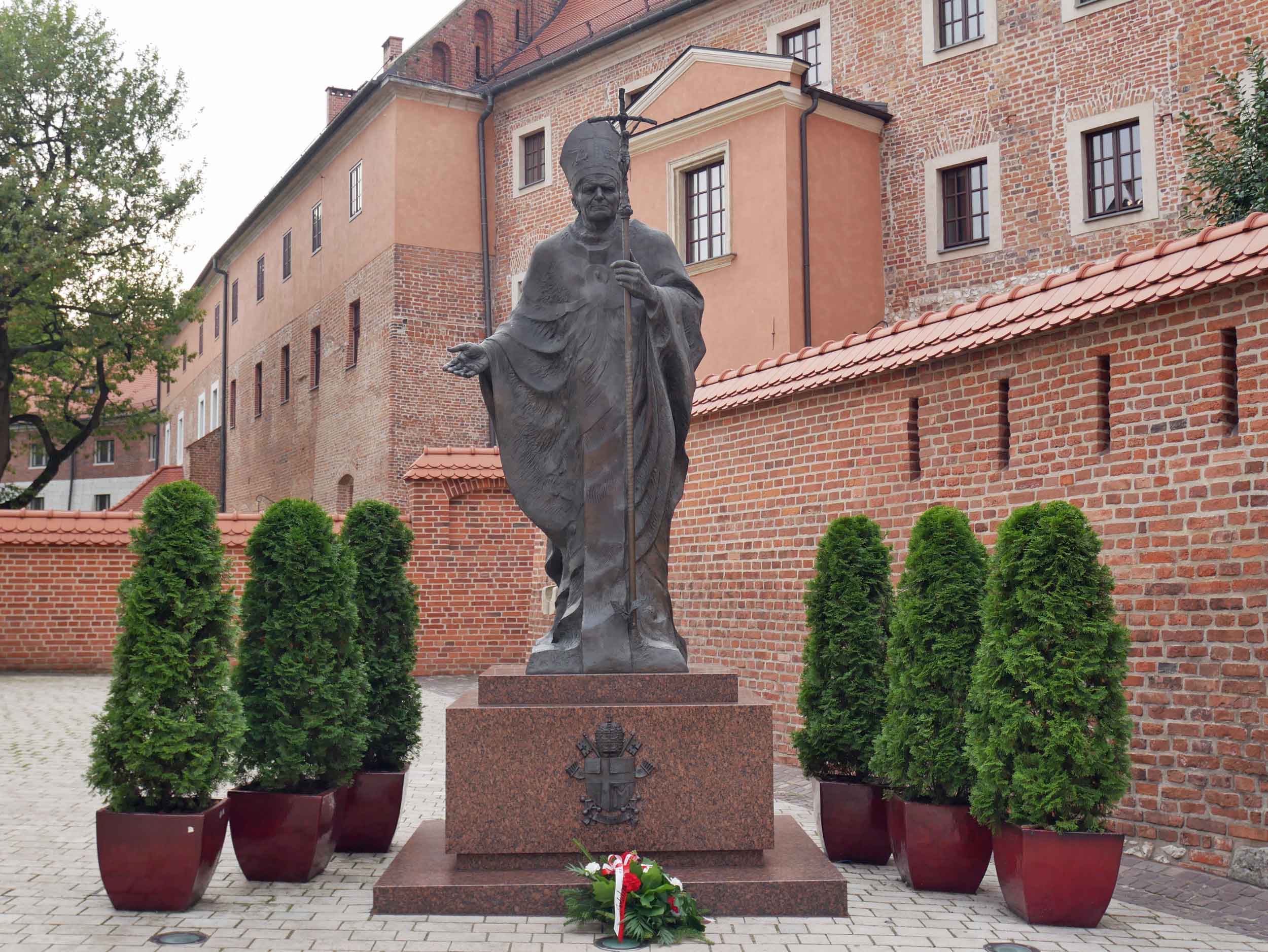
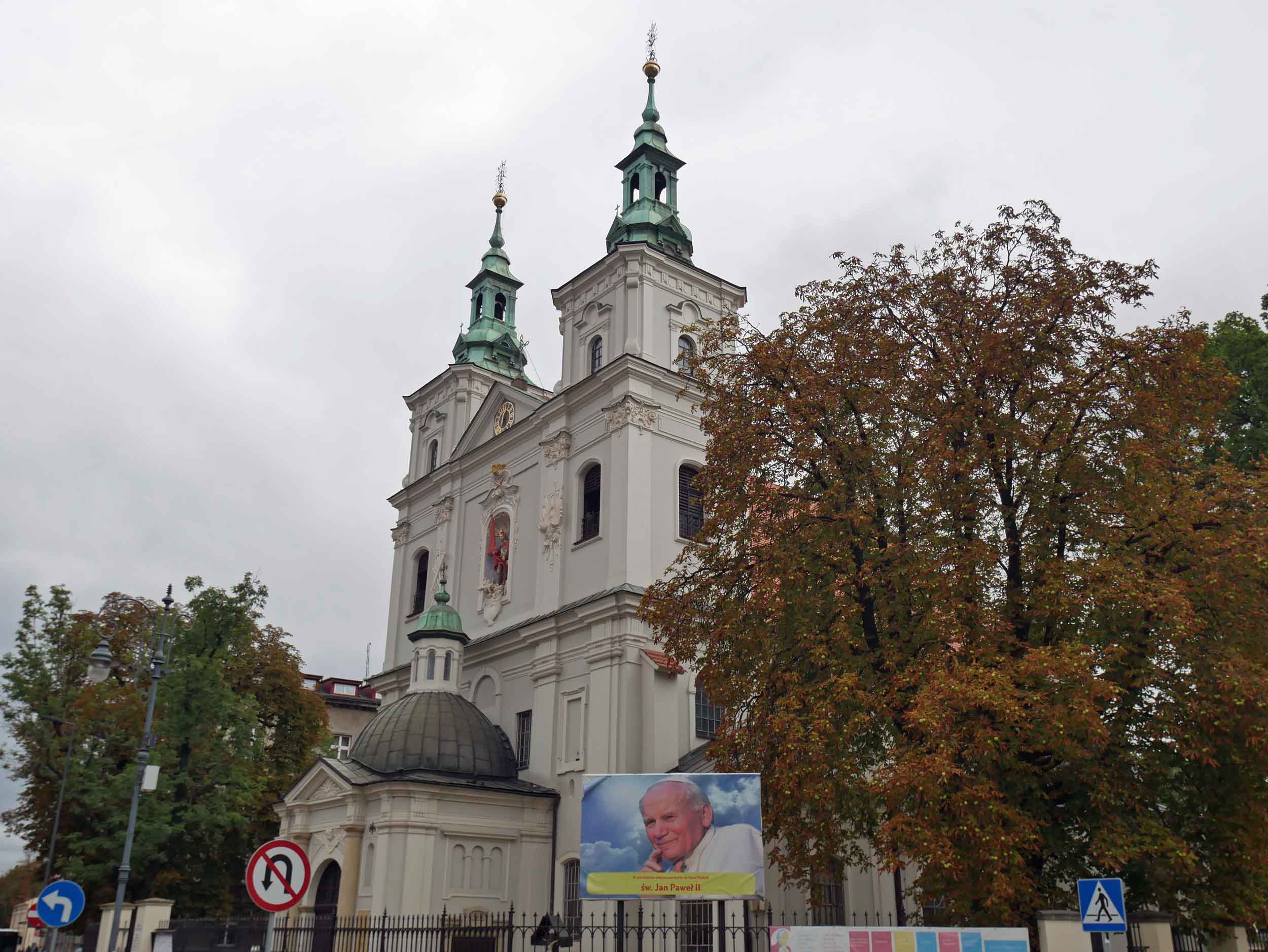
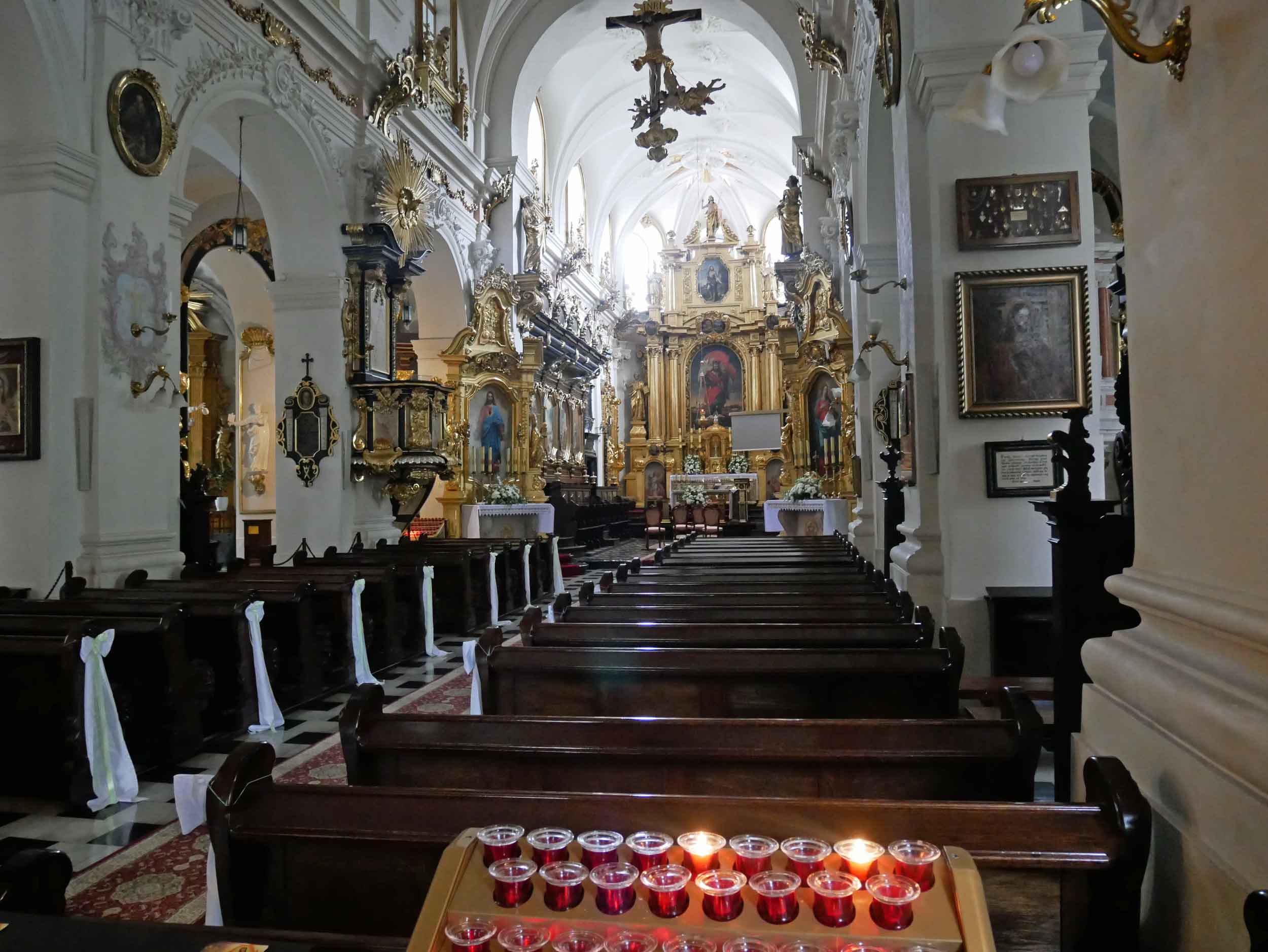
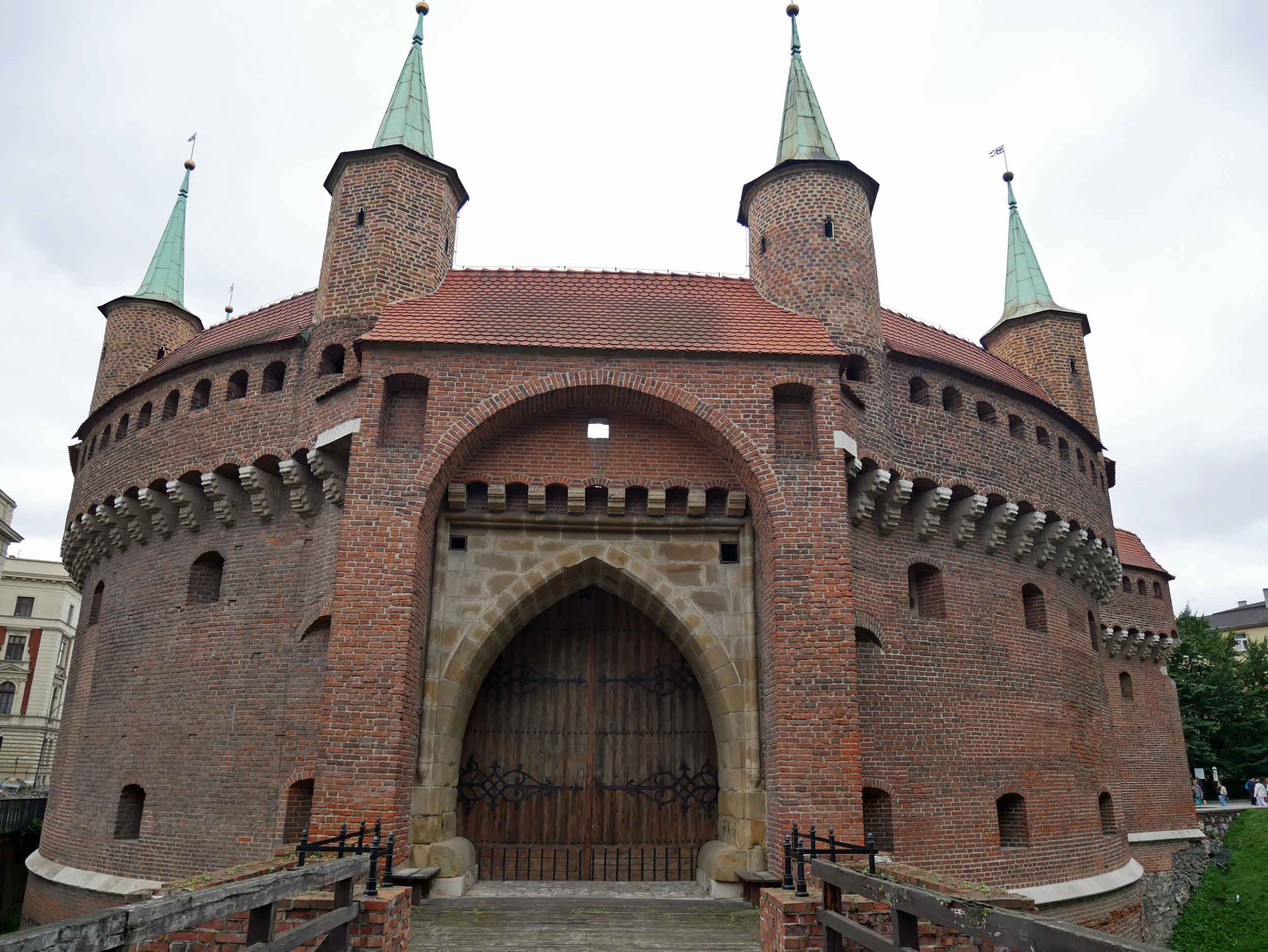
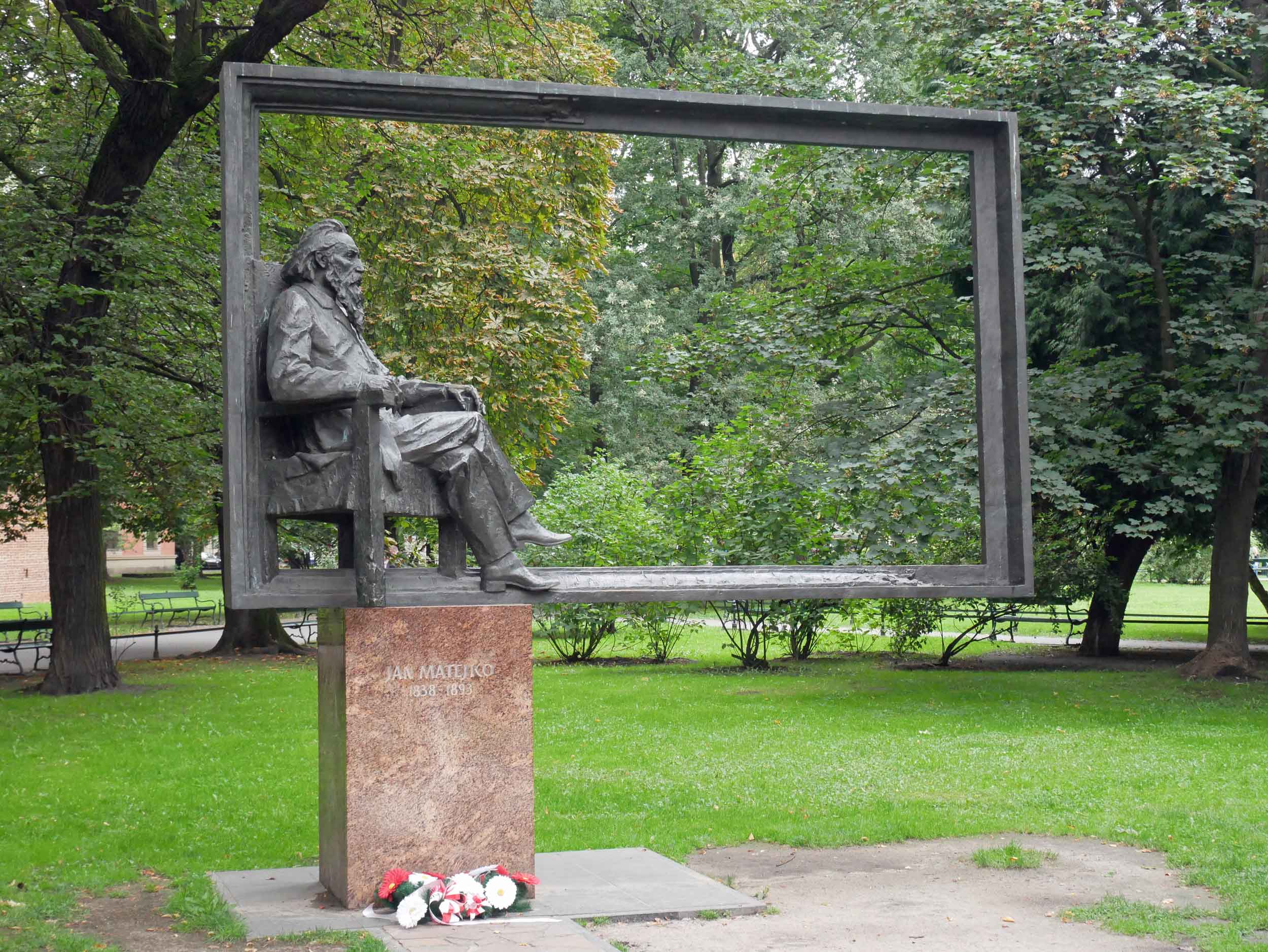
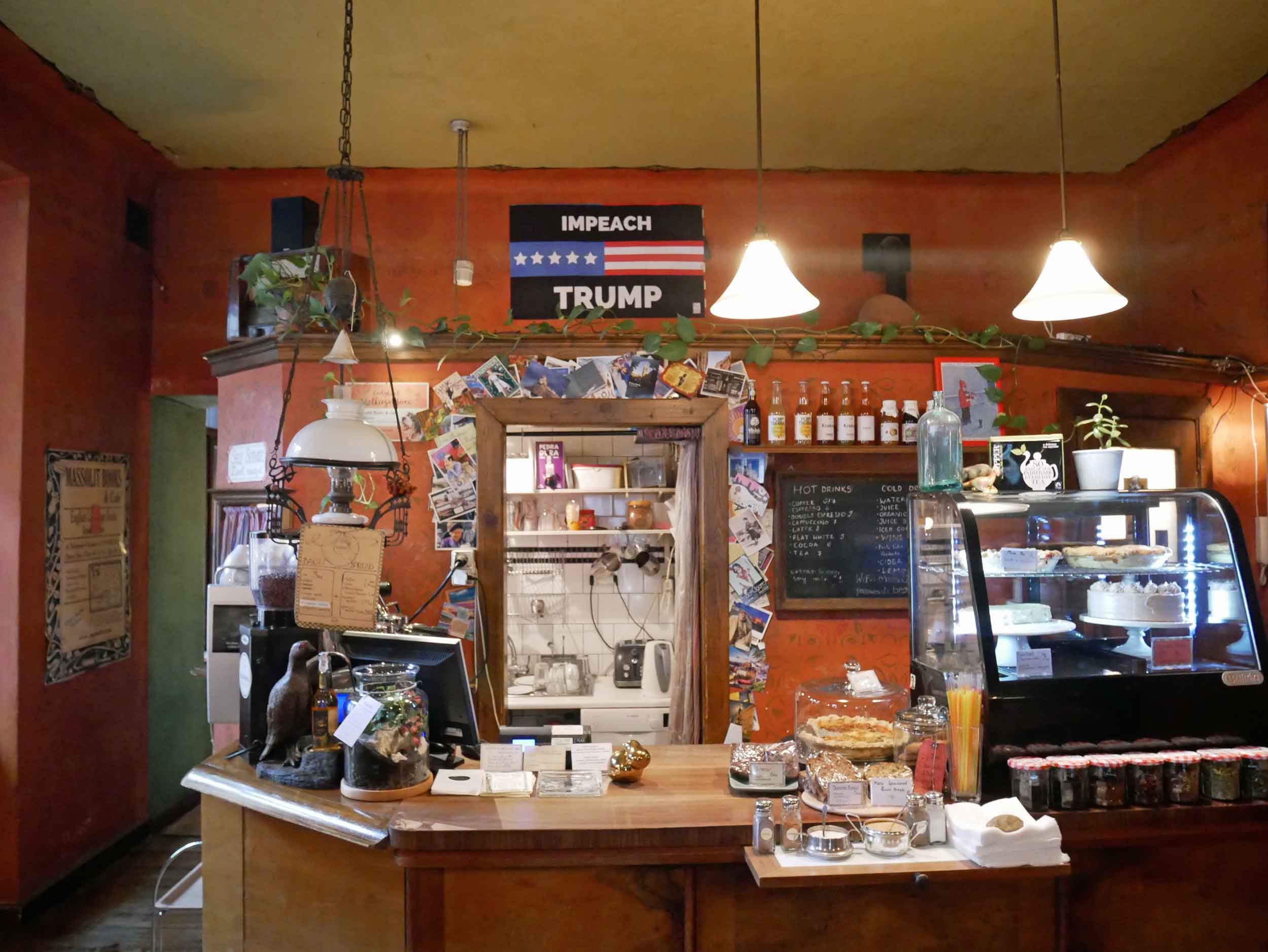
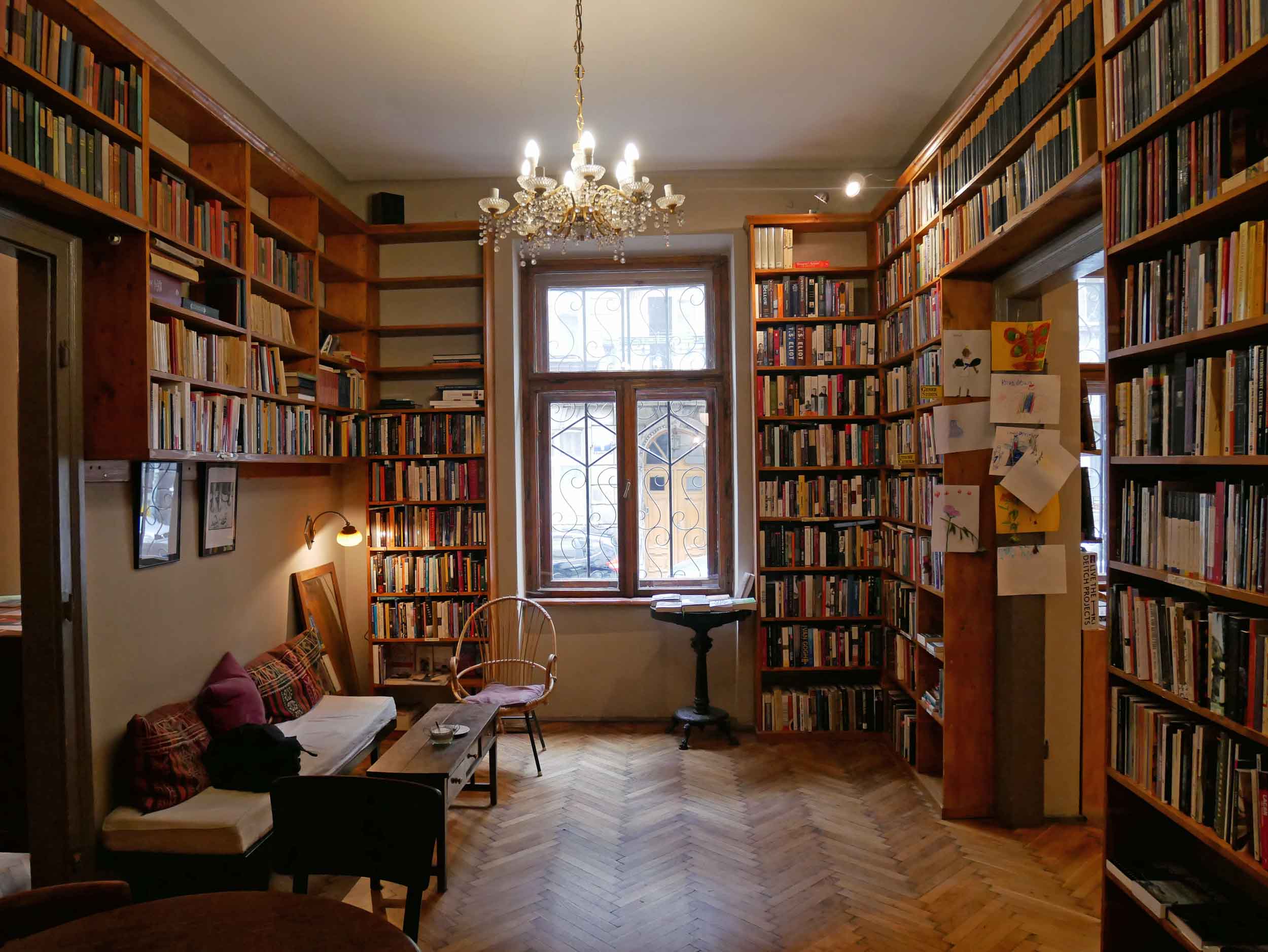
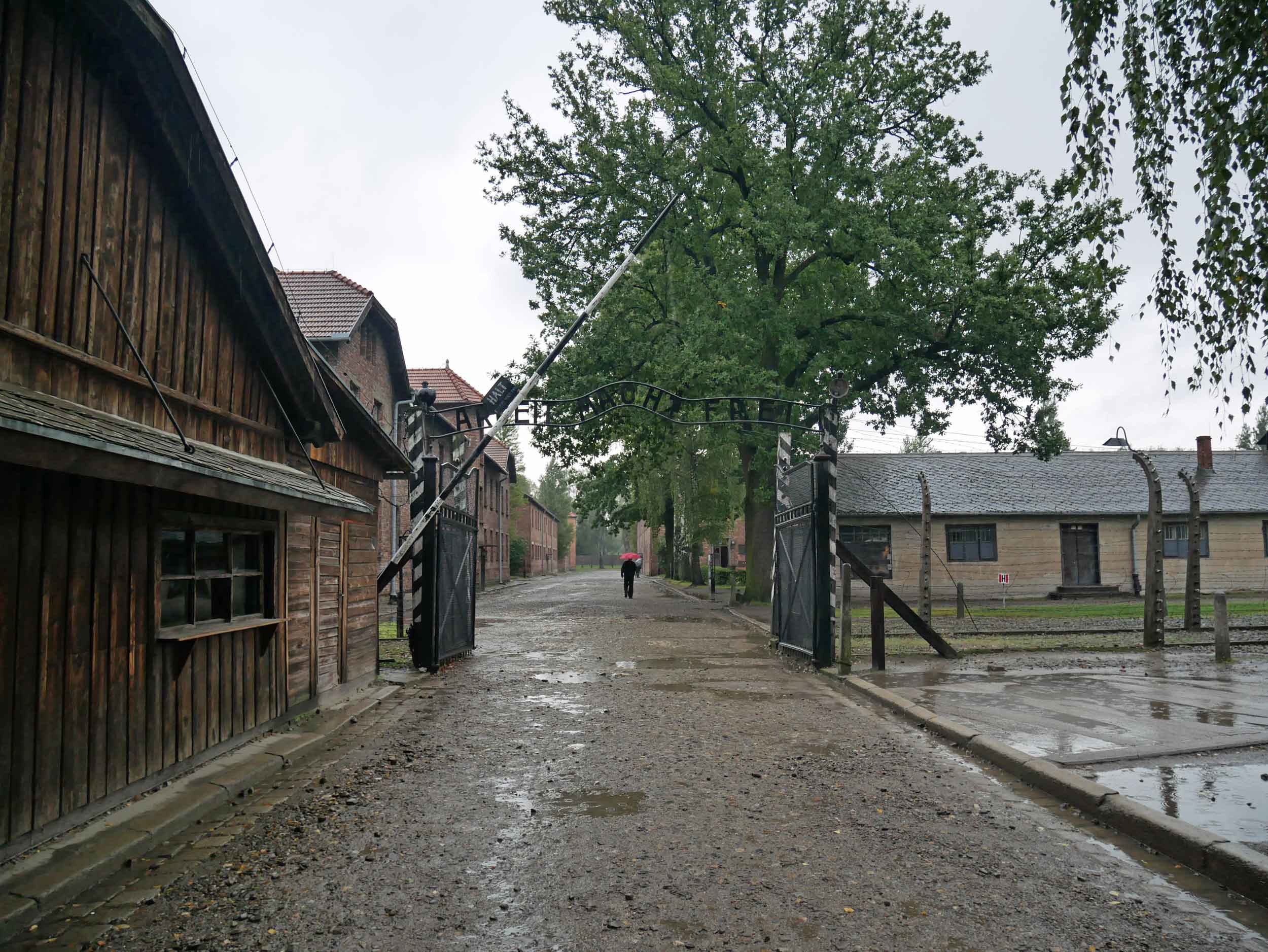
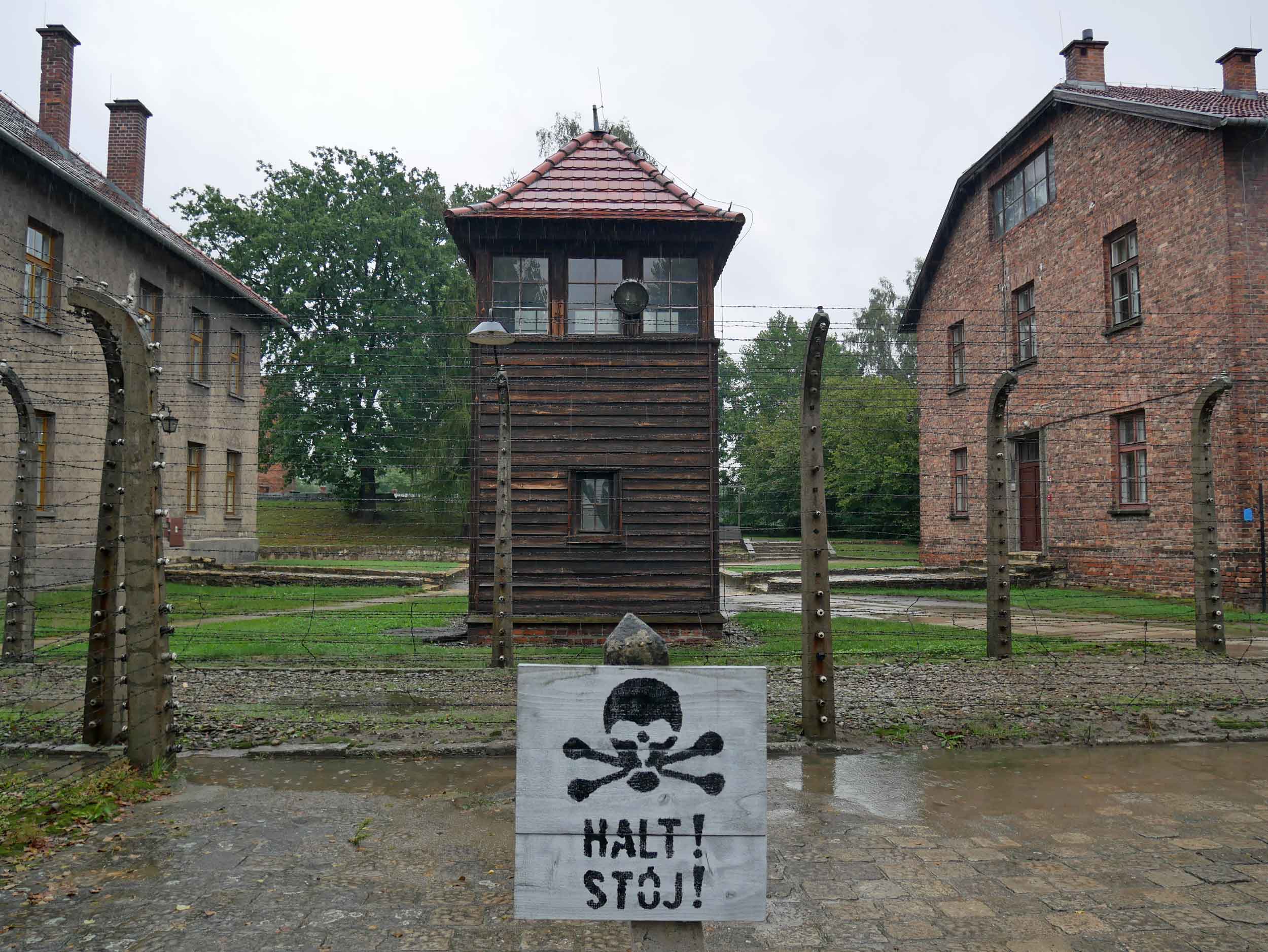
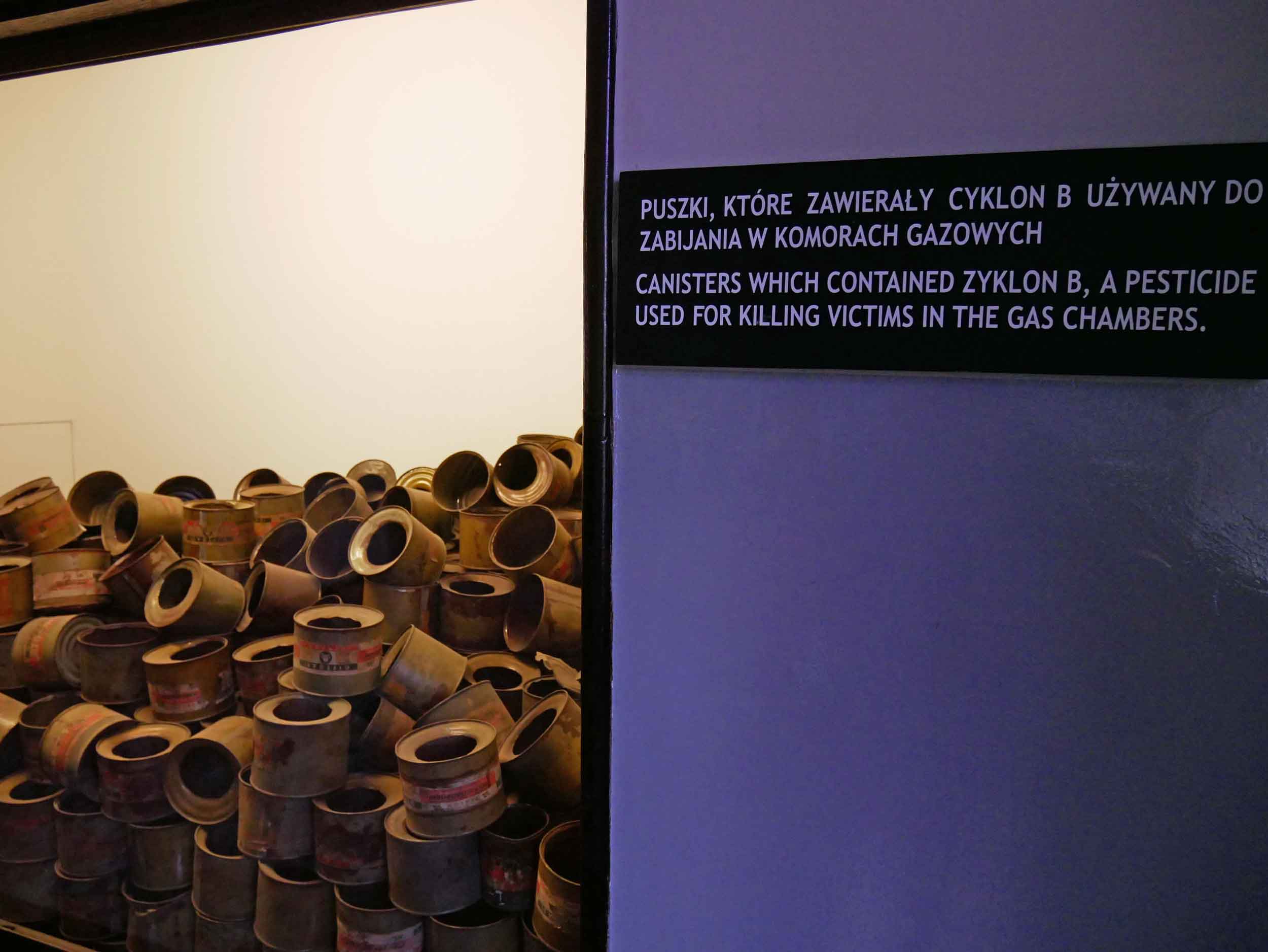
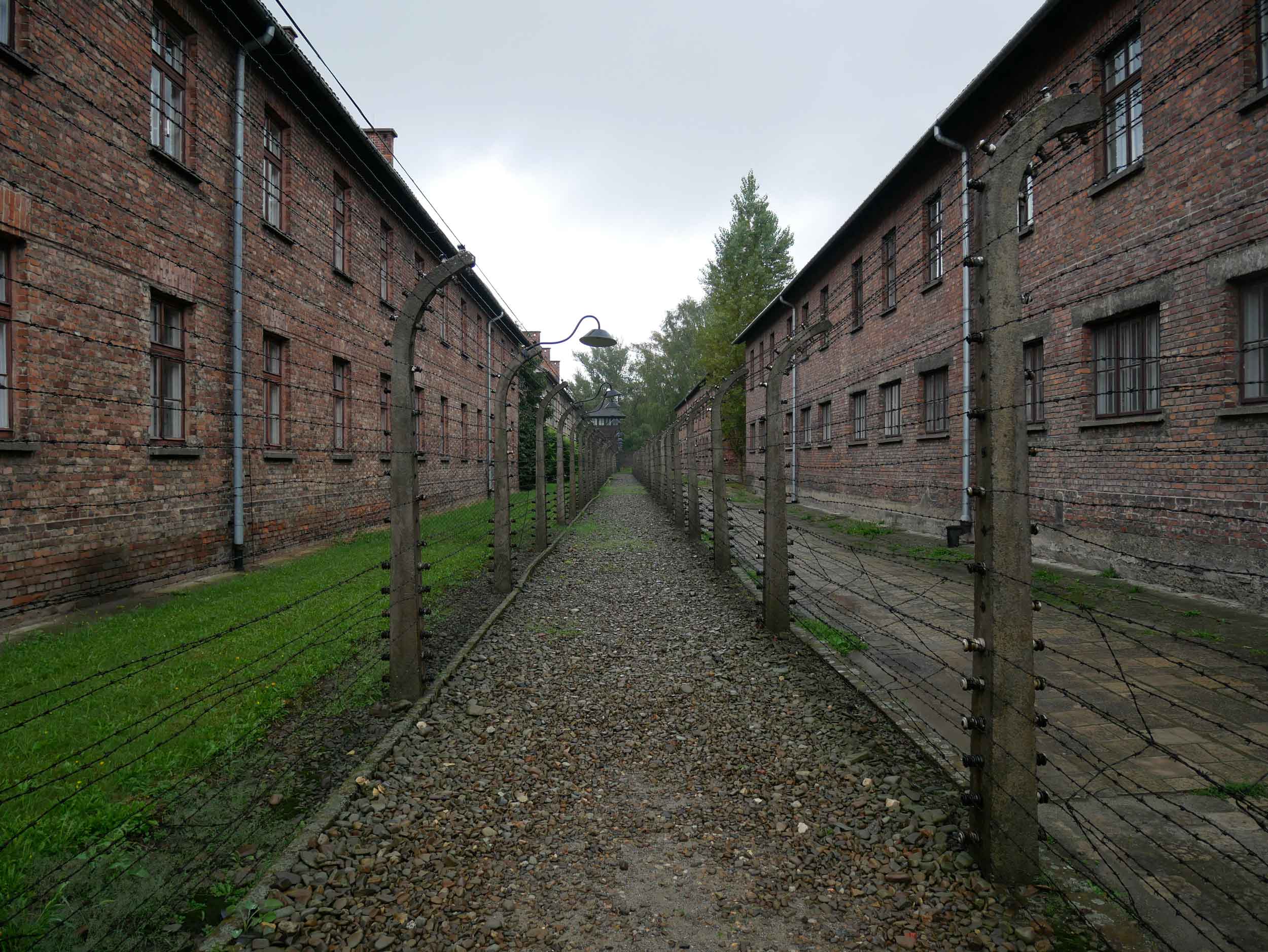
The weather turned grey and cold in the evening, with rain moving in overnight, matching the solemn mood for our next day’s journey to that barbed and bricked reminder of a horrific and sad time in our world, the Auschwitz concentration camp. Rain poured down as we toured the former Nazi extermination prison, responsible for more than one million deaths during the Holocaust, and the weather only seemed fitting as we attempted to understand (but, how could we ever?) the heinous actions of those who either perpetrated - or were simply complicit by their in-action - while other humans were jailed, tortured and murdered in mass. The mood was certainly heavy as we felt the collective pain of the camp, coming to an emotional denouement as we entered Block 11 and traced the sad steps of so many of the doomed and departed from dark prison cell to public changing room (ladies to the left, men to the right) to the building’s courtyard with its infamous “death wall.” The blatant difference with us being that we were free to leave at any point, able to remove ourselves from the uncomfortableness of our experience—just as we would soon slip out of our rain-soaked jackets—but never able to forget the agony of so many at the brutal hands of humanity.
Checking Out the Czech Republic
From southwestern Poland, we entered the Czech Republic, still somewhat dazed from what we’d just witnessed, but the sun’s late-morning appearance soon helped lift our moods. After crossing the border, we stopped in Olomouc for coffee and a quick tour of this historic village, including its uber-cool astronomical clock on the side of the old Town Hall. By mid-day we arrived to Brno, the largest city in the country’s east, often compared to its more famous northern neighbor, Prague, with equally splendid architecture and a young, urban vibe. As dusk fell upon the Czech countryside, we made our way to the small village of Radějov, popular for agri-tourism and wine-making. In this little hamlet, we rested for a couple of days in a small cabin on top of a steep, grassy hill, complete with a large covered terrace and delightful outdoor shower as nature and wildlife (including a few domesticated species) lived on all around us.
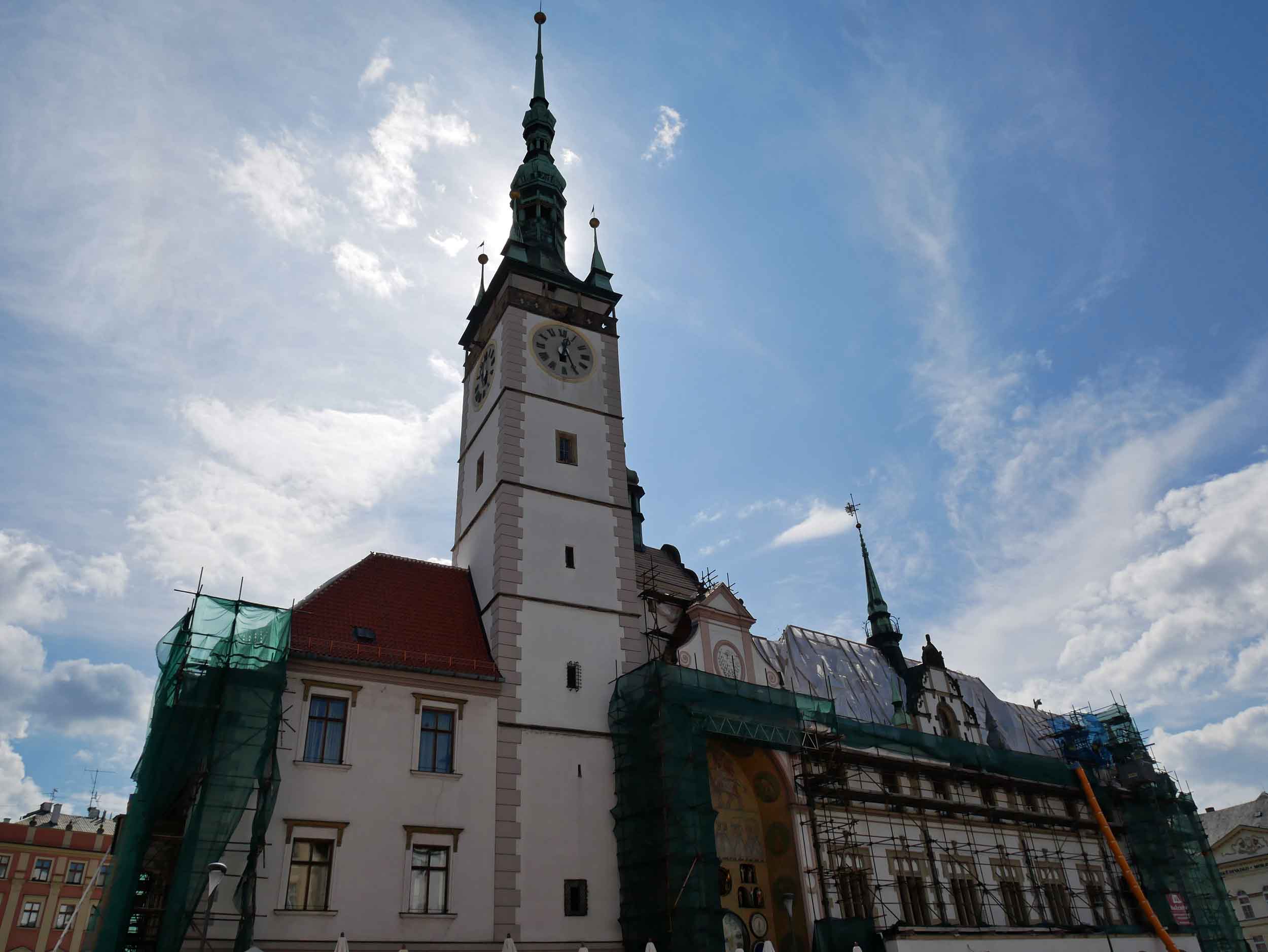
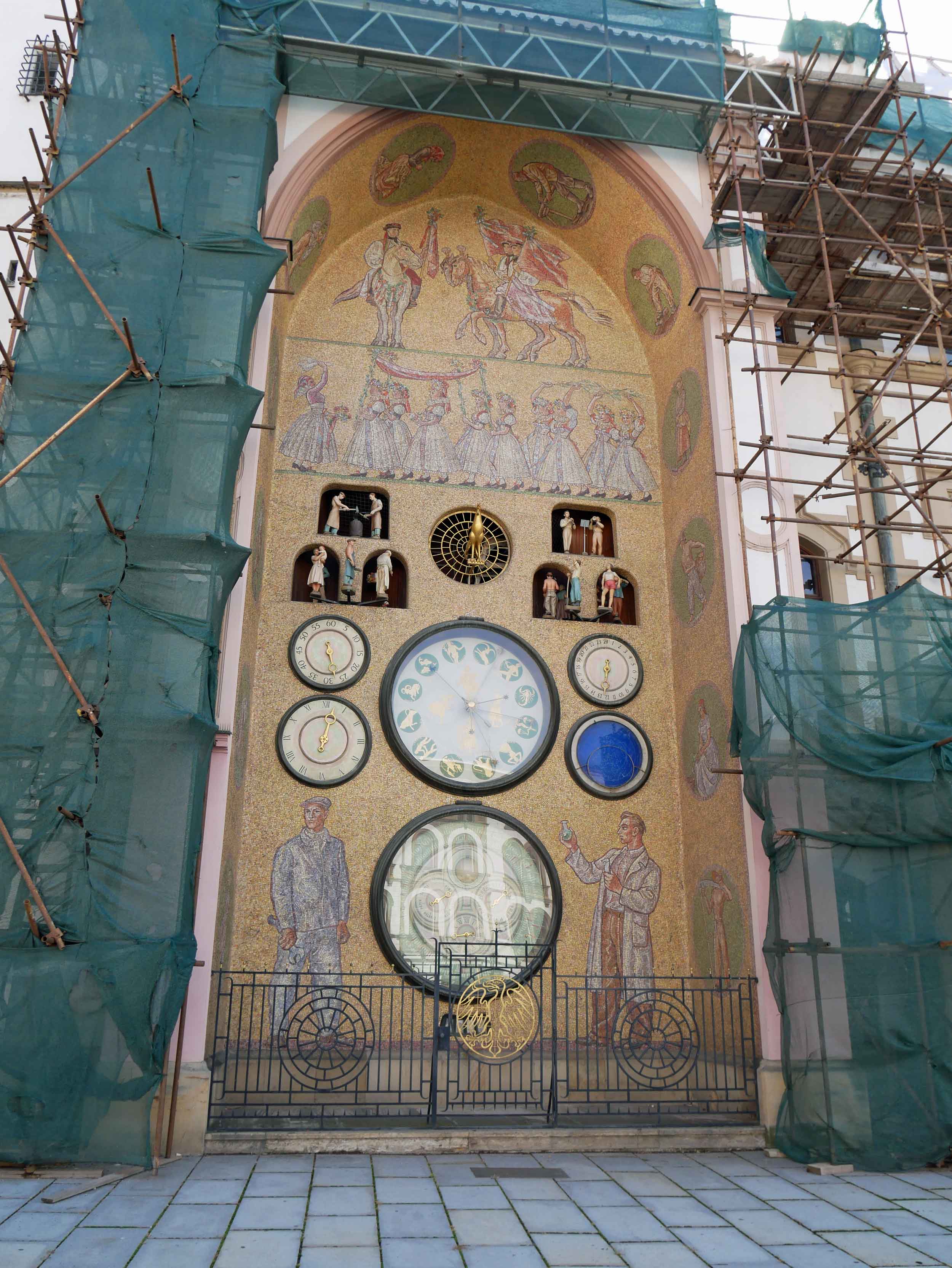
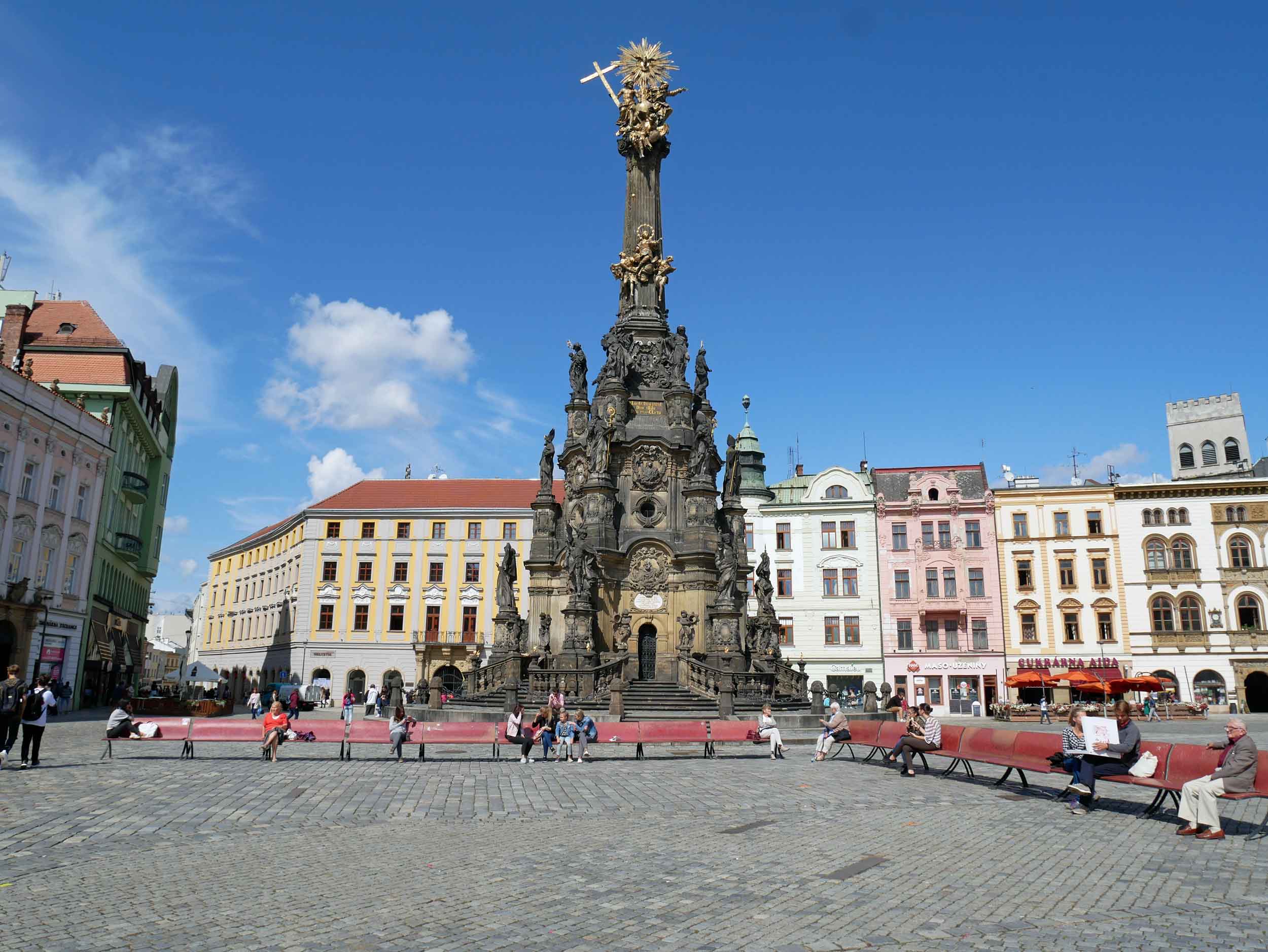
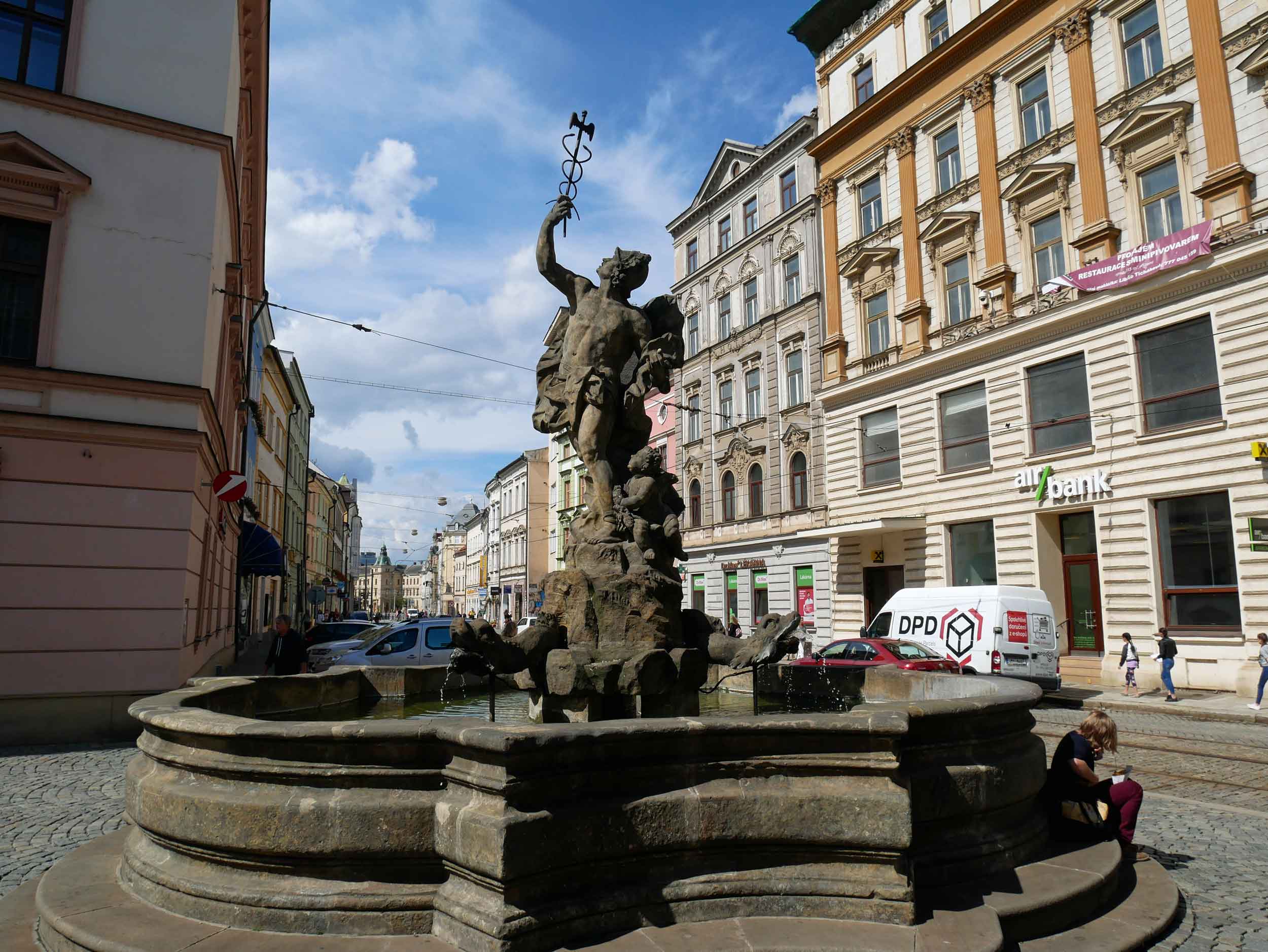

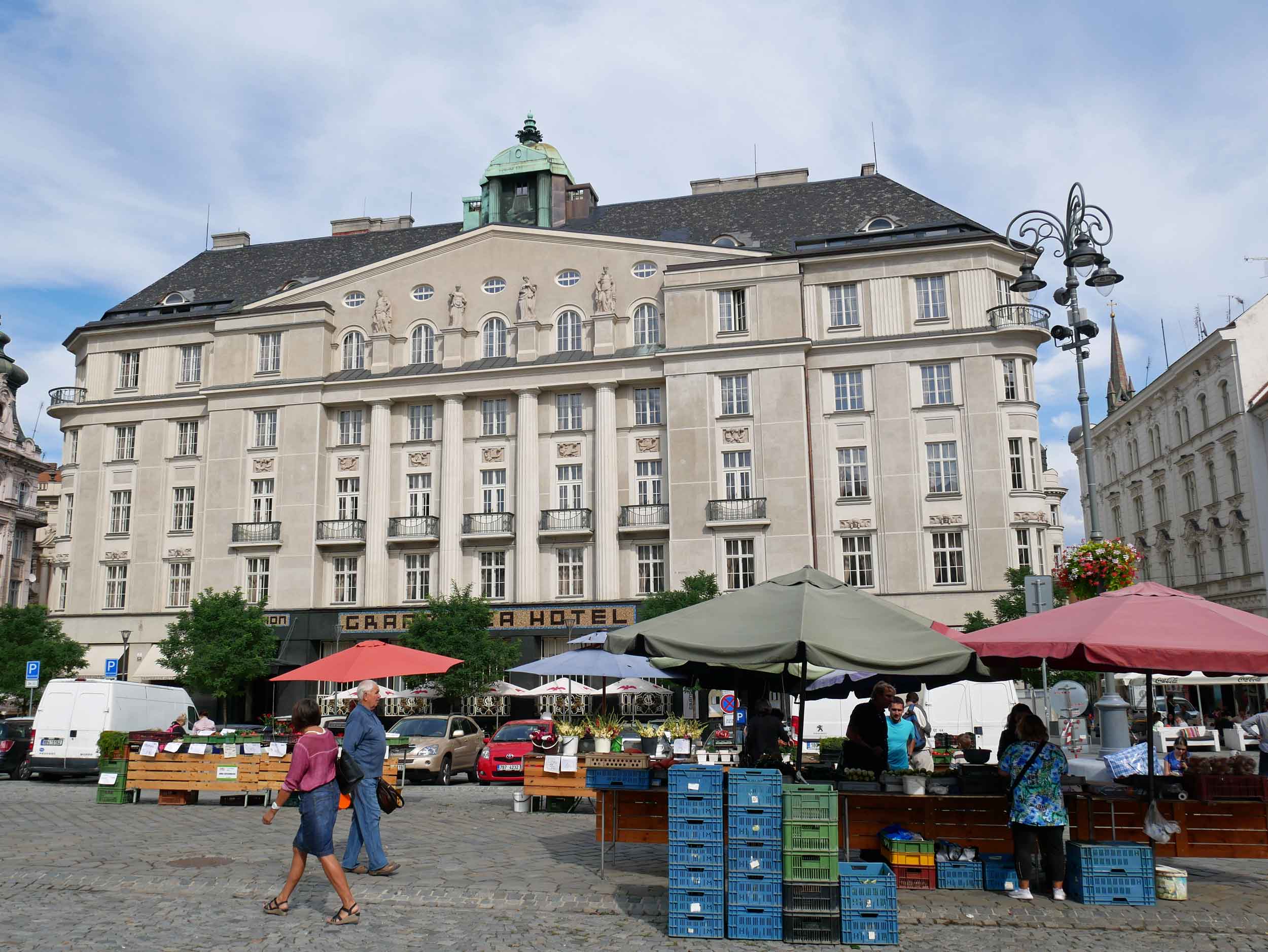
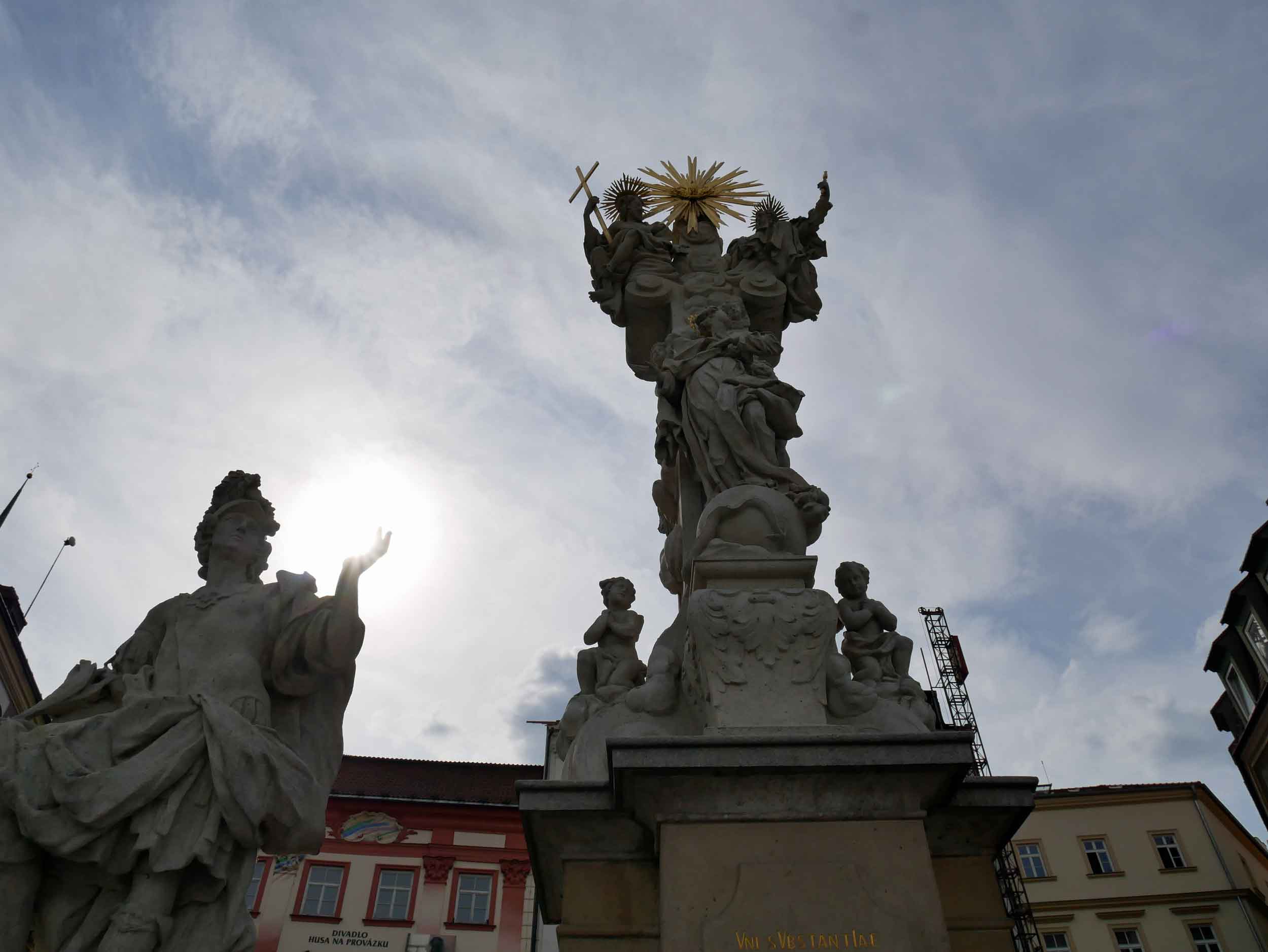
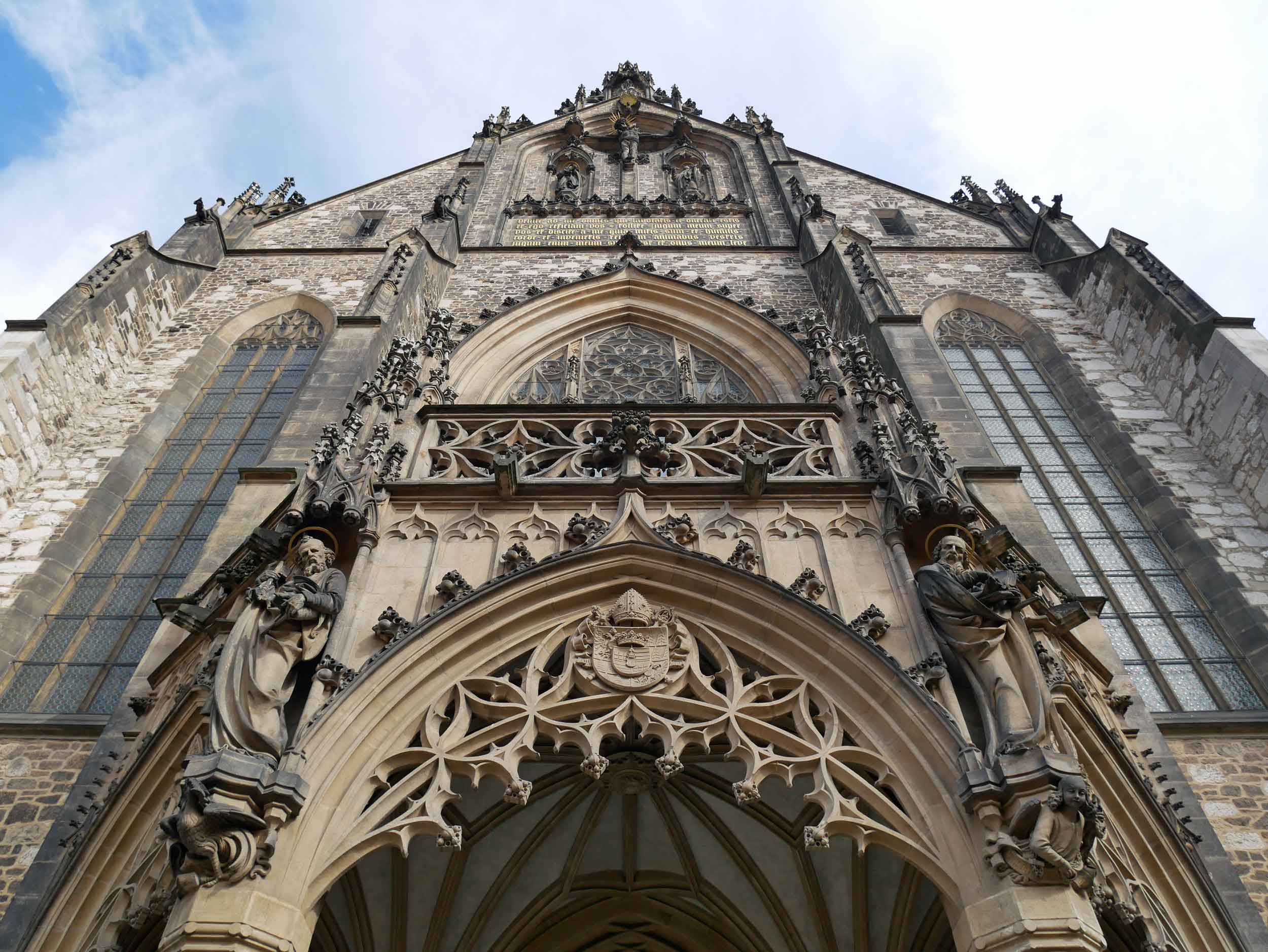
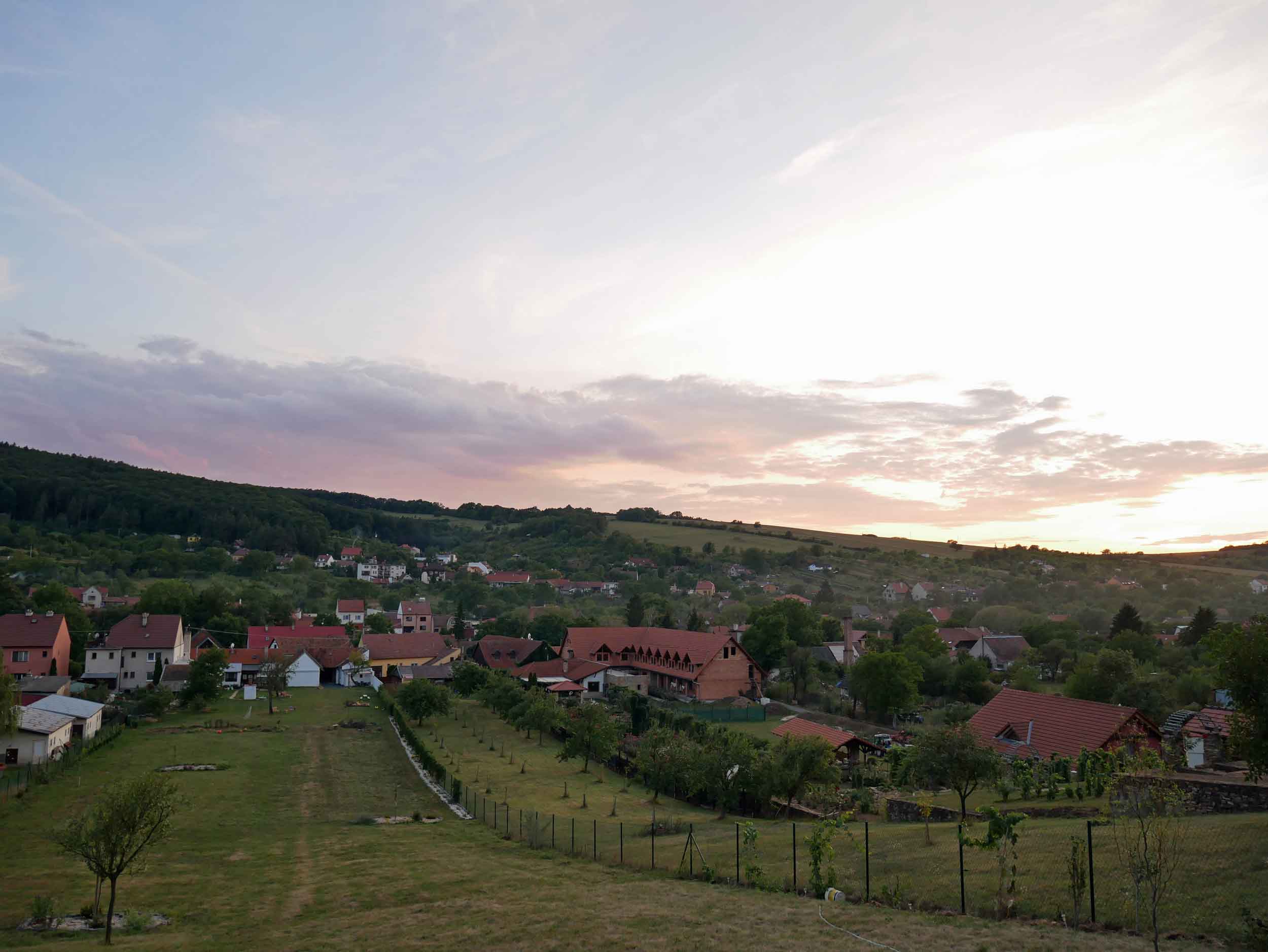
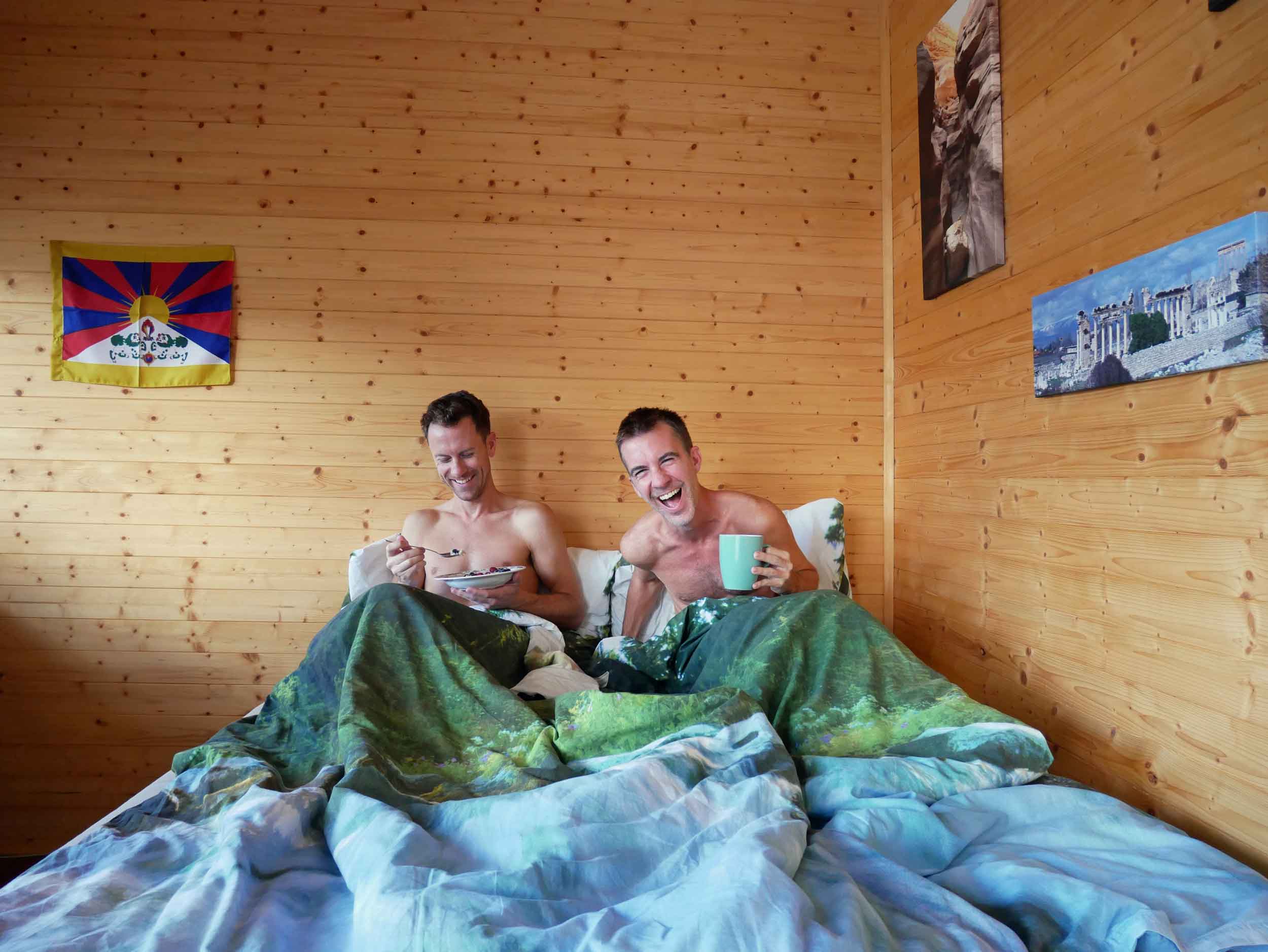
Auf Wiedersehen, Austria
Just as we had begun our Central European journey with the region’s cultural design capital in Hungary, we ended our time in Vienna, its beautiful and sophisticated sister city and former co-capital of the Empire. The birthplace of scholars, musicians, and other icons from history, Vienna has a storied past and a very modern present with café culture and creative design set amongst a mix of ancient architecture and shapely monuments. Returning to the Danube, we spent our day checking out the glorious city sights, such as Karlskirche (St. Charles Church) and St. Stephens in the Old Town, the famous and ornate Café Central, and the grand Parliament and City Hall buildings. We paused to sit amongst the lush roses of Volksgartan before trudging on to Hofburg Palace, the Museums Quartier and Nachmarkt, the capital’s largest marketplace. Throughout the day, however, we found ourselves relishing the city’s more progressive fare, scoffing down vegan burgers at Swing Kitchen, sneaking famous Vienna cakes (gluten-free!) at Simply Raw Bakery, and sipping oversized cups of Grandma’s Tea at quirky Vollpension.

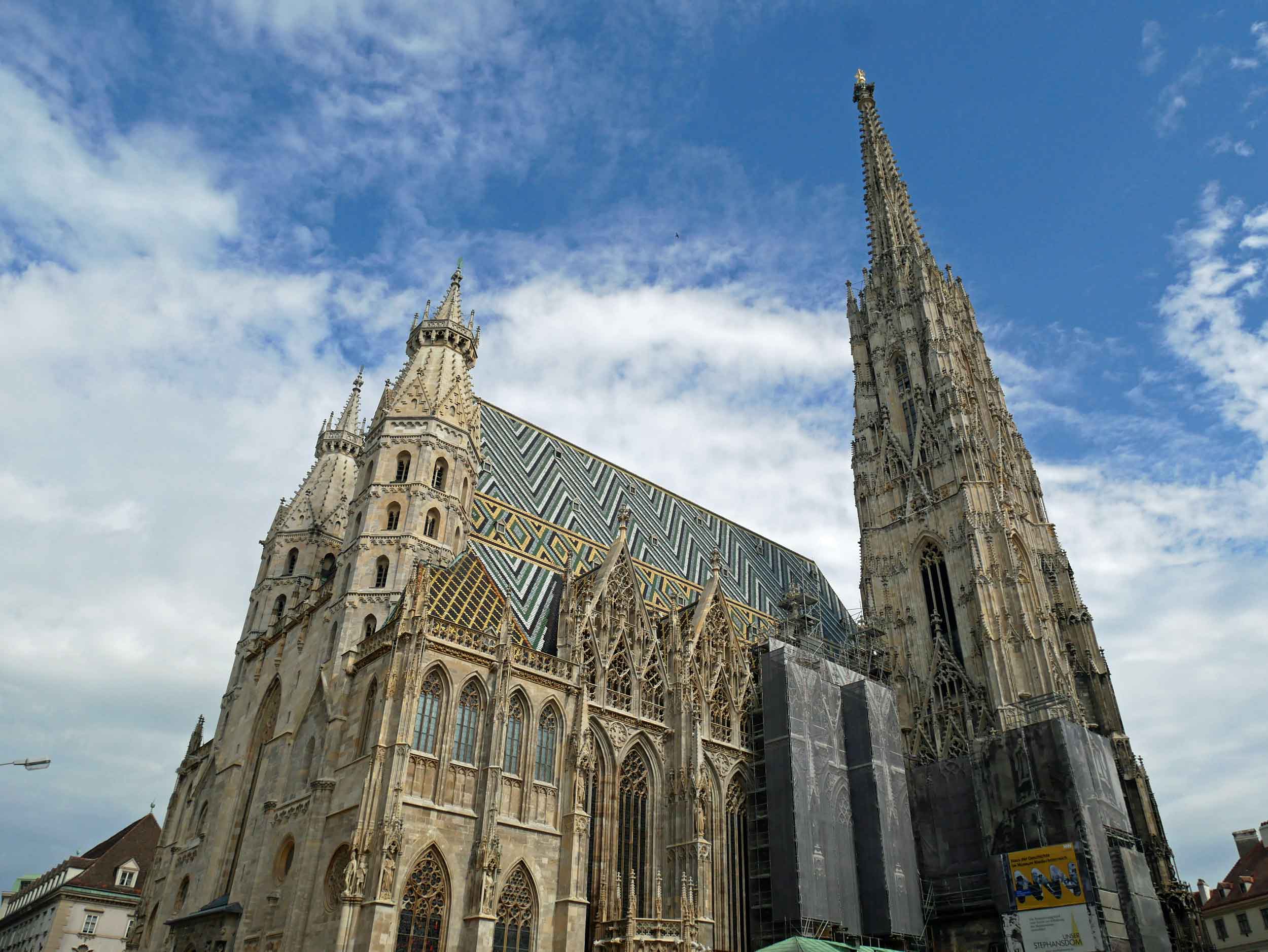
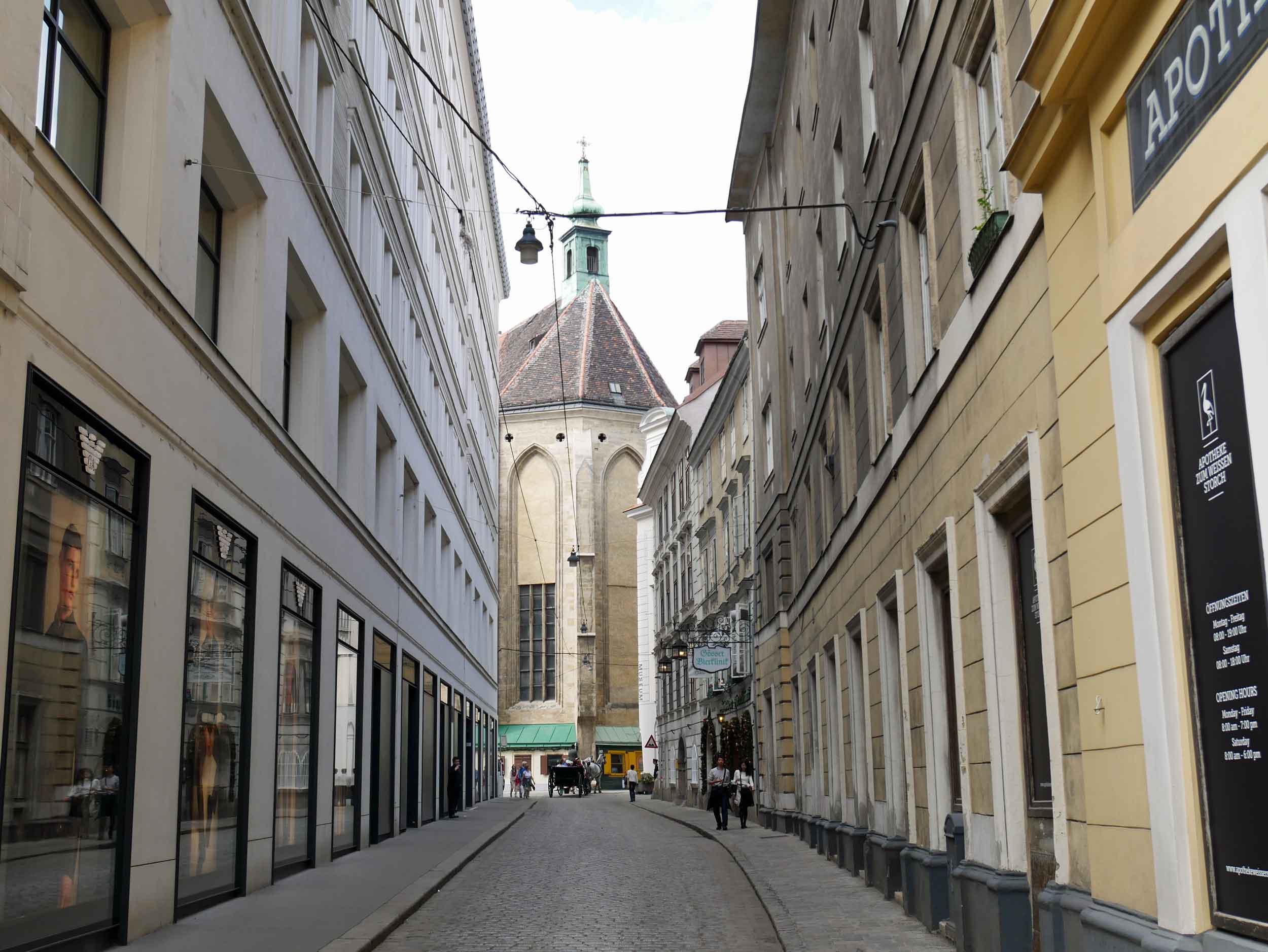
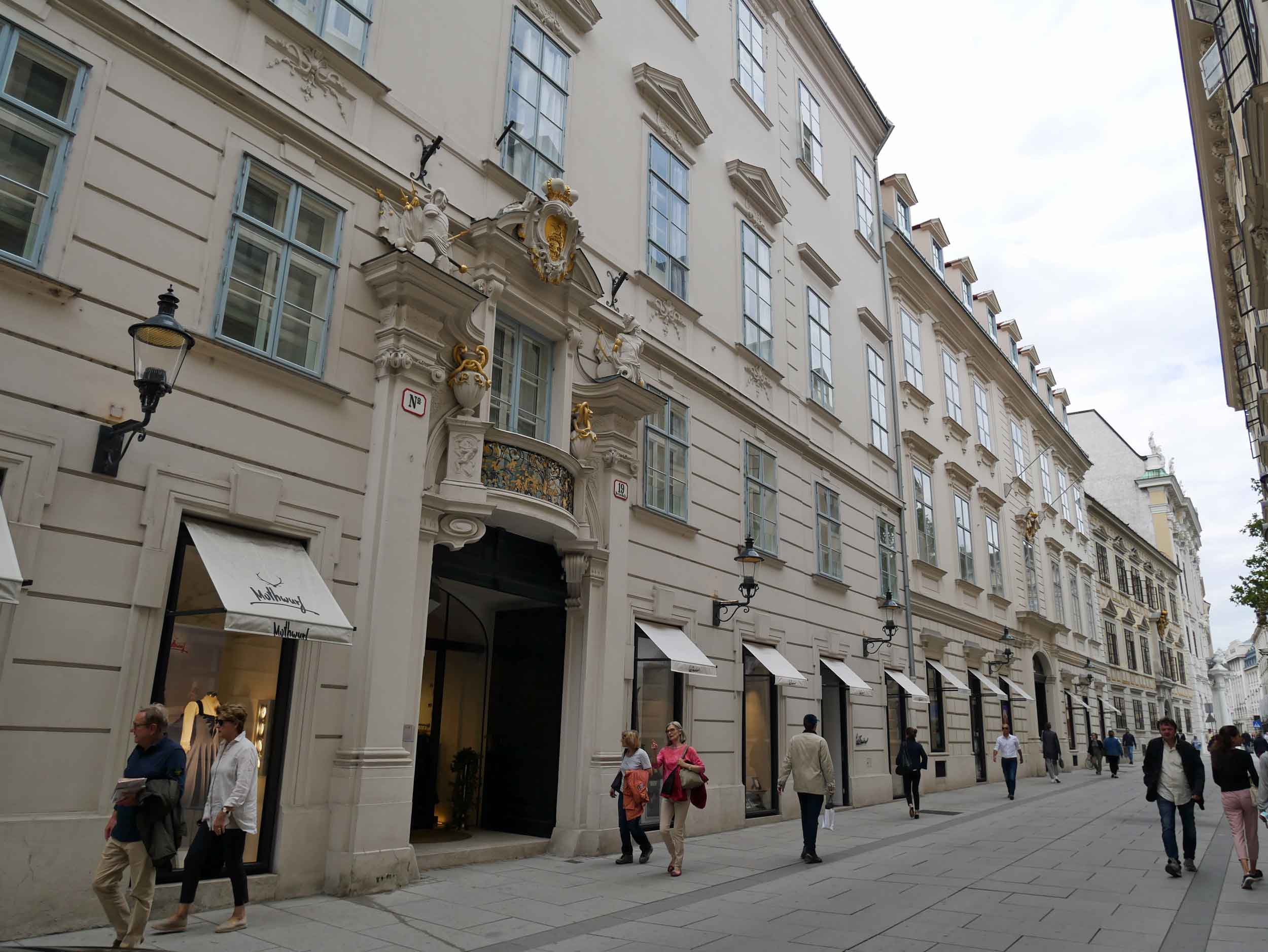
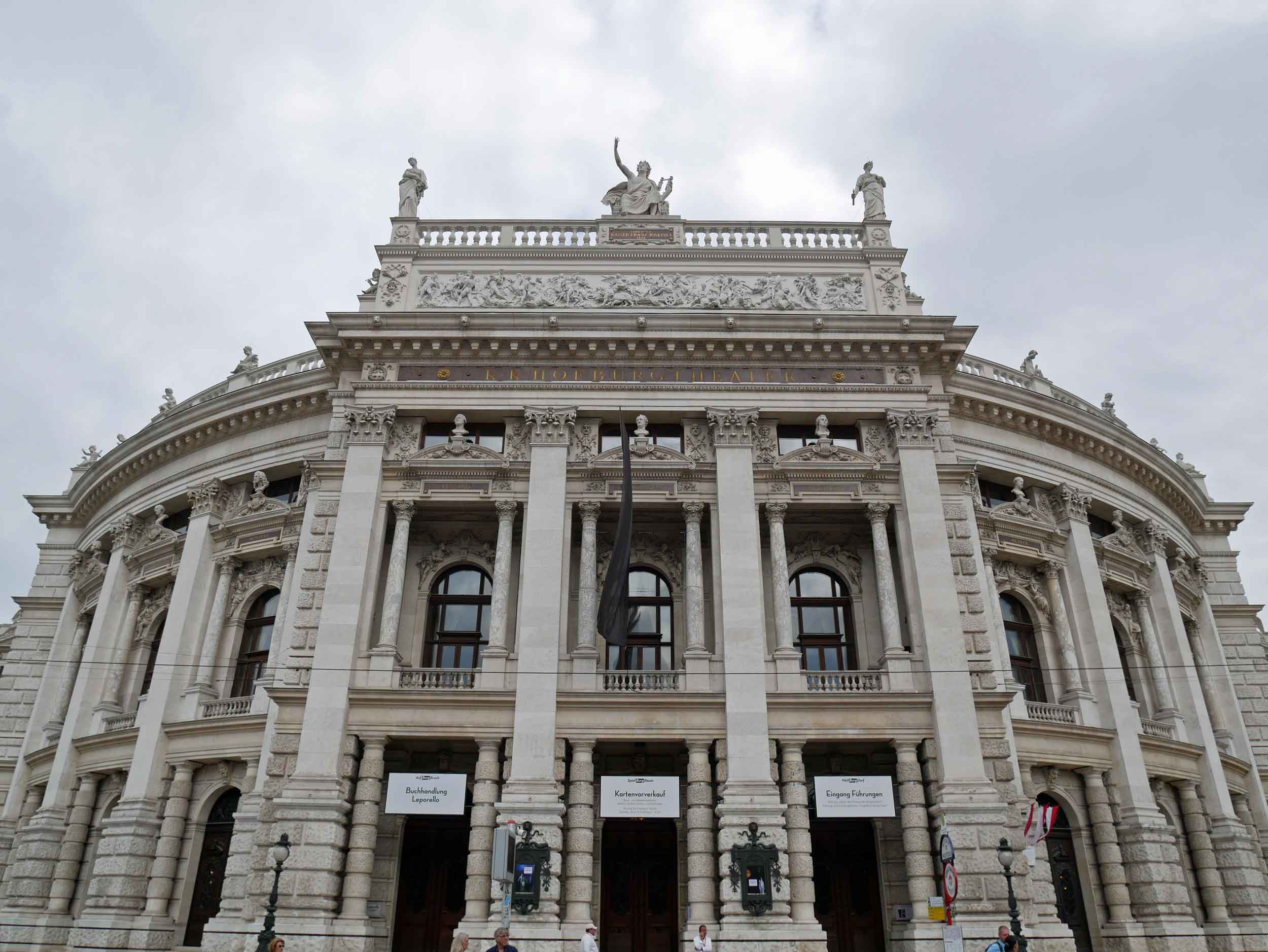
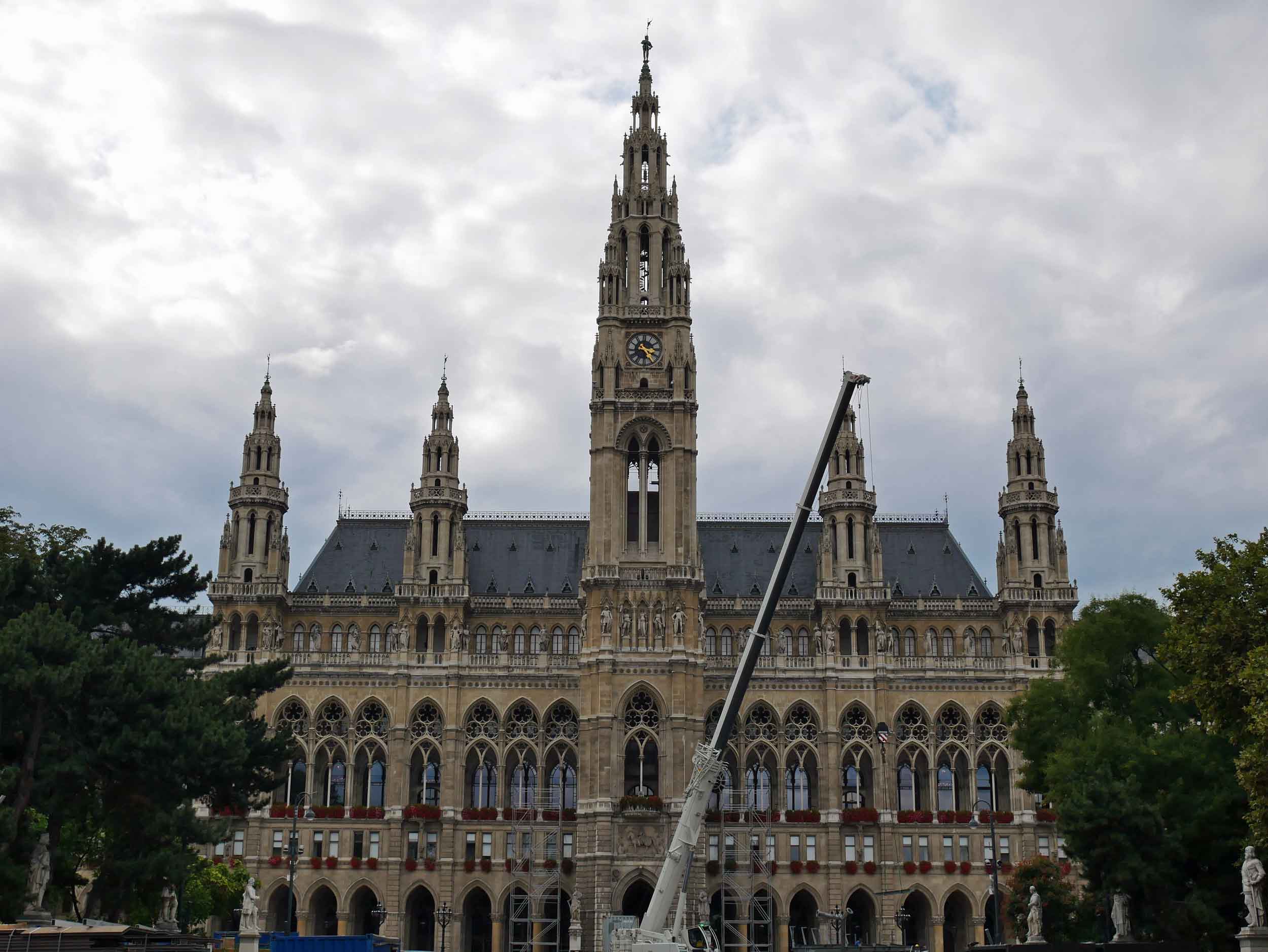
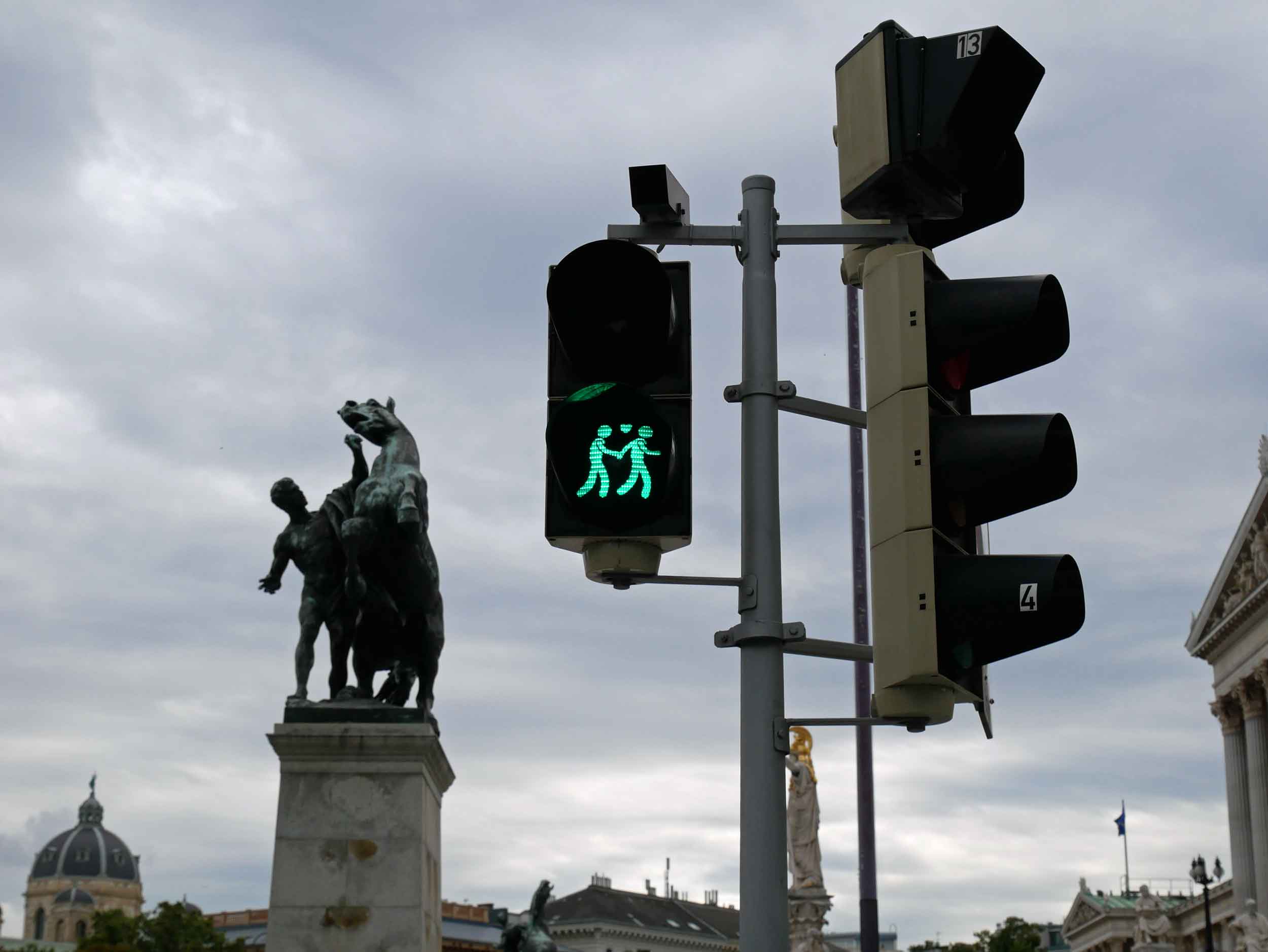
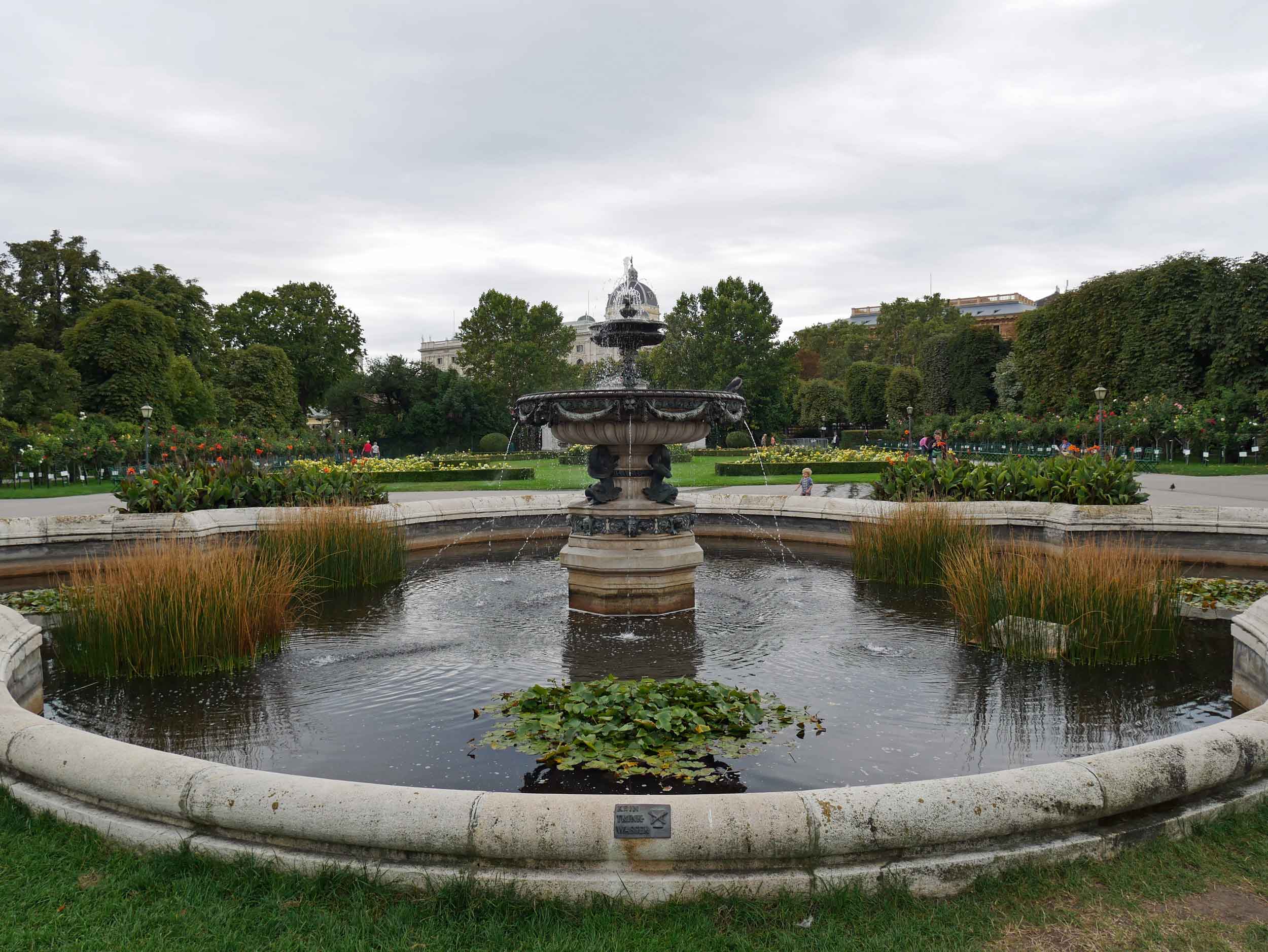
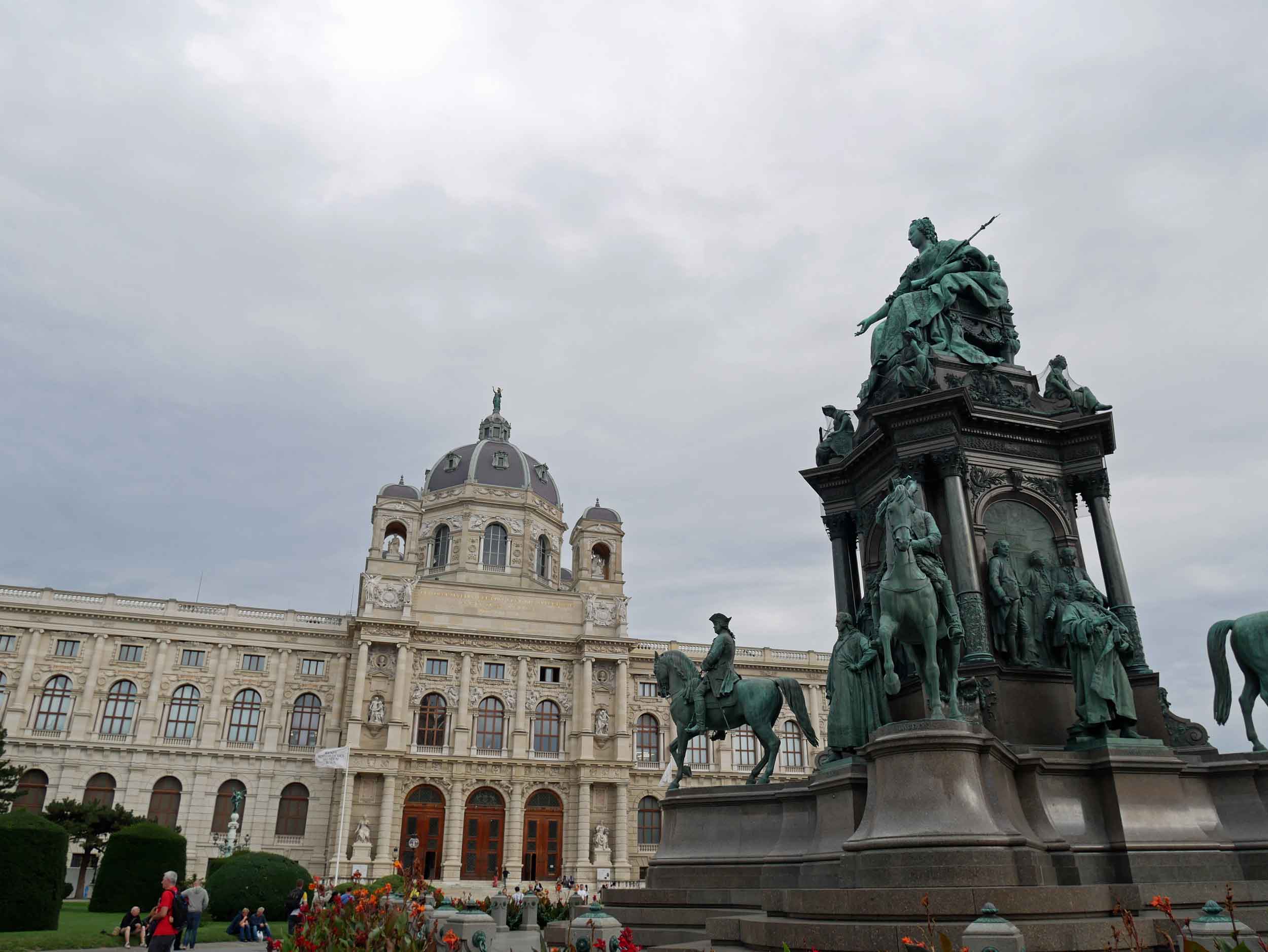
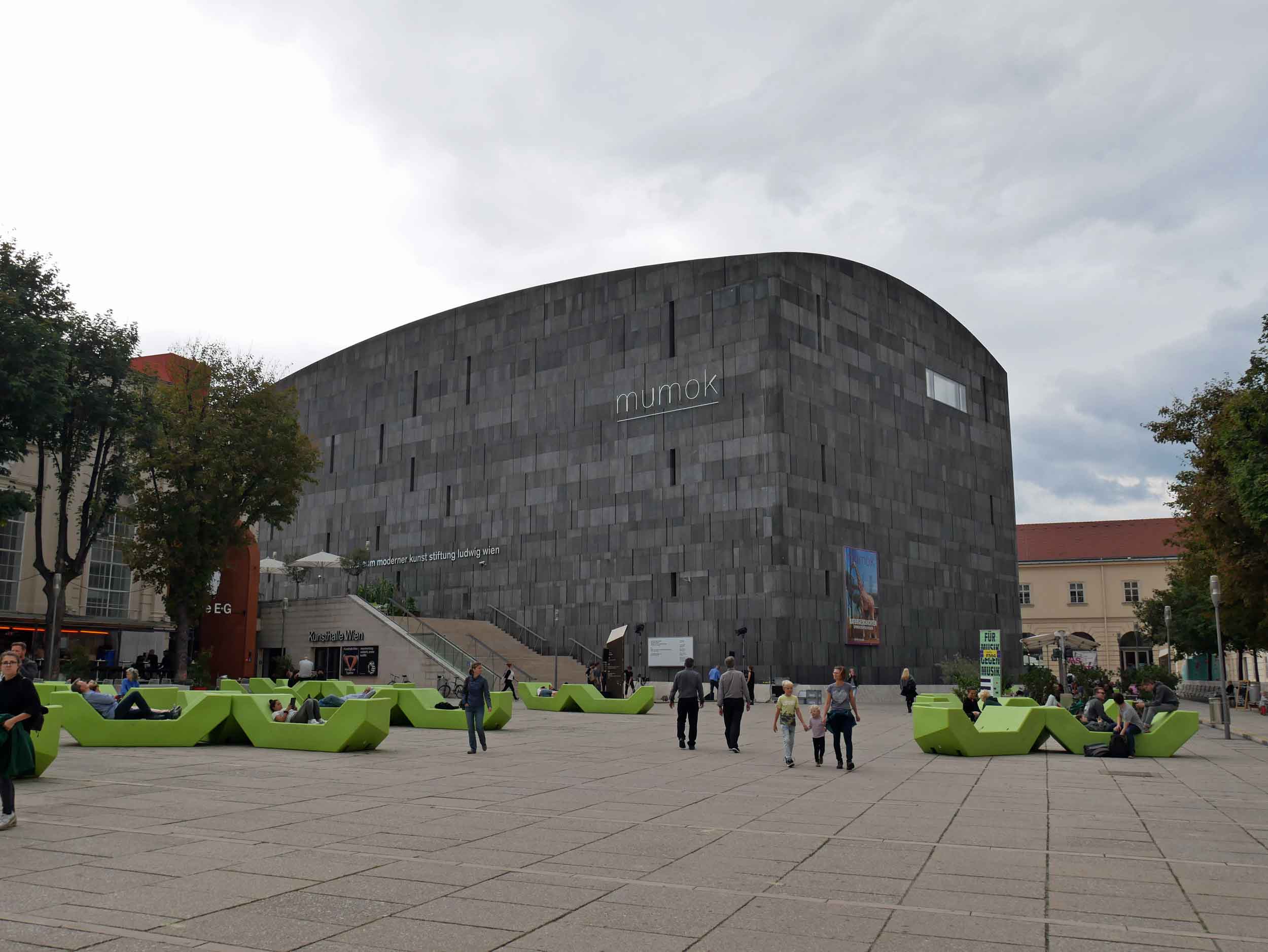
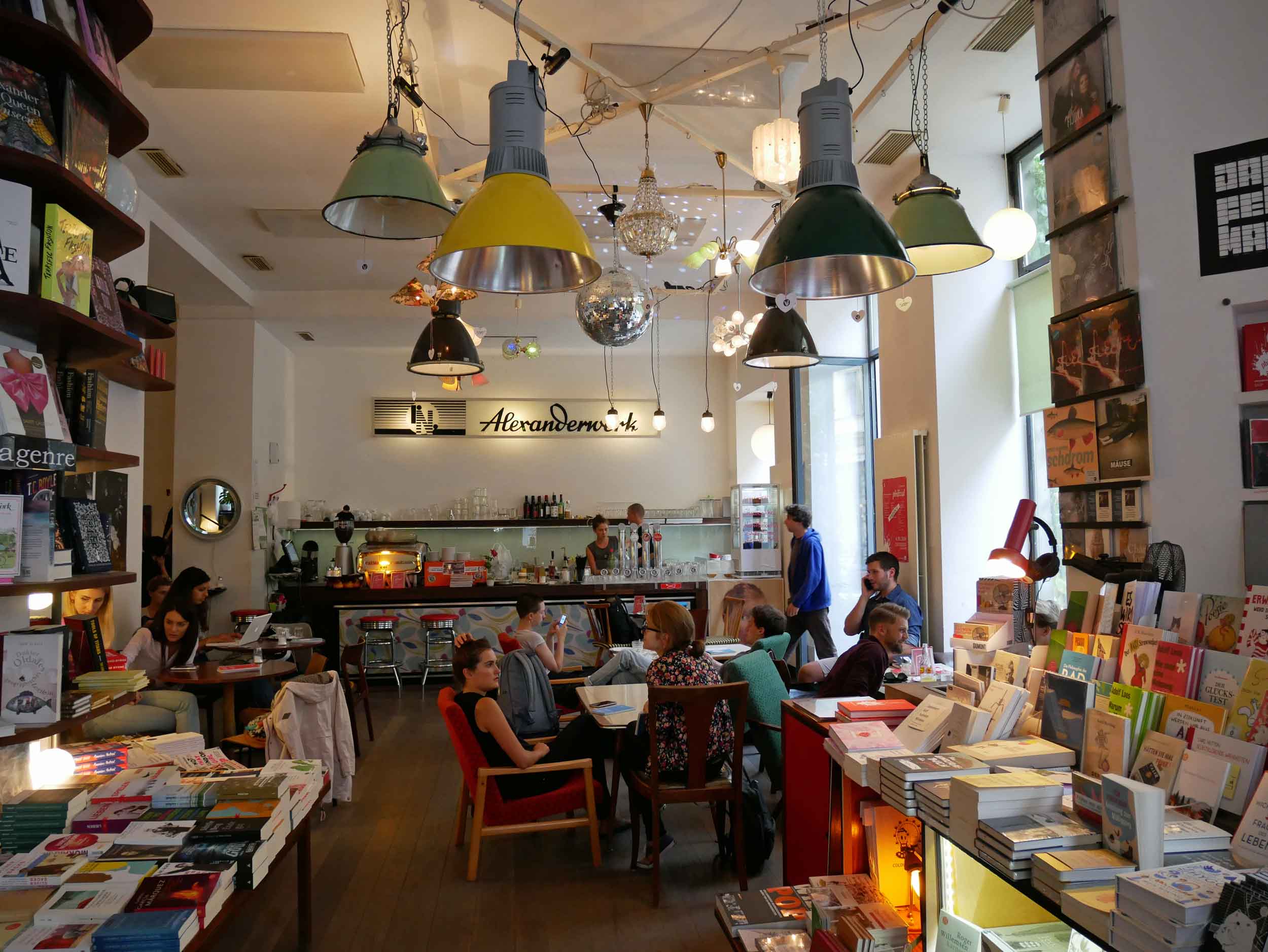
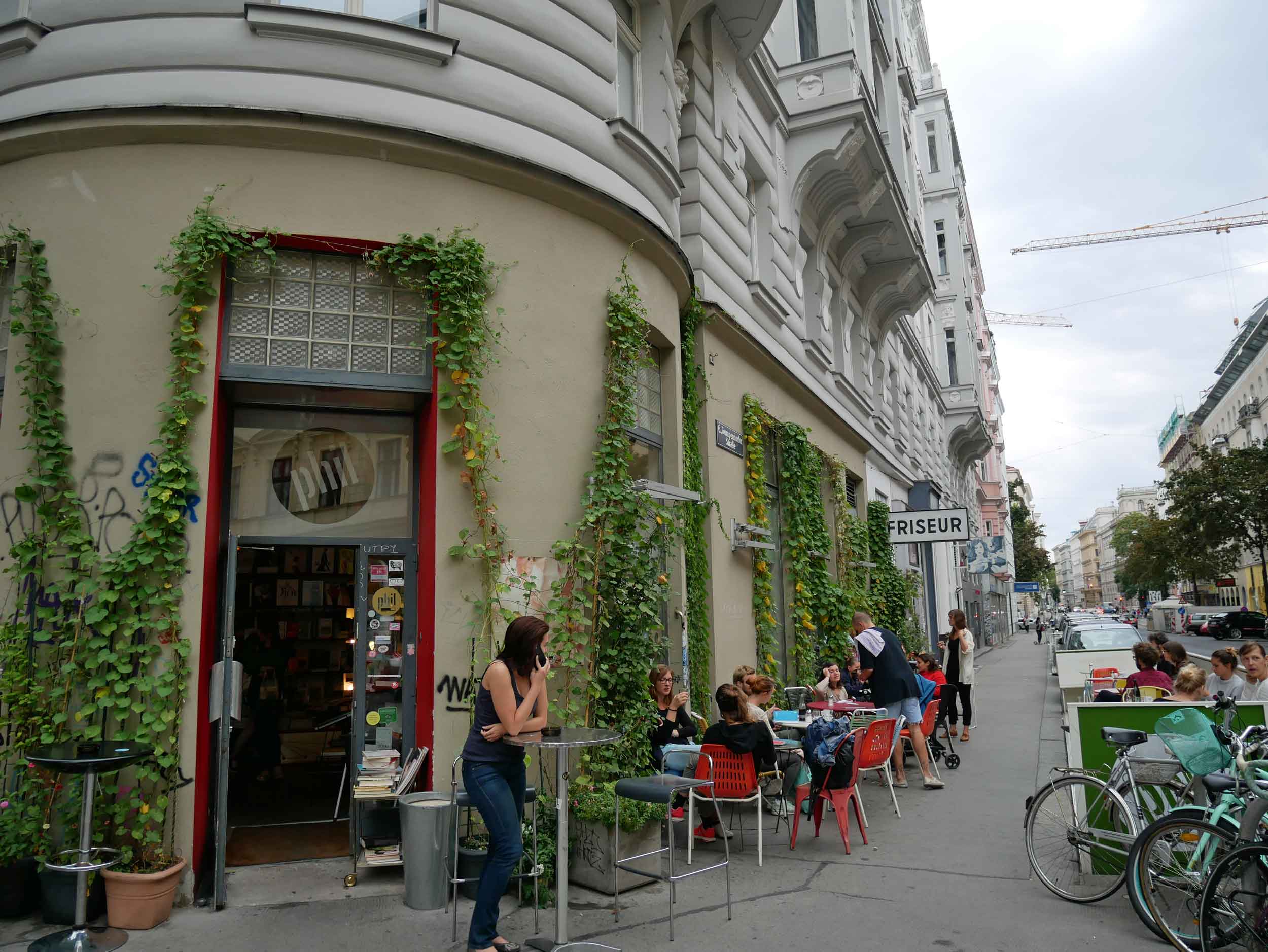
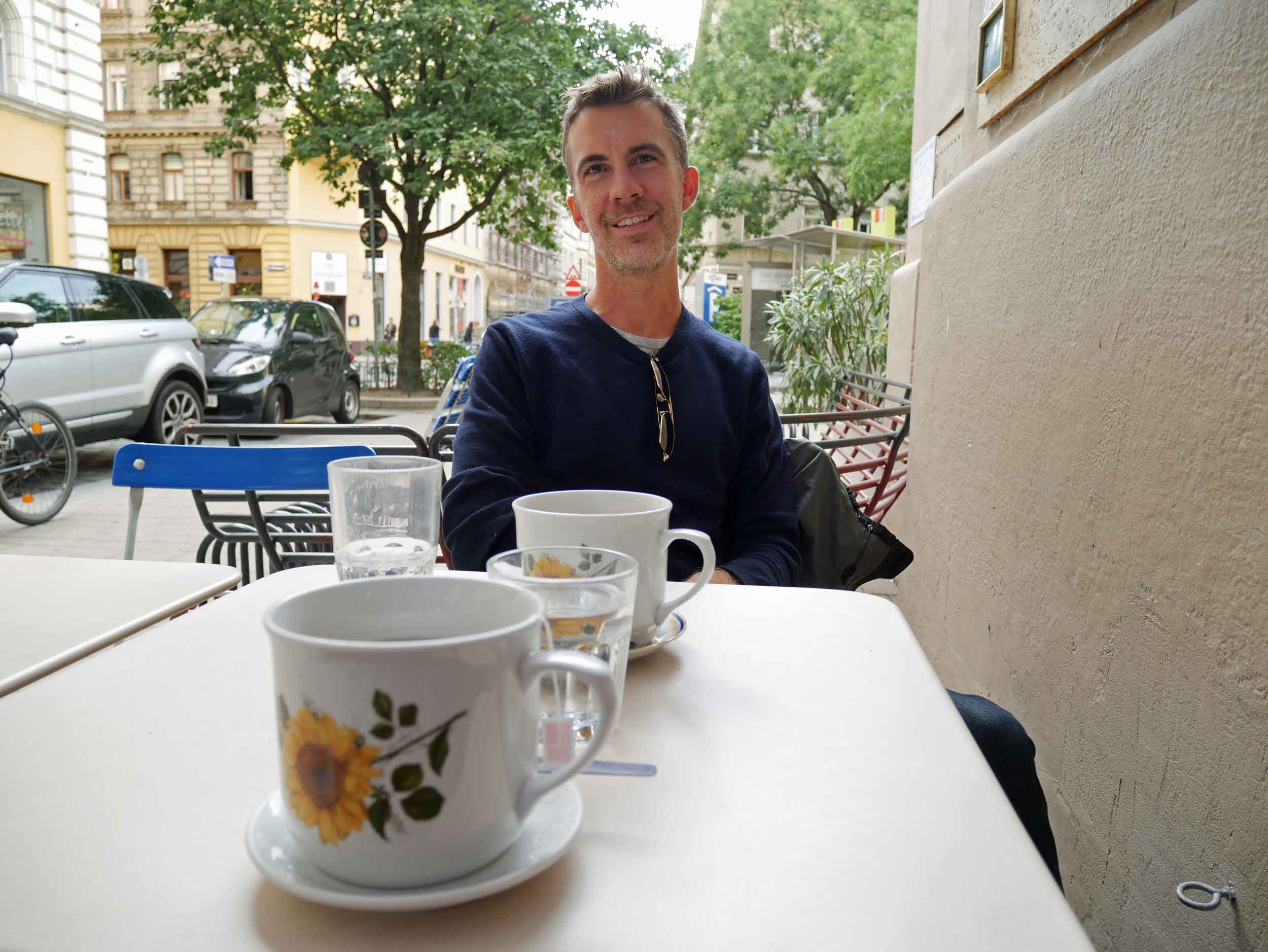
Reflecting on our journey, Central Europe’s charms and refinement, its long history and bright future were inspiring to us both, this being our (mostly) first visit to the region. While each country boasts a unique flavor, the cohesive culture of Europe's center has been brought together by a deep appreciation for both the arts and for nature, a fitting legacy of the former grand Empire.
